Forums
- Forums
- Axis And Allies Forum
- General Discussion
- Aviation News
Aviation News
Post a reply
- Go to Previous topic
- Go to Next topic
- Go to Welcome
- Go to Introduce Yourself
- Go to General Discussion
- Go to Screenshots, Images and Videos
- Go to Off topic
- Go to Works in Progress
- Go to Skinning Tips / Tutorials
- Go to Skin Requests
- Go to IJAAF Library
- Go to Luftwaffe Library
- Go to RAF Library
- Go to USAAF / USN Library
- Go to Misc Library
- Go to The Ops Room
- Go to Made in Germany
- Go to Campaigns and Missions
- Go to Works in Progress
- Go to Juri's Air-Raid Shelter
- Go to Campaigns and Missions
- Go to Works in Progress
- Go to Skinpacks
- Go to External Projects Discussion
- Go to Books & Resources
-
 Main AdminATLANTIC OCEAN (Dec. 2, 2018) An E-2D Hawkeye assigned to the Greyhawks of Carrier Airborne Early Warning Squadron (VAW) 120 performs a touch-and-go landing on the flight deck of the Nimitz-class aircraft carrier USS Abraham Lincoln (CVN 72). (U.S. Navy photo by Mass Communication Specialist 2nd Class Jacques-Laurent Jean-Gilles/Released)
Main AdminATLANTIC OCEAN (Dec. 2, 2018) An E-2D Hawkeye assigned to the Greyhawks of Carrier Airborne Early Warning Squadron (VAW) 120 performs a touch-and-go landing on the flight deck of the Nimitz-class aircraft carrier USS Abraham Lincoln (CVN 72). (U.S. Navy photo by Mass Communication Specialist 2nd Class Jacques-Laurent Jean-Gilles/Released)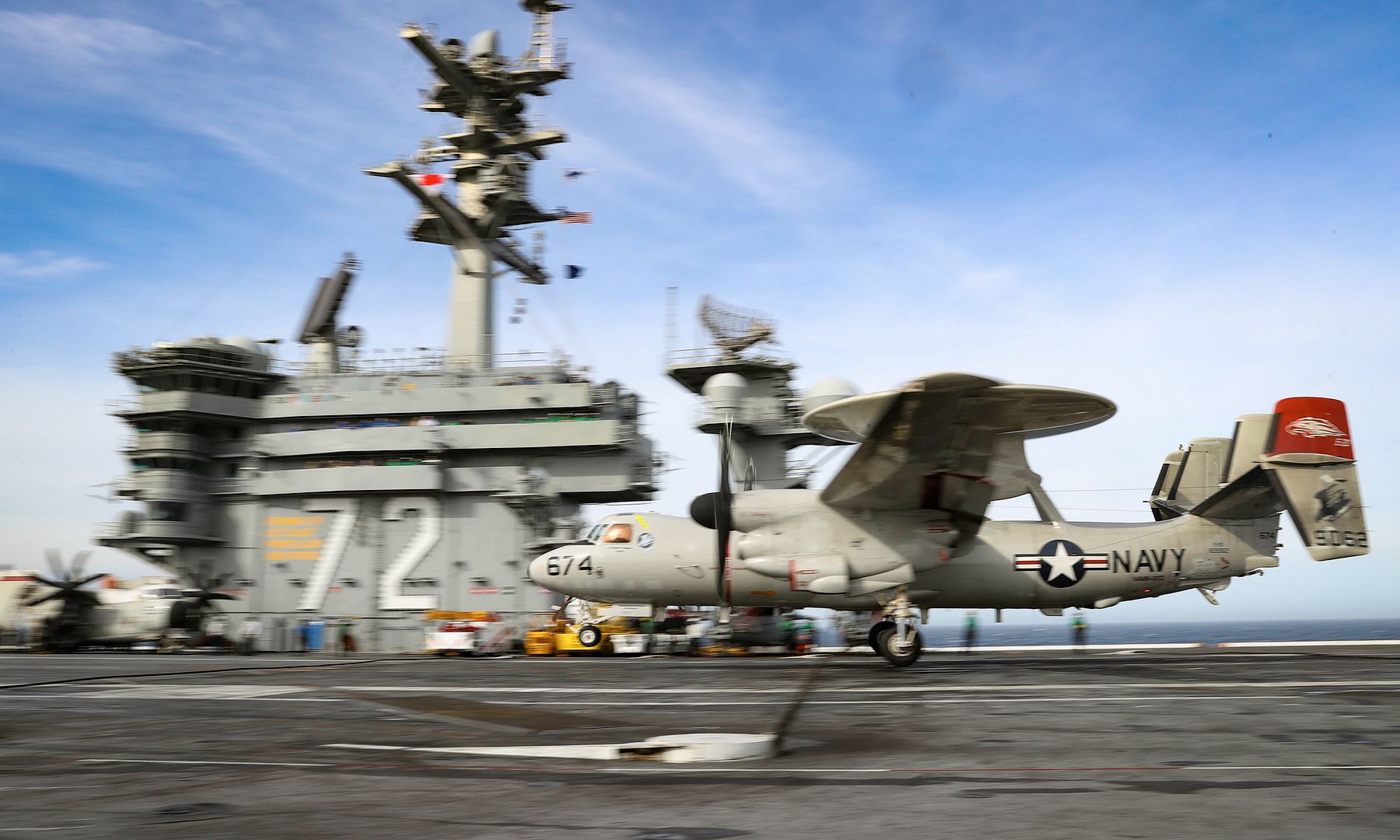
ATLANTIC OCEAN (Dec. 2, 2018) An E-2D Hawkeye from the Greyhawks of Carrier Airborne Early Warning Squadron (VAW) 120 prepares to land on the flight deck of the Nimitz-class aircraft carrier USS Abraham Lincoln (CVN 72). (U.S. Navy photo by Mass Communication Specialist 2nd Class Jacques-Laurent Jean-Gilles/Released)
News article December 5th 2018.
From Seven out of Nine Missions,Dutch F-16 s dropped weapons in support of ground forces in the fight against terror group ISIS last week.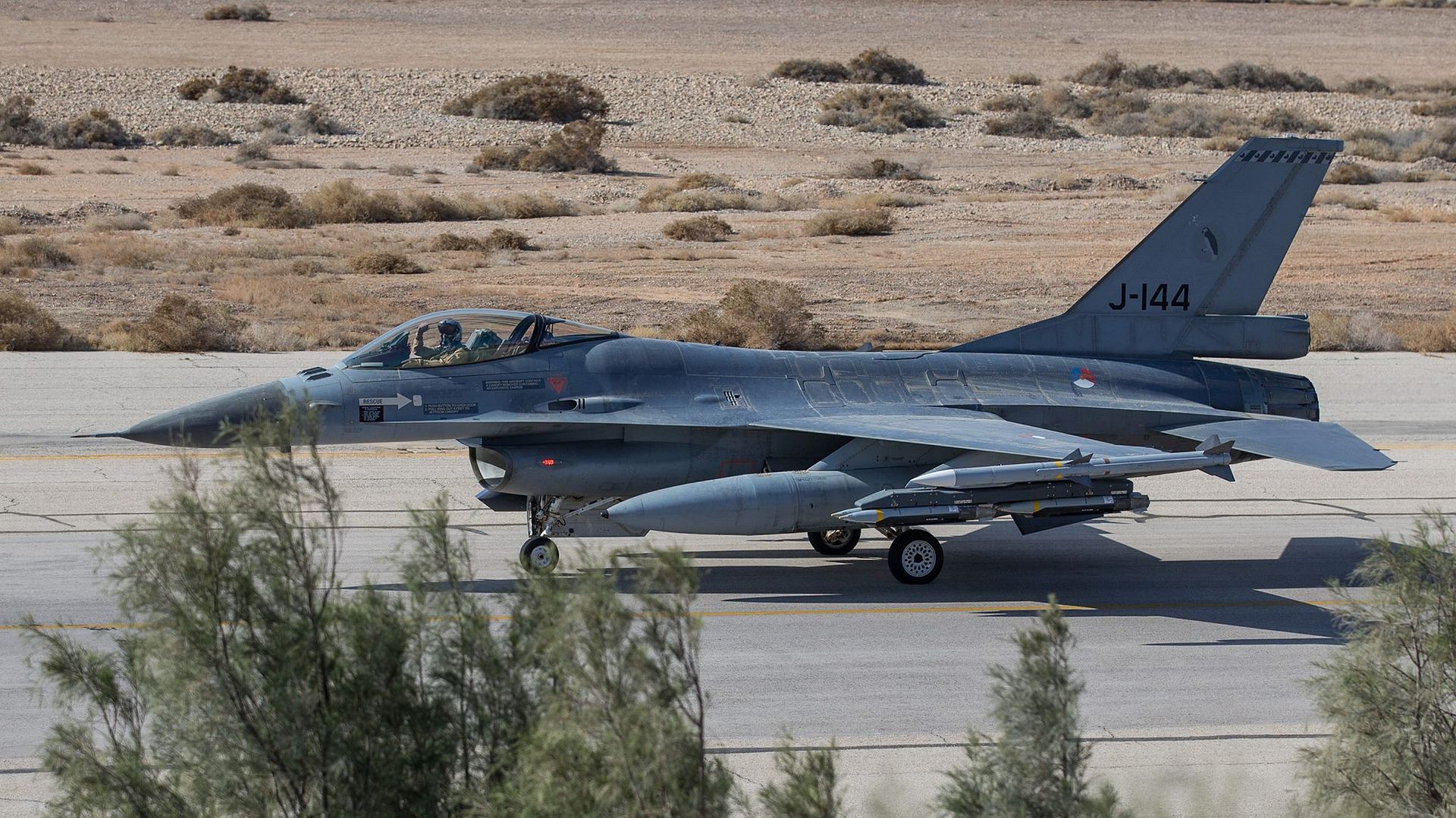
-
 Main AdminA Royal Australian Air Force F-35A Lightning II taxis at Luke Air Force Base, Ariz., Dec. 3, 2018. Two F-35s were preparing to take off and fly to Hawaii as part of their multi-day journey to Australia. (U.S. Air Force photo by Staff Sgt. Jensen Stidham)
Main AdminA Royal Australian Air Force F-35A Lightning II taxis at Luke Air Force Base, Ariz., Dec. 3, 2018. Two F-35s were preparing to take off and fly to Hawaii as part of their multi-day journey to Australia. (U.S. Air Force photo by Staff Sgt. Jensen Stidham)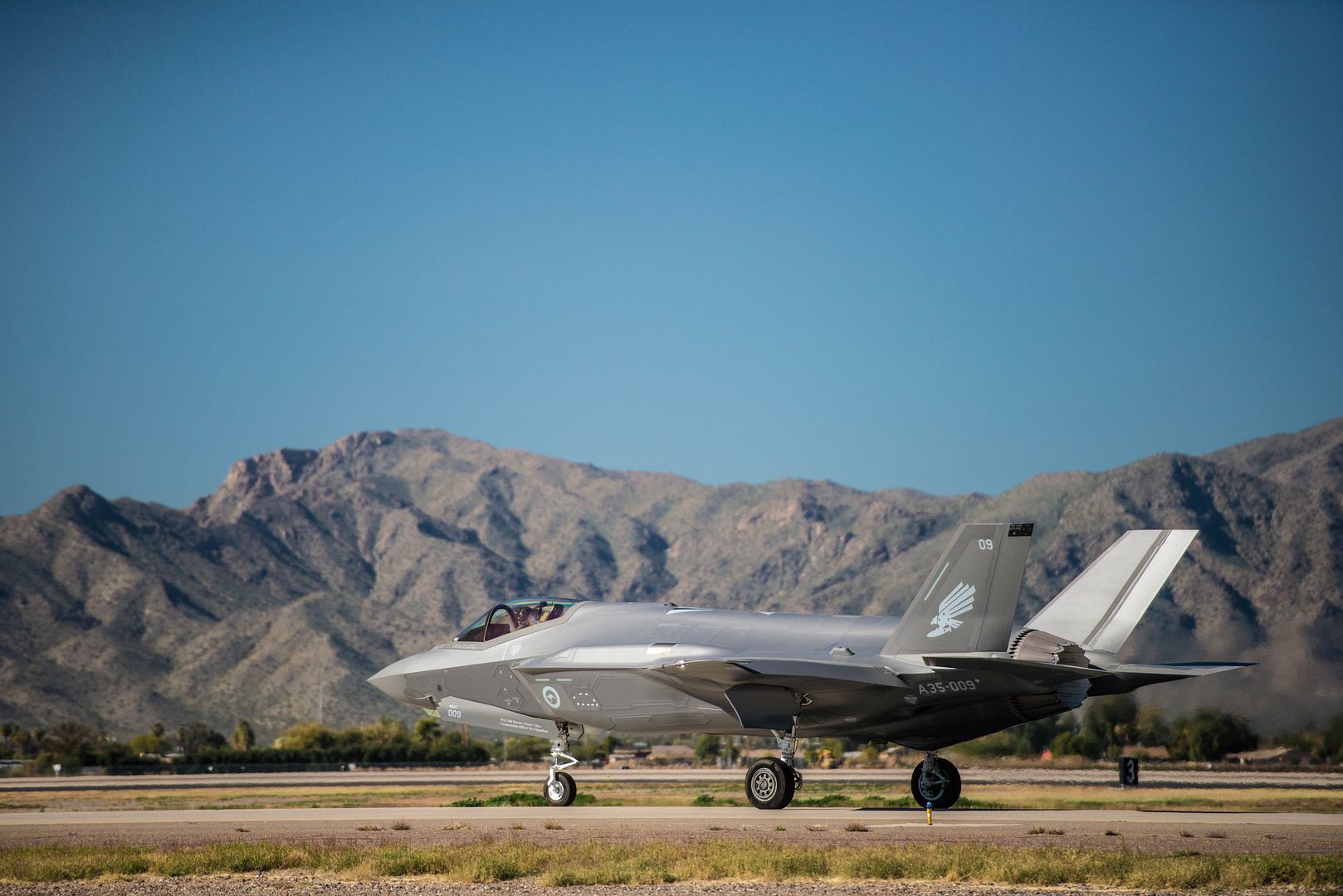
Dublin, Ireland-headquartered aircraft lessor Avolon has firmed up an order for 75 A320neos and 25 A321neos. The agreement is the single largest order for Airbus aircraft ever placed by Avolon.
The agreement takes Avolon?s cumulative orders with Airbus to 284 aircraft (240 single-aisles and 44 widebody aircraft) including the A321neo, the A330neo and the A350 XWB.
D?mhnal Slattery, Avolon CEO, commented: ?Our order for 100 A320neo family aircraft builds on our leading industry position and reflects our ambition to become the global leader in the sector. We continue to see robust demand from our customers for the A320neo family globally. This is consistent with our own market research and global fleet forecast. This order affirms our belief in the medium-term market outlook and the strong growth prospects for our business.?
?This order underscores the market appetite for the efficiency, reliability and passenger appeal of our A320neo Family,? said Christian Scherer, Airbus Chief Commercial Officer. ?The A320 Family of aircraft is a future-proof asset for investors and airlines alike. Avolon?s recent success is a testimony to its leadership?s dedication to our industry. Its commitment to Airbus reflects its profound market insights. I personally look forward to further extending this relationship as we go forward.?
The new order for 100 aircraft, together with the 22 single-aisles and four wide-bodies already delivered, increases Avolon?s Airbus backlog to 258, the largest of any lessor.
Featuring the widest single-aisle cabin in the sky, the efficient A320neo Family incorporates the very latest technologies including new generation engines and Sharklets, which together deliver more than 15 percent fuel and CO2 savings from day one and 20 percent by 2020 as well as 50 percent noise reduction. With more than 6,200 orders received from over 100 customers, the A320neo Family has captured some 60 percent of the market.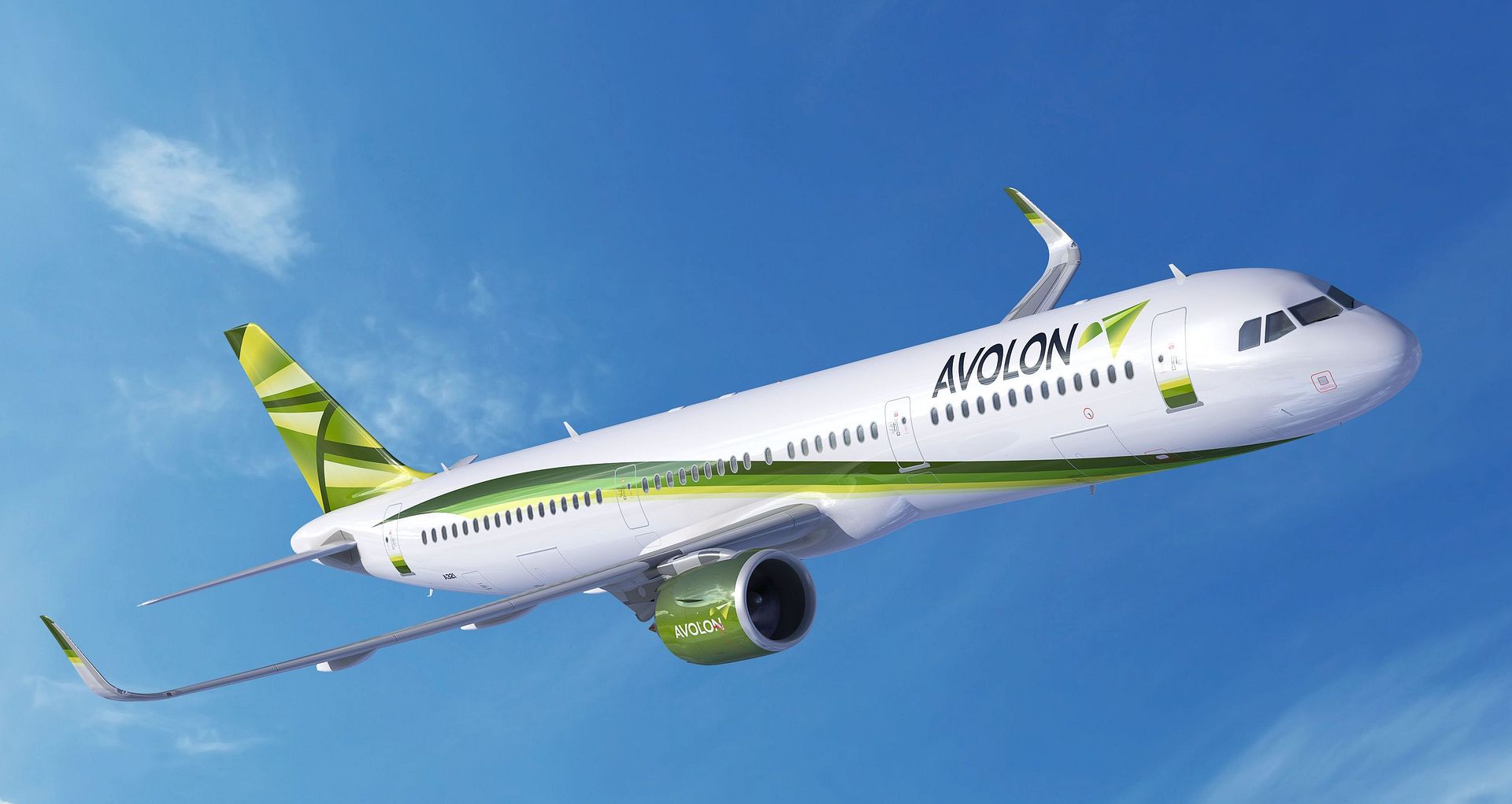
S?o Jos? dos Campos, Brazil, December 7, 2018 ? The Embraer E190-E2 jet with a shark livery completed its five-month global demonstration tour. With a kickoff at the Farnborough Airshow in the UK, in July of this year, the E190-E2 jet tour visited 39 countries, presenting the airplane to 120 airlines in 68 cities. The E190-E2 jet traveled more than 125,000 nautical miles (231,000 km), the equivalent of nearly six laps around the Earth, in more than 350 hours of demonstration flights.
In addition to its Farnborough debut, the jet was on display at the 12th China International Aviation & Aerospace Exhibition, in Zhuhai, and at the ALTA Leaders Forum, in Panama, having visited airlines in the Americas, Europe, the Middle East, Africa, China and Asia Pacific.
During the tour, the E190-E2 landed at airports with several operational challenges, such as short runways, as in London City, and high altitudes, as in Tibet and Nepal. In addition, the aircraft visited remote places of the planet, such as Kiribati, in Oceania.
?The main objective was to demonstrate to airlines the features that make the E190-E2 a unique airplane in its category,? said Rodrigo Silva e Souza, Marketing VP, Embraer Commercial Aviation. ?The tour has given the airlines a firsthand look at what the E190-E2 can offer in terms of operational performance, while keeping the same amount of space in the passenger cabin that made the first generation of E-Jets so popular. It is also important to highlight that the tour was uninterrupted, with a flawless operation and a 100% schedule reliability.?
The E190-E2 is the first of three new E-Jets E2s that Embraer is developing to succeed its first-generation E-Jets. Compared to the first-generation E190, the E190-E2 burns 17.3% less fuel and nearly 10% less than its direct competitor. This makes it the most efficient single-aisle aircraft on the market. The E190-E2 brings more flexibility with maximum range of up to 3,293 miles (5,300 km), about 621 miles (1,000 km) more than the first-generation E190.
The E190-E2 also generates significant savings for airlines in terms of maintenance costs, with a reduction of up to 25%. It has the longest maintenance intervals with 10,000 flight hours for basic checks and no calendar limit in typical E-Jets utilization. This means an additional 15 days of aircraft utilization over a period of ten years.
Pilots of the first-generation E-Jets require only two-and-a-half days of training without the need for a full flight simulator in order to fly the E2, which decreases the training burden and saves both time and money for the airlines. The E2 cockpit features advanced Honeywell Primus Epic 2 integrated avionics. Combined with the closed-loop fly-by-wire controls, the systems work together to improve aircraft performance, decrease pilot workload and enhance flight safety.
From the passenger?s perspective, the E2 cabin features a comfortable two-by-two layout. The absence of a middle seat enables passengers to have an enjoyable flight experience with more legroom and additional luggage storage space.
Embraer is the world?s leading manufacturer of commercial jets with up to 150 seats. The Company has 100 customers from all over the world operating the ERJ and E-Jet families of aircraft. For the E-Jets program alone, Embraer has logged more than 1,800 orders and 1,400 deliveries, redefining the traditional concept of a regional aircraft. Today, E-Jets are flying in fleets of 70 customers in 50 countries.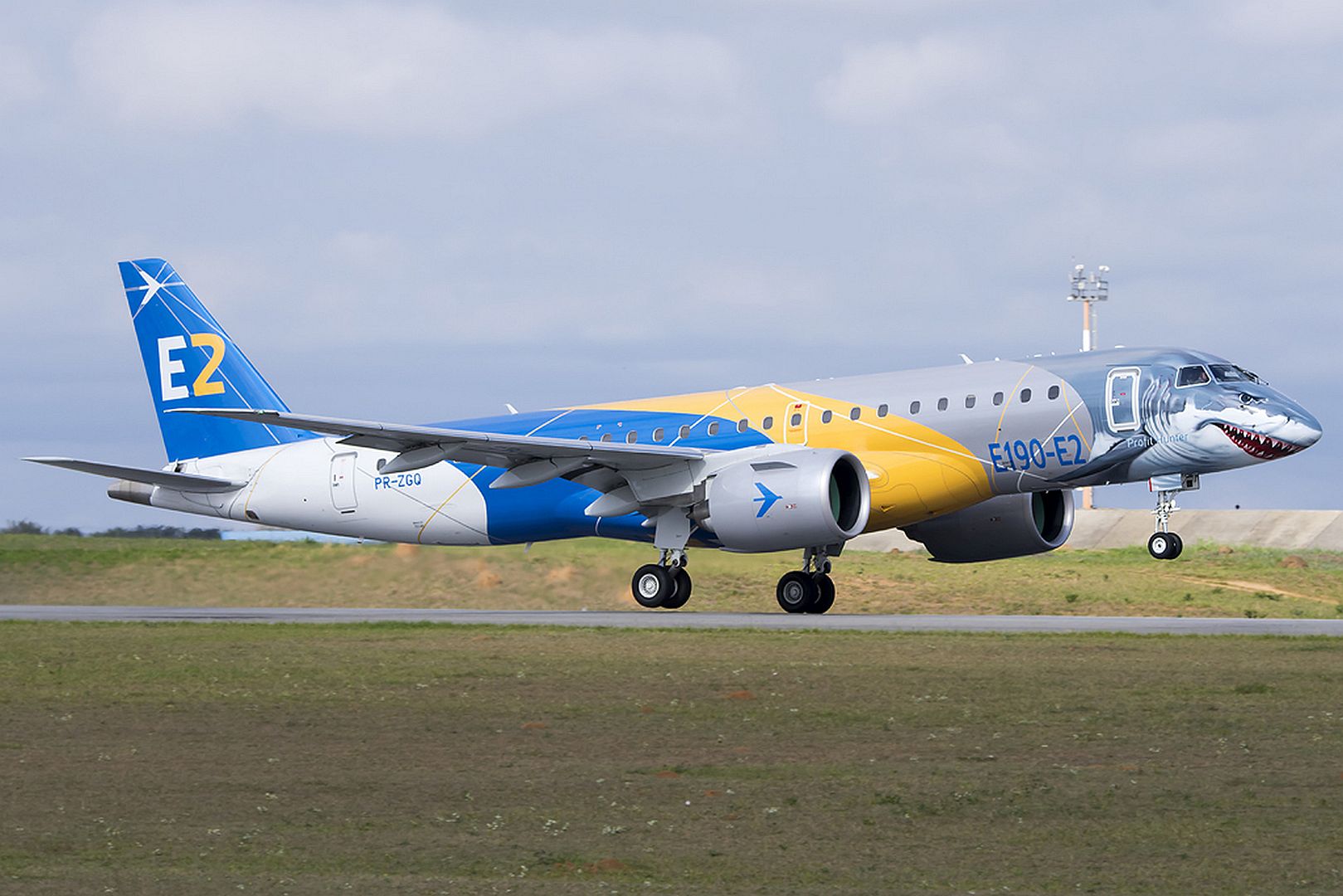
-
 Main AdminU.S. Air Force KC-135R Stratotanker refueling aircraft from the New Jersey Air National Guard?s 108th Wing sit on the flight line during sunrise on Joint Base McGuire-Dix-Lakehurst, N.J., Dec. 8, 2018. The KC-135R Stratotankers assigned to the 141st Air Refueling Squadron allow the wing to support Air Mobility Command with mid-air refueling and air bridge support to overseas contingency operations and homeland defense. (U.S. Air National Guard photo's by Master Sgt. Matt Hecht)
Main AdminU.S. Air Force KC-135R Stratotanker refueling aircraft from the New Jersey Air National Guard?s 108th Wing sit on the flight line during sunrise on Joint Base McGuire-Dix-Lakehurst, N.J., Dec. 8, 2018. The KC-135R Stratotankers assigned to the 141st Air Refueling Squadron allow the wing to support Air Mobility Command with mid-air refueling and air bridge support to overseas contingency operations and homeland defense. (U.S. Air National Guard photo's by Master Sgt. Matt Hecht)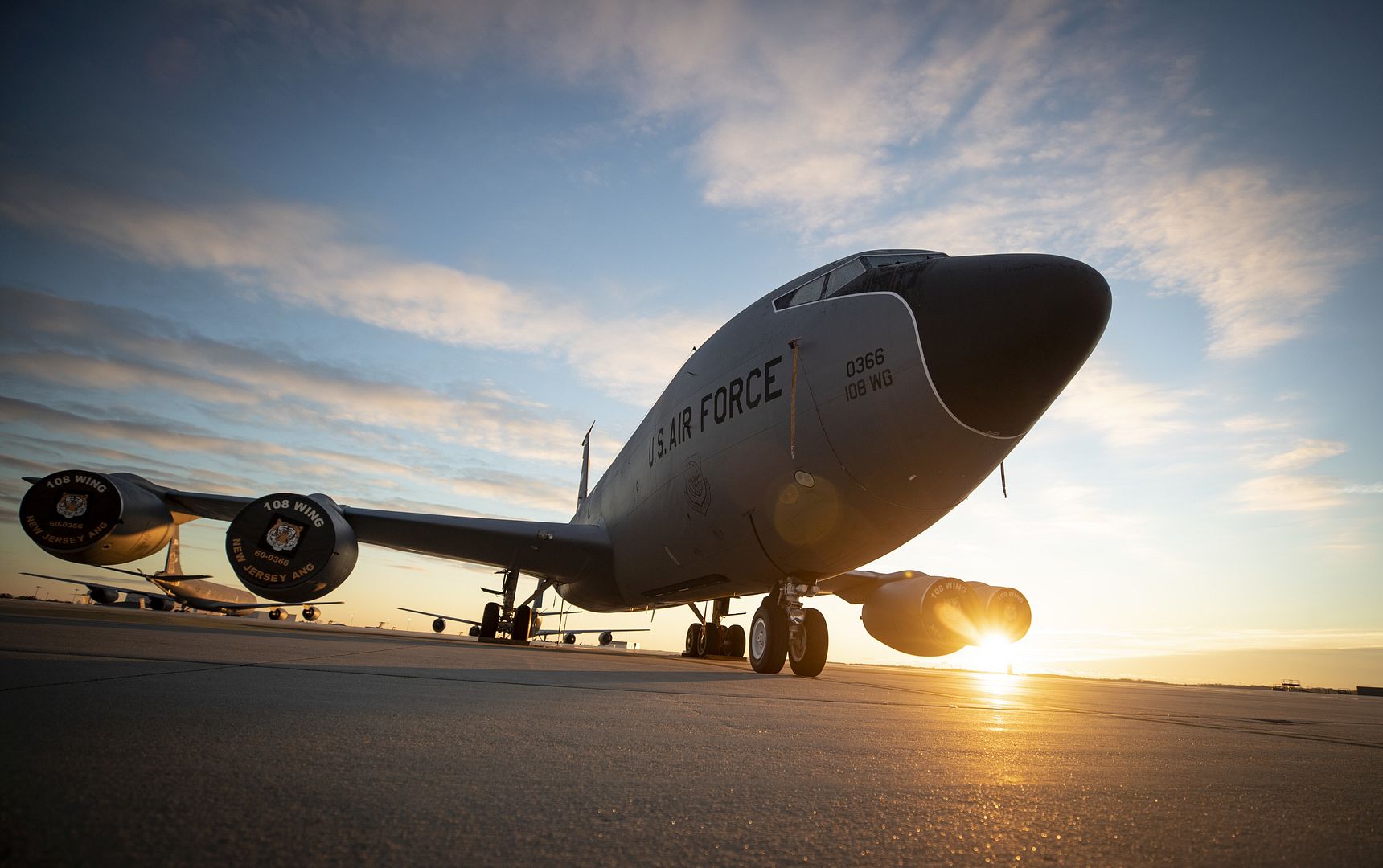
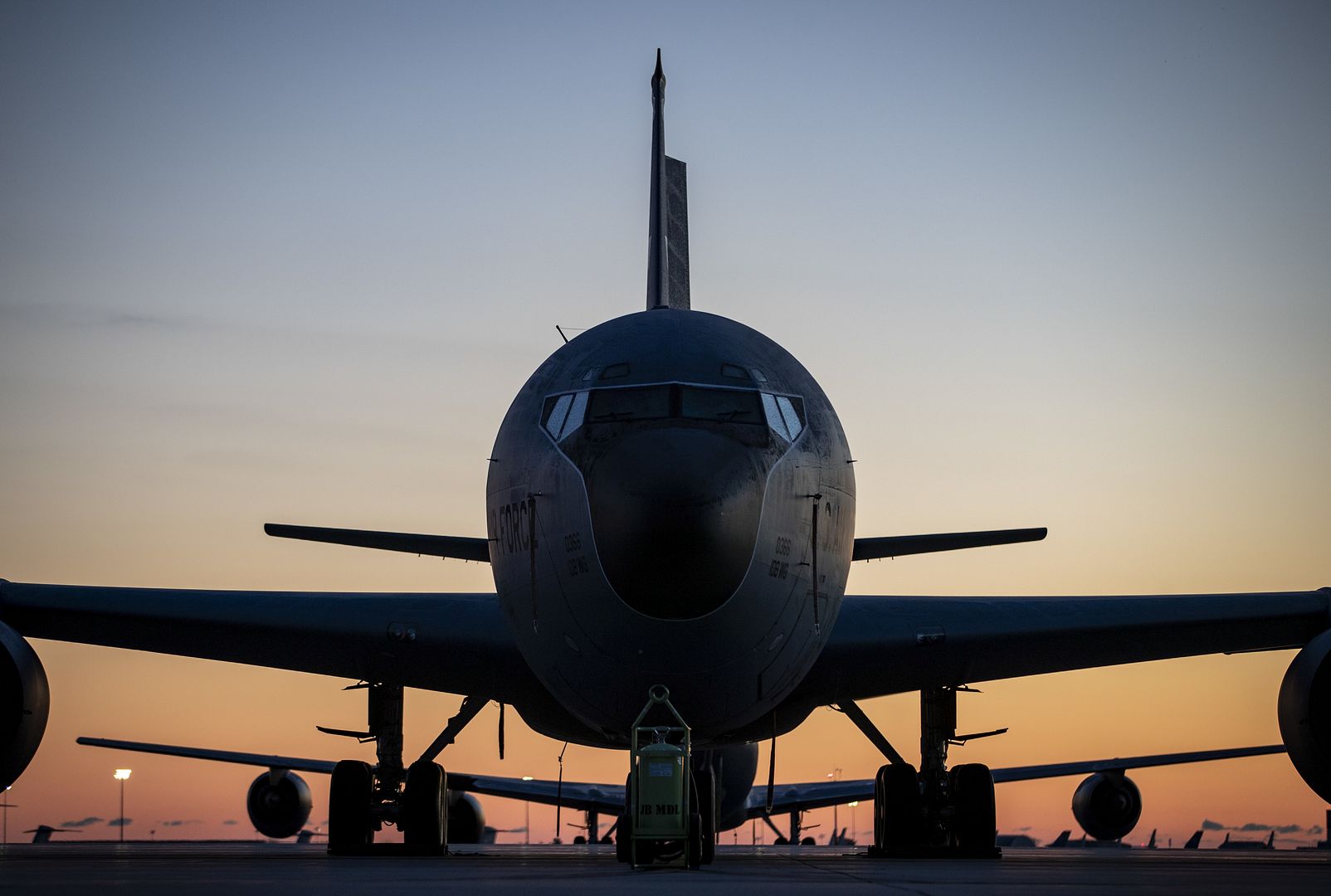
PACIFIC OCEAN (Dec. 8, 2018) An F-35C Lightning II assigned to the "Argonauts" of Strike Fighter Squadron (VFA) 147 prepares to make an arrested landing on the flight deck of Nimitz-class aircraft carrier USS Carl Vinson (CVN 70). (U.S. Navy Photo by Mass Communication Specialist 3rd Class Matthew Granito/Released)
PACIFIC OCEAN (Dec. 8, 2018) An F-35C Lightning II assigned to the "Argonauts" of Strike Fighter Squadron (VFA) 147 flies over Nimitz-class aircraft carrier USS Carl Vinson (CVN 70). (U.S. Navy photo by Mass Communication Specialist 3rd Class Ethan J. Soto/Released)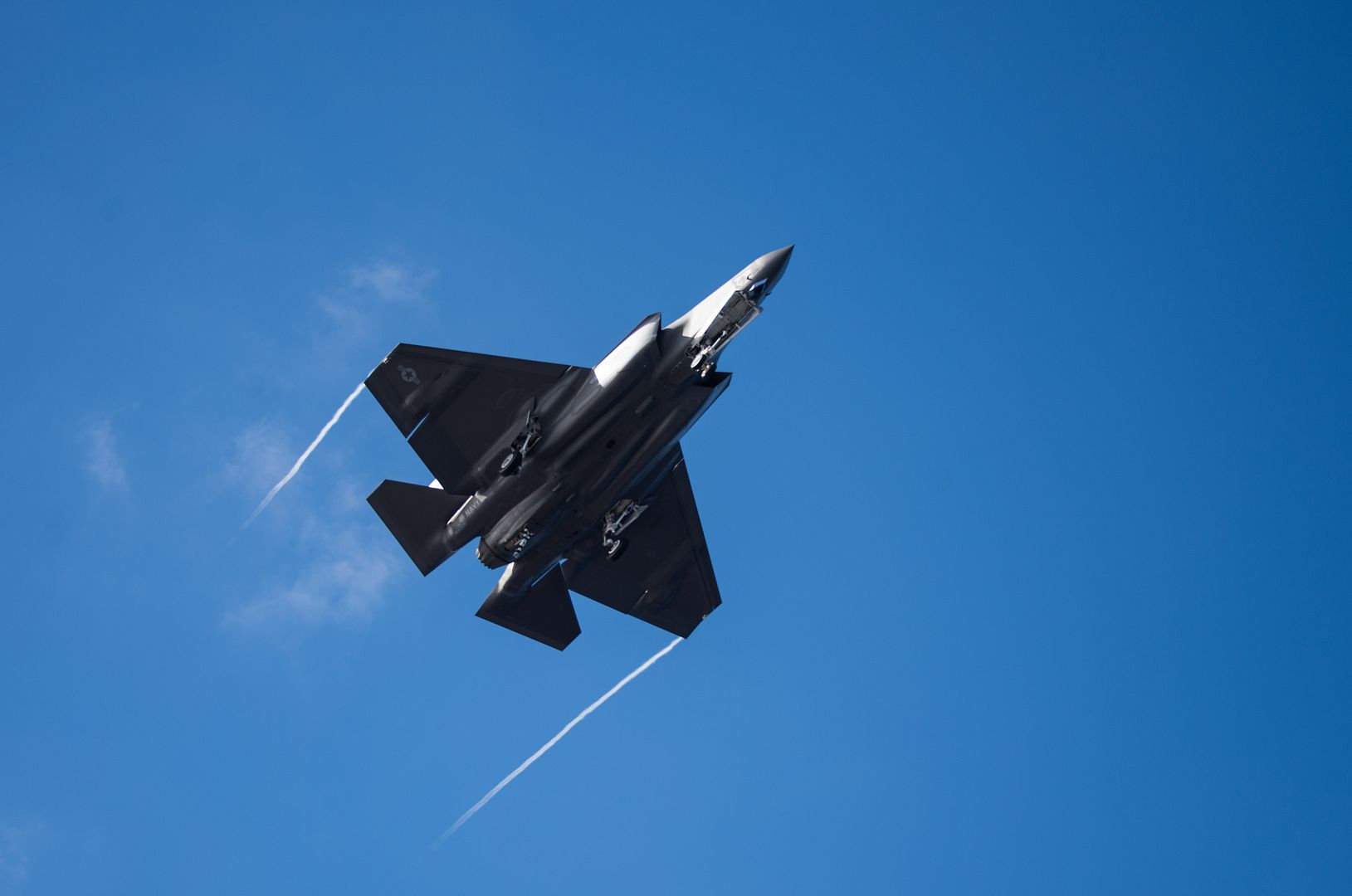
PACIFIC OCEAN (Dec. 9, 2018) An F/A-18E Super Hornet assigned to the "Flying Eagles" of Strike Fighter Squadron (VFA) 122 sits chained on the flight deck of Nimitz-class aircraft carrier USS Carl Vinson (CVN 70). (U.S. Navy photo by Mass Communication Specialist 3rd Class Matthew Granito/Released)
RAAF BASE WILLIAMTOWN and NEWCASTLE, Australia, Dec. 9, 2018 /PRNewswire/ -- Australia's first two locally-based F-35 fighter aircraft arrived on home soil today at Royal Australian Air Force (RAAF) Williamtown, signalling the dawn of a new era for the nation's defence capabilities.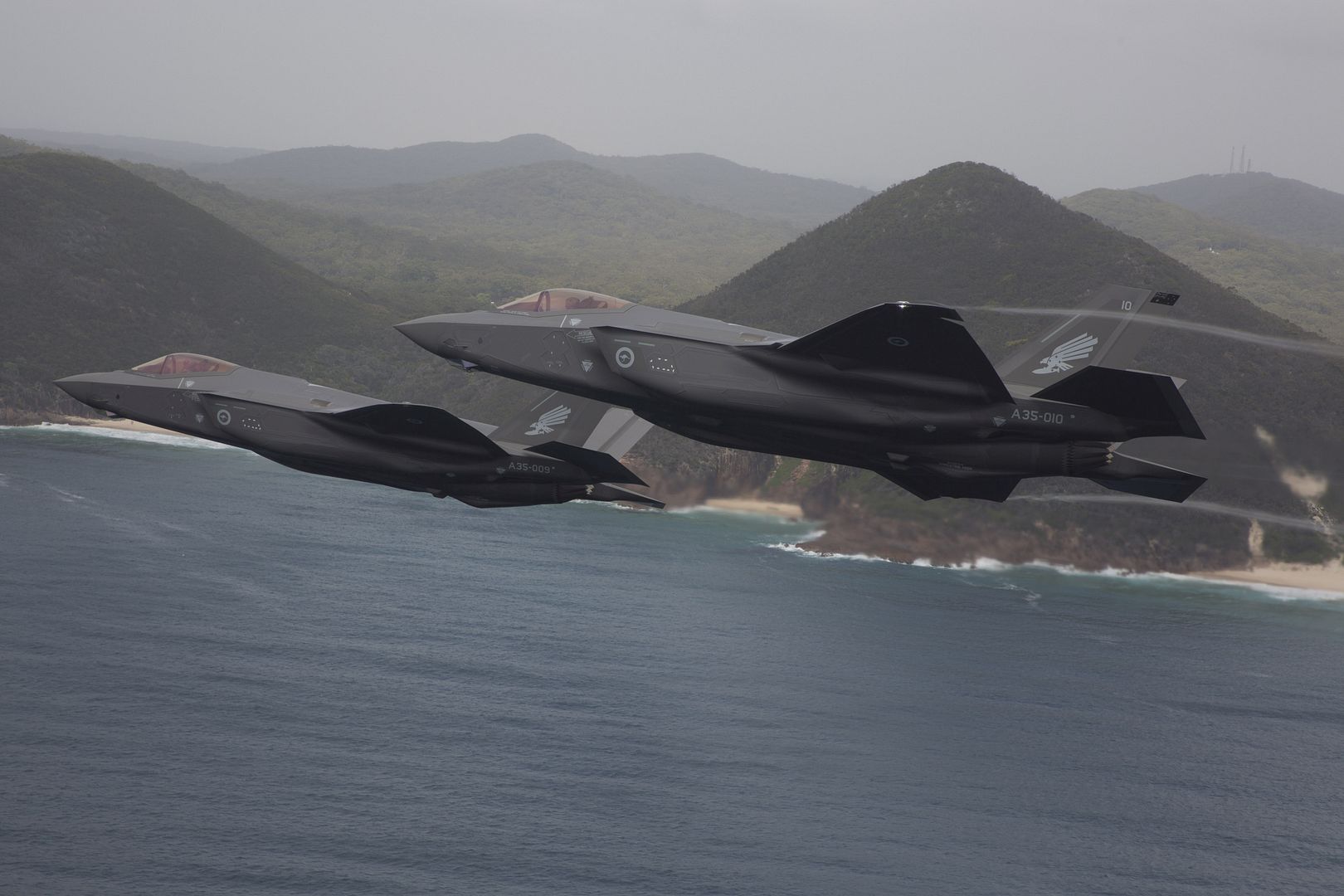
Lockheed Martin (NYSE: LMT) designed and built Australia's fleet of F-35s and also serves as the global industry lead for F-35 sustainment.
The most advanced fighter jet ever built, the F-35 will be a catalyst for the transformation of the Australian Defence Force (ADF), utilising its sensors and low observability to operate with impunity in contested airspace and fuse a picture of the battlespace for other air, land and sea assets. Along with its advanced weapons capacity and superior range, the 5th Generation F-35 is the most lethal, survivable and connected fighter in the world.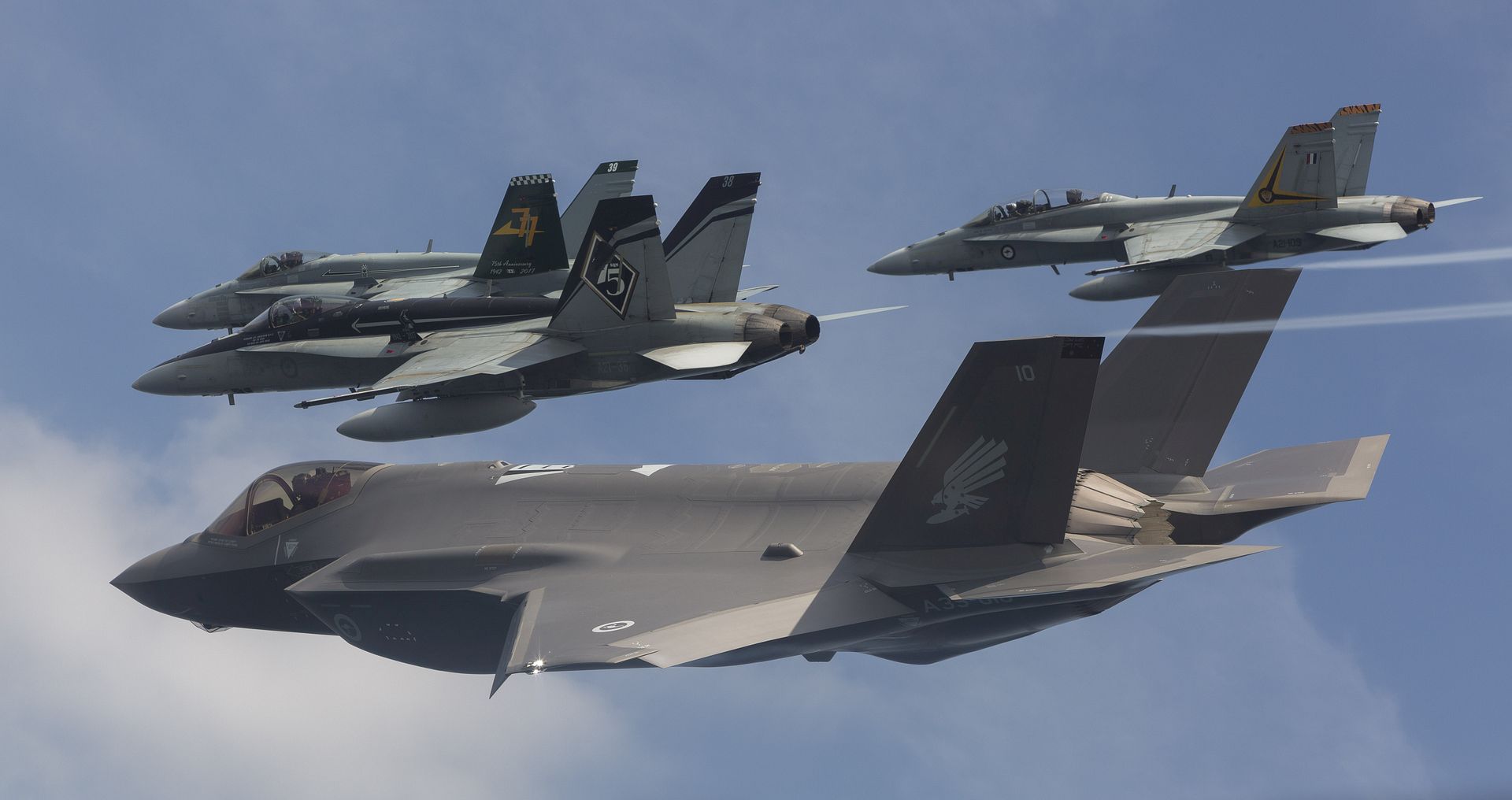
"The arrival of the first F-35 aircraft to be permanently based in Australia is a historic occasion and we are proud of our role as the 5th Generation design pioneer and F-35 original equipment manufacturer," said Chief Executive of Lockheed Martin Australia, Vince Di Pietro AM, CSC.
"We congratulate the RAAF, the ADF and all of our Australian industry partners who have worked to make this achievement a reality."
Australian suppliers play a significant role in the F-35 program with more than 50 Australian companies contributing to the global program of record of more than 3,000 aircraft. To date, the F-35 program has secured more than 2,400 highly skilled jobs created and generated more than $1.3 billion AUD in contracts for Australian industry.
"Flown by Australian pilots, maintained by Australian maintenance personnel and containing many best-of-breed advanced components made right here in Australia, all Australians have every reason to be proud of this achievement," Di Pietro said.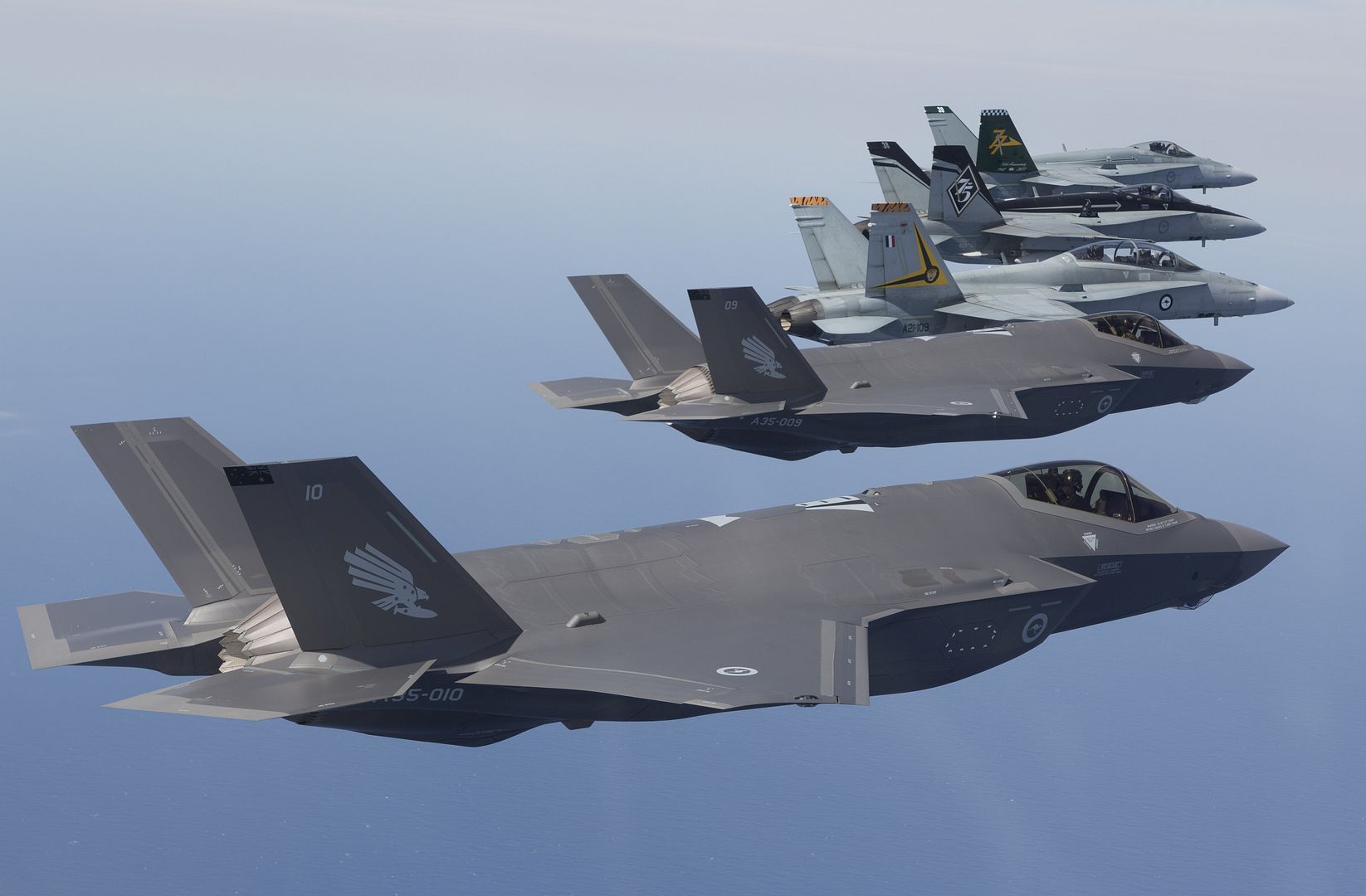
"Australia plays a significant role in the program with a suite of local industrial technology and know-how behind the hundreds of F-35s flying today, as well as the thousands of F-35s that will be produced in the future."
Lockheed Martin is the industry lead for F-35 global sustainment and is working in partnership with the Australian Defence Force and local industry to provide sustainment support and realise the full potential of the F-35 as an integrated force multiplier for decades to come.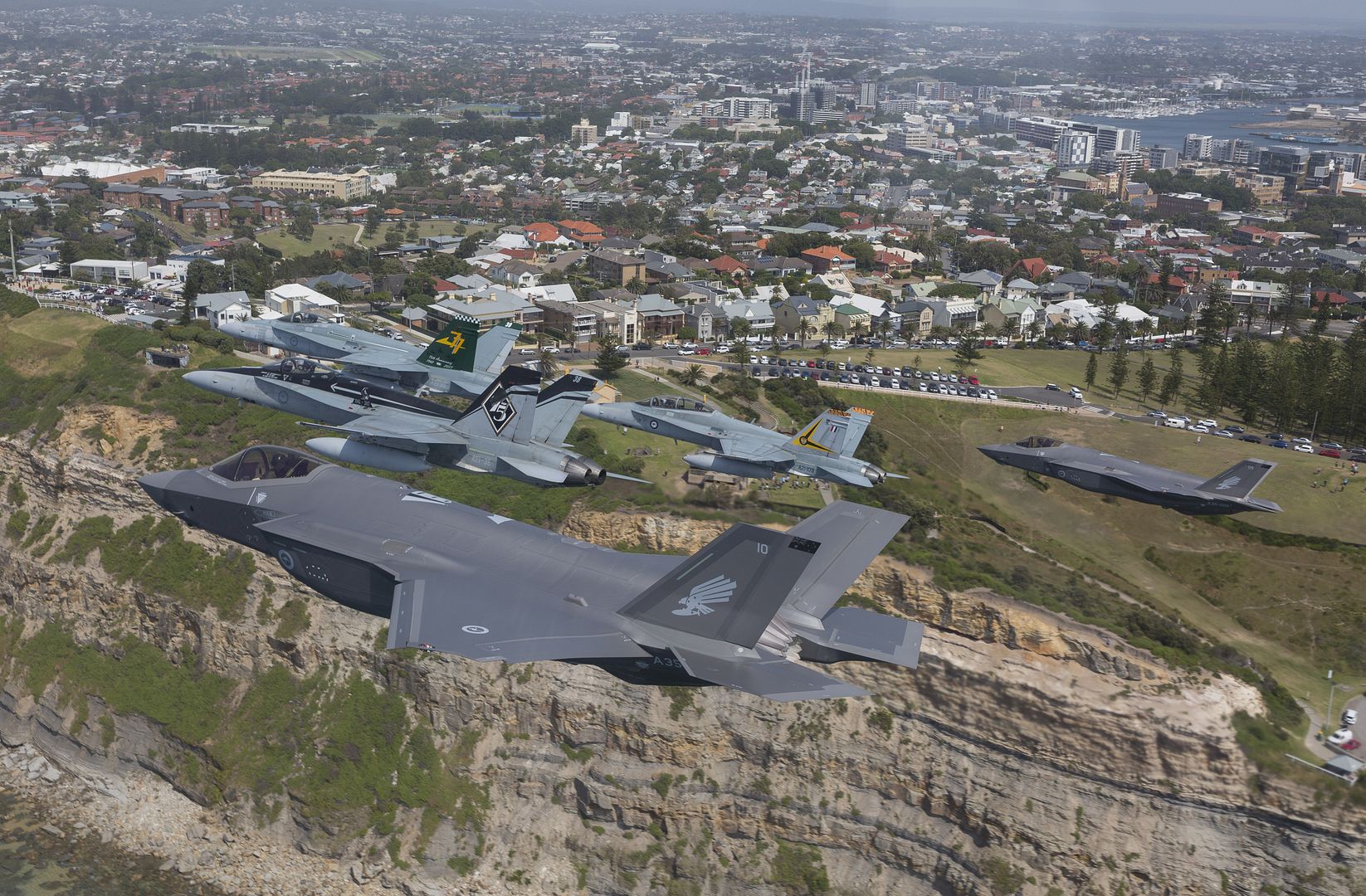
Australia's has committed to 72 F-35As, which will be flown by Australian pilots, and maintained by a joint team of Australian maintenance personnel and industry partners including Lockheed Martin Australia. Australia has received 10 aircraft to date, the remainder of which are stationed at Luke Air Force Base in Arizona where they are part of the international cooperative F-35 training operations.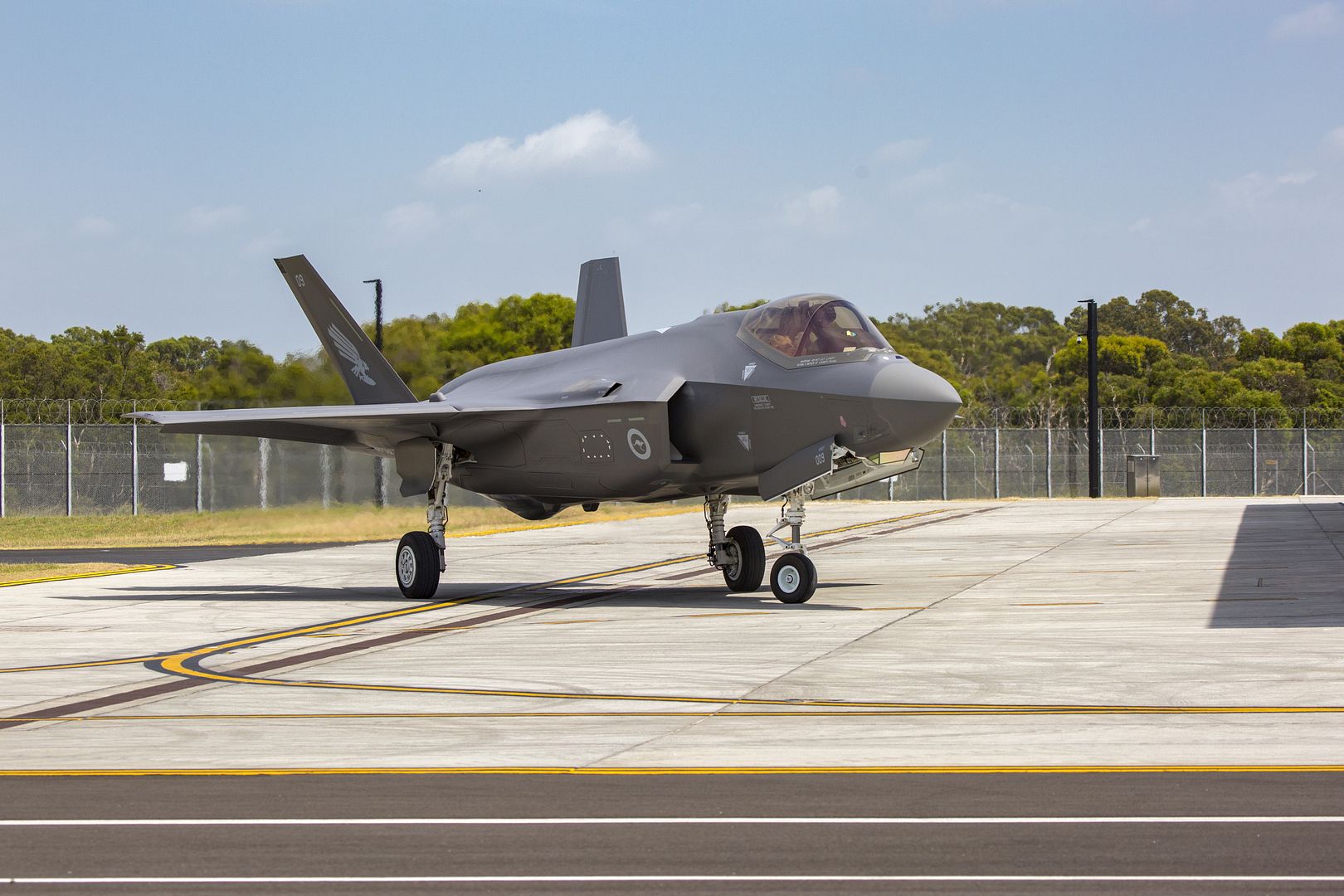
DUBAI, United Arab Emirates, Dec. 10, 2018 /PRNewswire/ -- Boeing Business Jets (NYSE: BA) today announced it is launching the BBJ 777X, a new Boeing Business Jet model that can fly more than half way around the world without stopping, farther than any business jet ever built.
"Our most exclusive customers want to travel with the best space and comfort and fly directly to their destination. The new BBJ 777X will be able to do this like no other airplane before it, redefining ultra-long range VIP travel," said Greg Laxton, head of Boeing Business Jets, at the bi-annual Middle East Business Aviation Association Show (MEBAA).
Customers can choose between two models: the BBJ 777-8 and BBJ 777-9. The BBJ 777-8 offers the longest range of 11,645 nautical miles (21,570 km) and a spacious 3,256 sq. ft. (302.5 sq m) cabin.
The BBJ 777-9 provides an even larger cabin measuring 3,689 sq. ft. (342.7 sq m), while still offering ultra-long range of 11,000 nautical miles (20,370 km). This model opens up almost unlimited interior design options to ensure ultimate comfort for long distance travel.
To demonstrate the versatility of the airplane's spacious cabin, BBJ unveiled interior concepts from three leading design firms: Greenpoint Technologies, Jet Aviation, and Unique Aircraft Design. Each concept shows how the BBJ 777X can be transformed to suit the tastes of any VIP customer.
The strength of the BBJ fleet of airplanes was highlighted at the air show as Boeing announced it recently booked another order for its BBJ MAX family. The order from an unidentified customer brings total orders for the BBJ MAX to 21.
Based on Boeing's best-selling 737 MAX airplane, the BBJ MAX offers more than three times the cabin space as most of its competitors, a lower cabin altitude, and the ability to fly 7,000 nautical miles (12,964 km).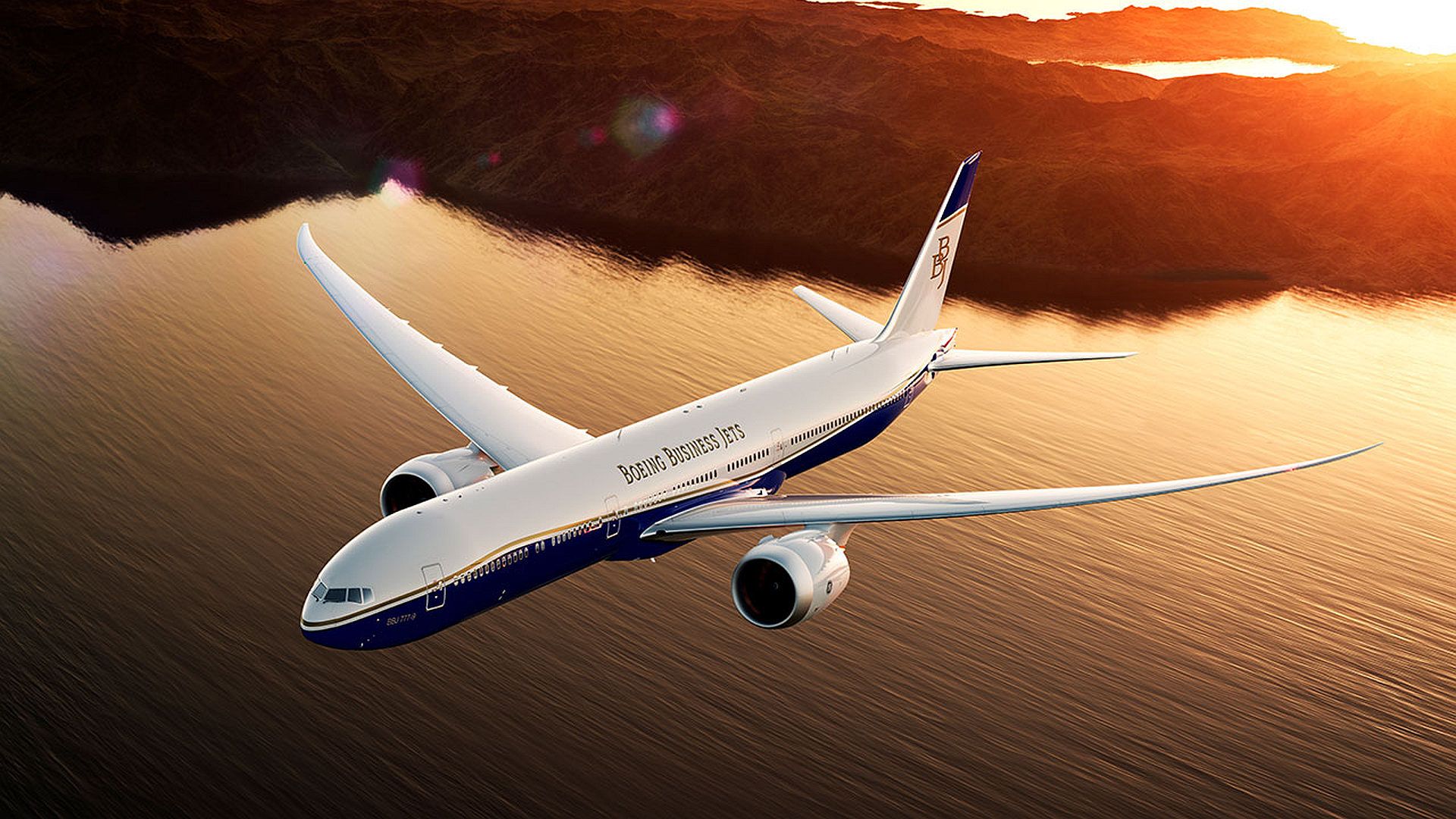
RAF Typhoons launched from RAF Lossiemouth this morning for the first time with the Meteor Air-to-Air missile in defence of UK airspace during a Quick Reaction Alert (QRA) mission.
This event represents the culmination of many years of research, development and testing to bring this advanced weapon into service on front-line aircraft.
RAF Typhoons maintain a constant state of readiness to defend the sovereignty of British skies. The introduction of Meteor brings a new and innovative long-range capability and further enhances Typhoon?s already potent arsenal. This year they have been scrambled for a variety of incidents including intercepting Russian bombers approaching UK airspace.
Defence Secretary Gavin Williamson said:
This latest missile system demonstrates the next chapter of the Typhoon which will see the jet evolve its ability to target and destroy any airborne threat at great distances. The Meteor missile will provide an unrelenting deterrence to those who wish harm upon the UK and our Armed Forces.
The RAF?s prized Typhoon Force is unquestionably now the cornerstone of British and NATO military power. It has proved itself in combat roles over Libya, Iraq and Syria, protecting UK skies and overseas territories, and providing critical support to our NATO Allies in Eastern Europe.
Chief of the Air Staff Air Chief Marshal Sir Stephen Hillier said:
RAF Quick Reaction Alert Typhoon fighters are now armed with the most advanced Air to Air missile in the world, the MBDA developed ramjet powered Meteor. Another huge leap forward in capability for the Typhoon Force, which is proud to continue defending the UK and our allies, 24/7.
The missile system is a worthy investment as it can fly in any weather condition, perform against all current and known future threats; including combat aircraft, unmanned aerial vehicles/missiles and will eventually operate from the F-35 Lightning aircraft. Crucially, the Meteor and launch aircraft will be networked by a datalink ensuring highly accurate and intelligent air strikes.
The pilot flying the first Meteor equipped Typhoon said:
The responsibility of flying such a capable platform, armed with this formidable weapon is immense, but the options this gives us in responding to an emergency situation cannot be understated.
Meteor is a state of the art complex weapon developed by a six nation European partnership led by the UK. It is built and manufactured by MBDA in Stevenage and has created 430 jobs across the country.
The RAF will continue to develop the missile through life, in-step with our International Defence and Industrial partners, supporting the UK Aerospace Industry, while maintaining the UK?s sovereign ?capability edge?.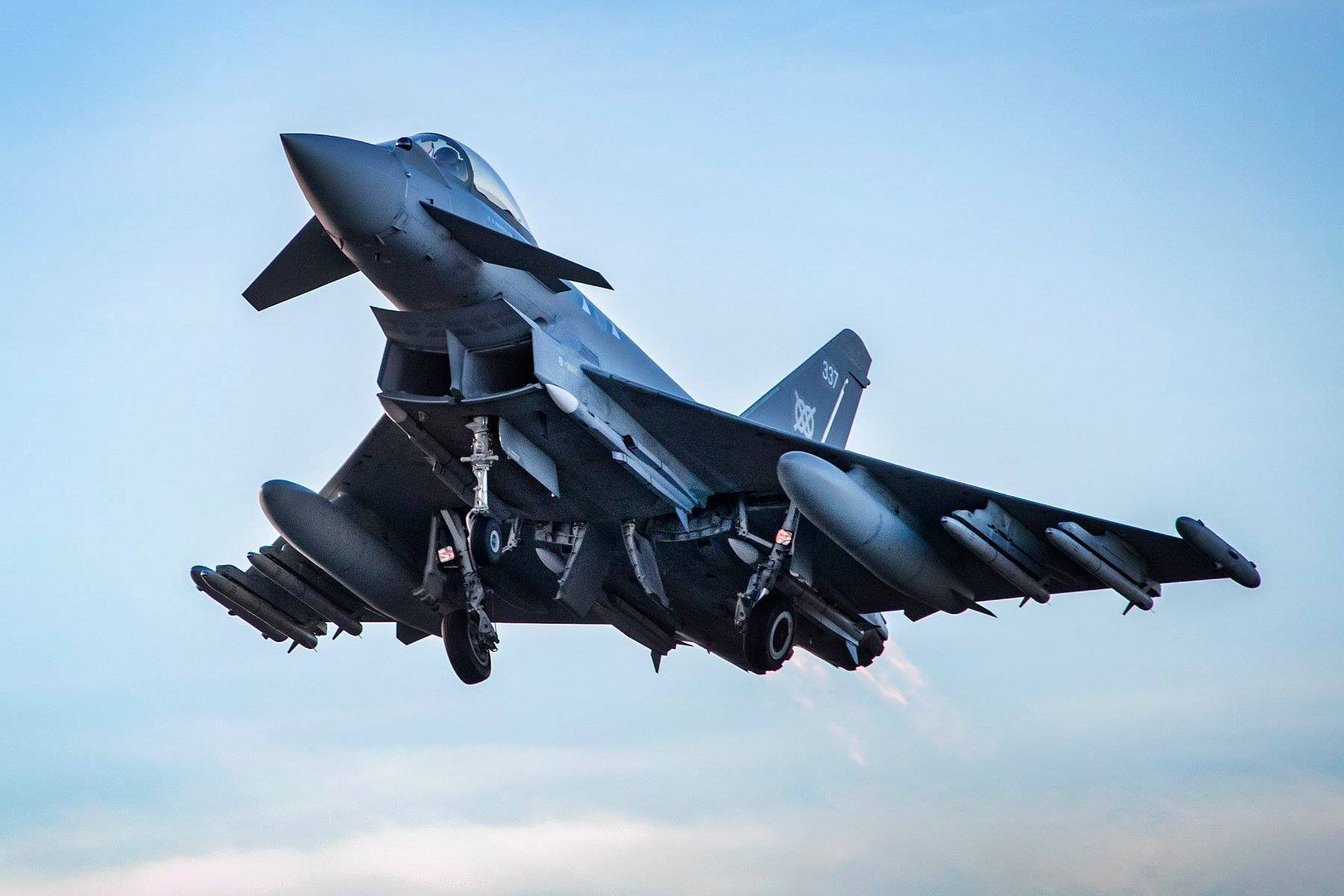
-
 Main AdminEDWARDS AIR FORCE BASE, Calif. (AFNS) -- The 31st Test and Evaluation Squadron kicked off the Defense Department?s F-35 Lightning II Initial Operational Test and Evaluation with a large force employment sortie from Edwards AFB, California, Dec. 5.
Main AdminEDWARDS AIR FORCE BASE, Calif. (AFNS) -- The 31st Test and Evaluation Squadron kicked off the Defense Department?s F-35 Lightning II Initial Operational Test and Evaluation with a large force employment sortie from Edwards AFB, California, Dec. 5.
?The sorties consisted of seven F-35s performing both offensive counter air, suppression of enemy air defenses and air attack operations. This marks an important milestone for the F-35 program,? said Lt. Col. Nicholas Ihde, 31st TES commander.
During the IOT&E phase, the 31st TES F-35 pilots will fly more than 30 missions designed to fully evaluate the complete air system as well as identify technical and operational areas for improvement.
?These unique flights place the aircraft in realistic combat conditions with our joint and coalition partners to determine the operational effectiveness and suitability for the warfighter,? Ihde said.
The 31st TES has 10 F-35 pilots, 145 maintainer?s and 11 engineers to bring the F-35 program through this phase. If they discover an issue they will work with the director of operational test and evaluation, Lockheed Martin and the F-35 Joint Program Office to address it before going out to the fleet.
?As the conduit between developmental test flights and combat missions it is our duty to ensure this aircraft fulfills the need of the warfighter, (major command), and the American public," Ihde said. "We must guarantee that we hand the Combat Air Force a product that has been tested with rigor and is ironed out. An advantage the 31st TES possesses is pilot experience. Most of the pilots have over 1,500 flight hours in various fighter aircraft and previous operational test backgrounds lending vast experiences fall back on and reference in order to make this jet the best it can be.?
The completion of F-35 IOT&E will aid the Navy in an initial operating capability decision and will help inform full rate production for the DoD in the future.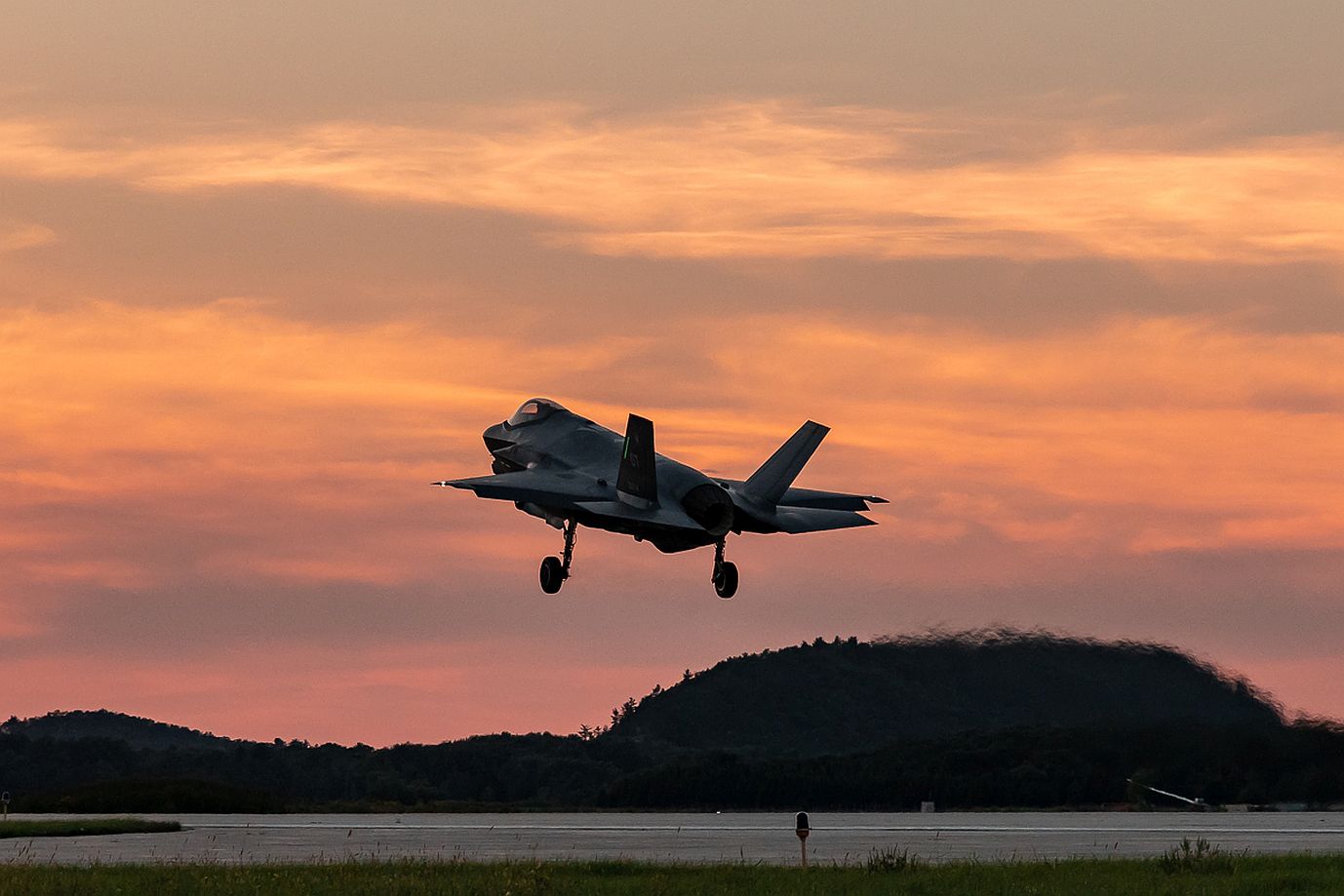
Airbus has delivered its 100th aircraft from the company?s U.S. Manufacturing Facility in Mobile, Alabama. The A320neo, serial number (MSN) 8580, was delivered to Frontier Airlines. The aircraft features two horses, Meadow & West, on its tailplane.
Airbus? Mobile facility is delivering four A320 Family aircraft per month and has delivered to eight U.S.-based customers thus far, including Air Lease Corporation, Allegiant Air, American Airlines, Delta Air Lines, Frontier Airlines, Hawaiian Airlines, JetBlue Airways and Spirit Airlines. Airbus has three other A320 Family production facilities around the world: Hamburg, Germany; Tianjin, China; and Toulouse, France.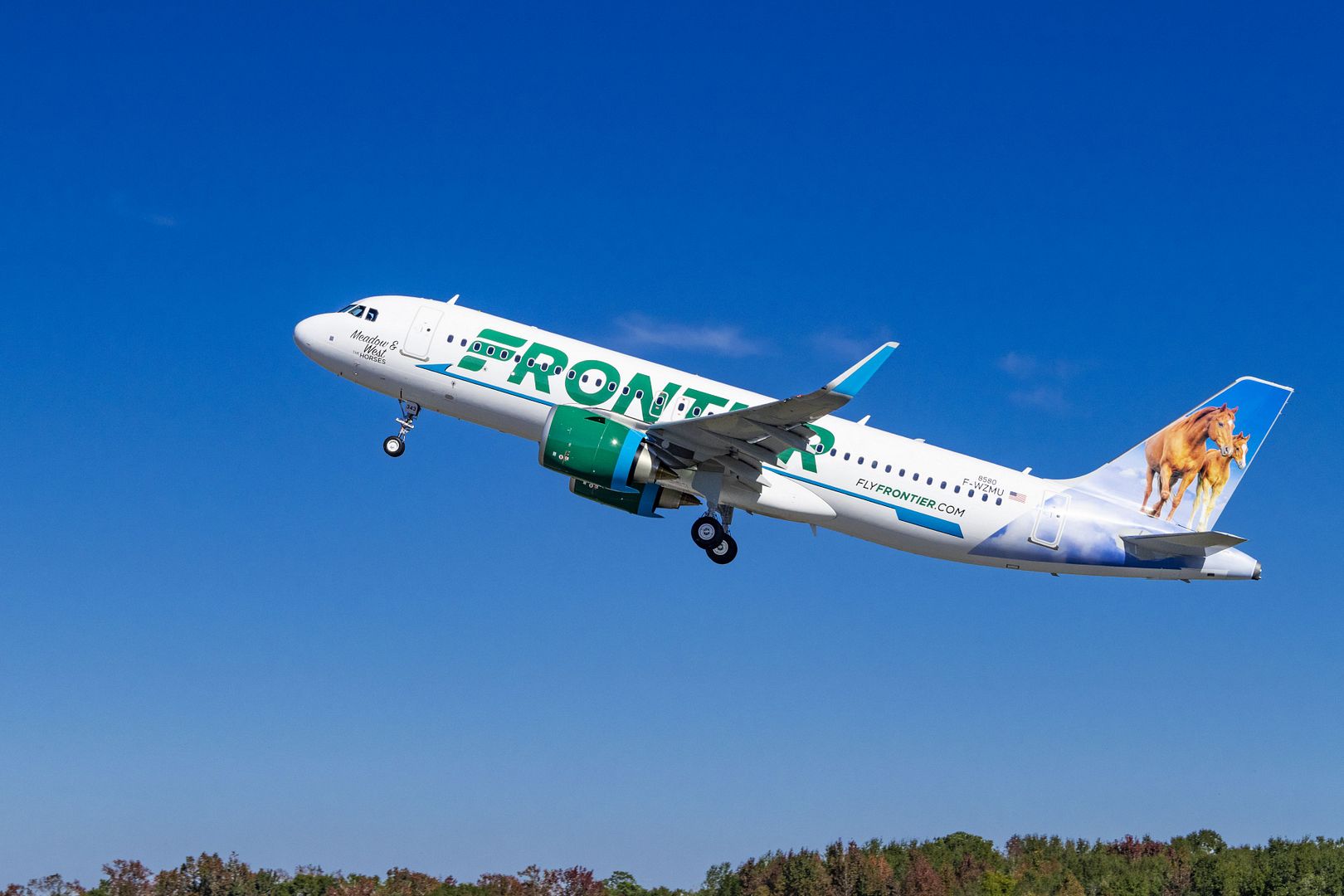
Marignane, 10 December 2018 ? The Lithuanian Air Force (LAF) has renewed its HCare Infinite material management contract for its fleet of three Dauphin AS365 N3+ search and rescue (SAR) helicopters following achievement of 97% average fleet availability over a three-year period.
These helicopters entered service performing SAR missions in 2015 with a three-year full warranty and Airbus? commitment to maintaining at least an 80% fleet availability rate.
?Airbus has far exceeded the availability rate agreed upon in the HCare Infinite support and service contract, achieving near-perfect 97% fleet availability,? said Lieutenant Colonel Antanas Matutis, ?iauliai Air Base Commander. ?As a direct result, our team was able to ensure continuous around-the-clock service to those in need of rescue in Lithuania, which we hope to continue through this contract renewal.?
?Support plans like HCare Infinite with performance commitments taken by Airbus contribute towards our goal of building trusted, long-term partnerships with our customers,? said Matthieu Louvot, Executive Vice President of Support & Services at Airbus Helicopters. ?In this case, Lithuania can focus its energy on effectively performing life-saving missions while Airbus takes care of all the rest.?
Lithuania was one of the first customers to choose HCare Infinite, Airbus? most comprehensive level of HCare material management services. The terms require Airbus Helicopters to guarantee the operational availability of LAF?s Dauphin fleet, including technical support and supply of spare parts, tools and consumables.
Through the contract, LAF has direct access to Airbus Helicopters? parts inventory in ?iauliai, Lithuania, as well as the Airbus parts-by-the-hour pool ? a dedicated high-availability pool located in Les Florides, Marignane, France. In addition, a dedicated technical representative is embedded on LAF premises working closely with the Airbus Customer Support Manager in Marignane. Aircraft performance is measured on a daily basis.
Airbus Helicopters? range of HCare material management services starts out with Easy (onrequest catalogue services) and Smart (four by-the-hour options), and progressively builds up to Infinite (full availability commitments).
LAF?s renewed contract is for a second term of three years. Today, seven customers with an aggregated 100+ machines have opted for HCare Infinite. Their helicopters include H135s, H145s, Dauphins and Super Pumas, performing a wide variety of missions: SAR, law enforcement, training and military. They operate in the Middle East, Europe, South America, Page 2 of 2 and Asia Pacific, including the Japan Maritime Self-Defence Force, which launched its agreement in 2016.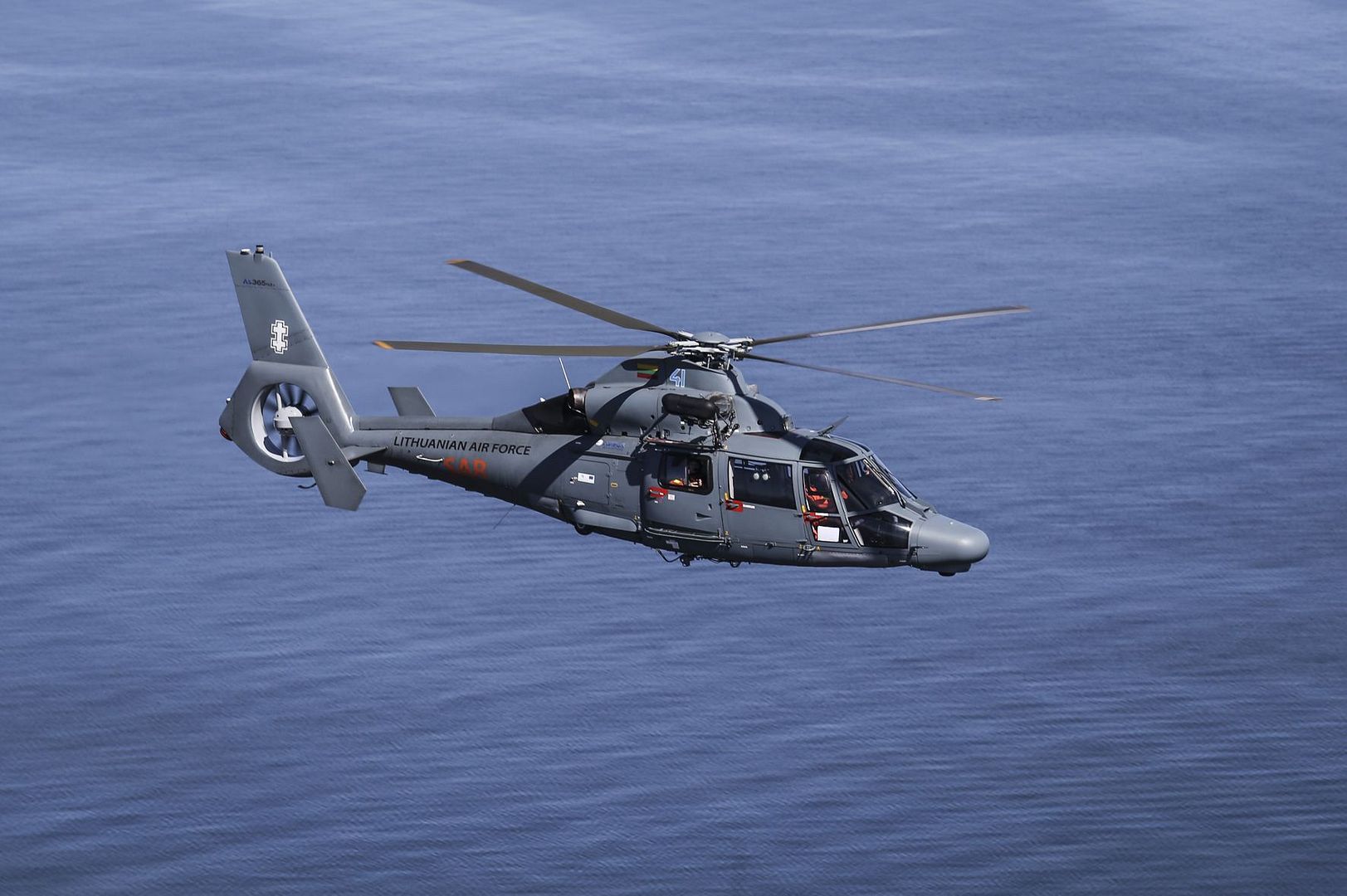
-
 Main AdminU.S. Air Force Capt. Jason, a U-2 Dragon Lady pilot with the 5th Reconnaissance Squadron, prepares for flight at Osan Air Base, Republic of Korea, Dec. 11, 2018. The U-2 provides high-altitude, all-weather surveillance and reconnaissance, day or night, in direct support of U.S. and allied forces. (Last name withheld for security purposes) (U.S. Air Force photo by Staff Sgt. Sergio A. Gamboa)
Main AdminU.S. Air Force Capt. Jason, a U-2 Dragon Lady pilot with the 5th Reconnaissance Squadron, prepares for flight at Osan Air Base, Republic of Korea, Dec. 11, 2018. The U-2 provides high-altitude, all-weather surveillance and reconnaissance, day or night, in direct support of U.S. and allied forces. (Last name withheld for security purposes) (U.S. Air Force photo by Staff Sgt. Sergio A. Gamboa)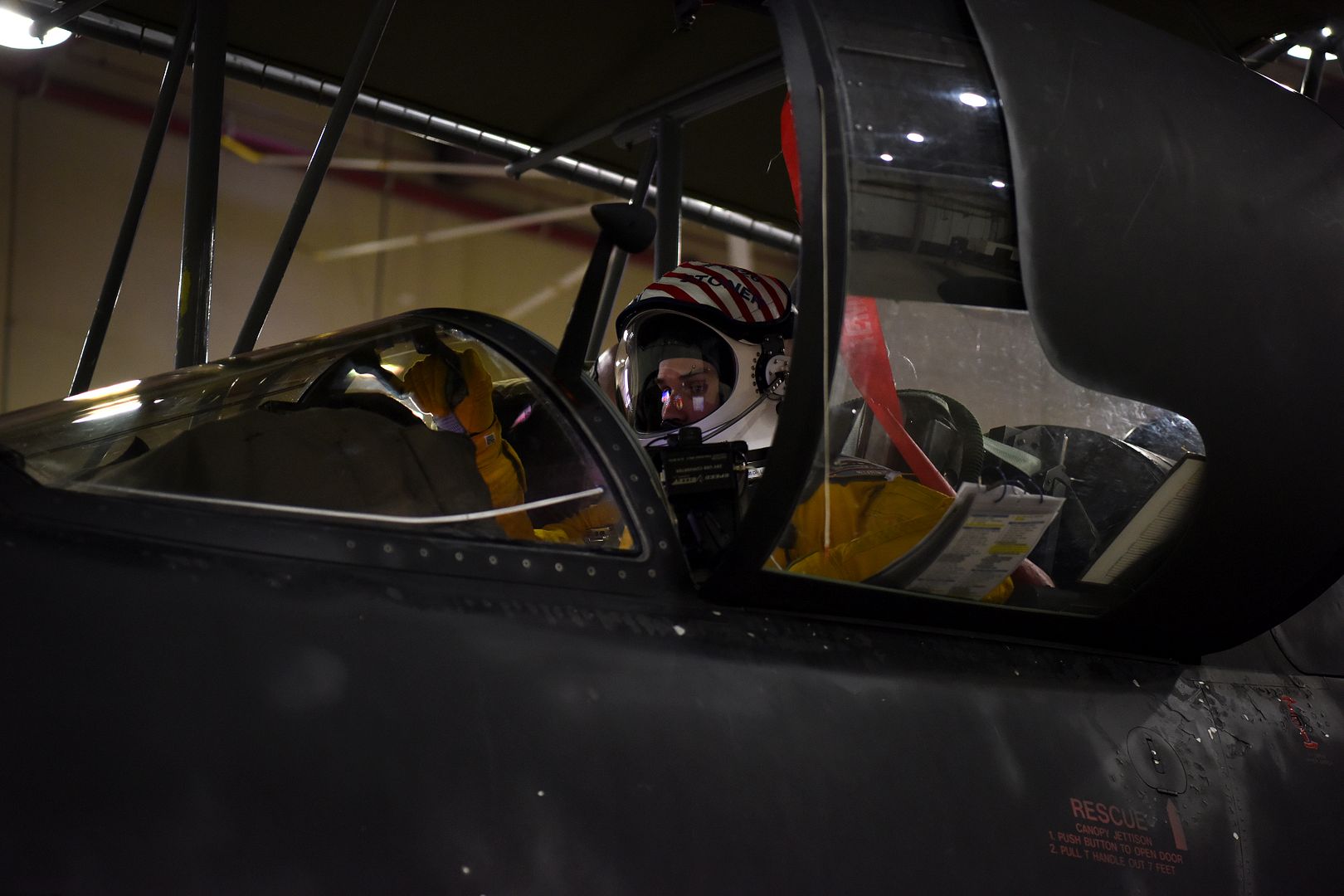
A C-130J Super Hercules with the 36th Airlift Squadron makes a pass over a drop zone to ensure it is clear prior to releasing Low-Cost Low-Altitude bundles filled with humanitarian aid during Operation Christmas Drop, Dec. 10, 2018, on Fais Island, Federated States of Micronesia. OCD is the Department of Defense?s longest running humanitarian aid and disaster relief training exercise, this year marks the 67th annual OCD and the fourth year of trilateral partner ship between the U.S. Air Force, Japan Air Self-Defense Force, and the Royal Australian Air Force. (U.S. Air Force photo's by Senior Airman Donald Hudson)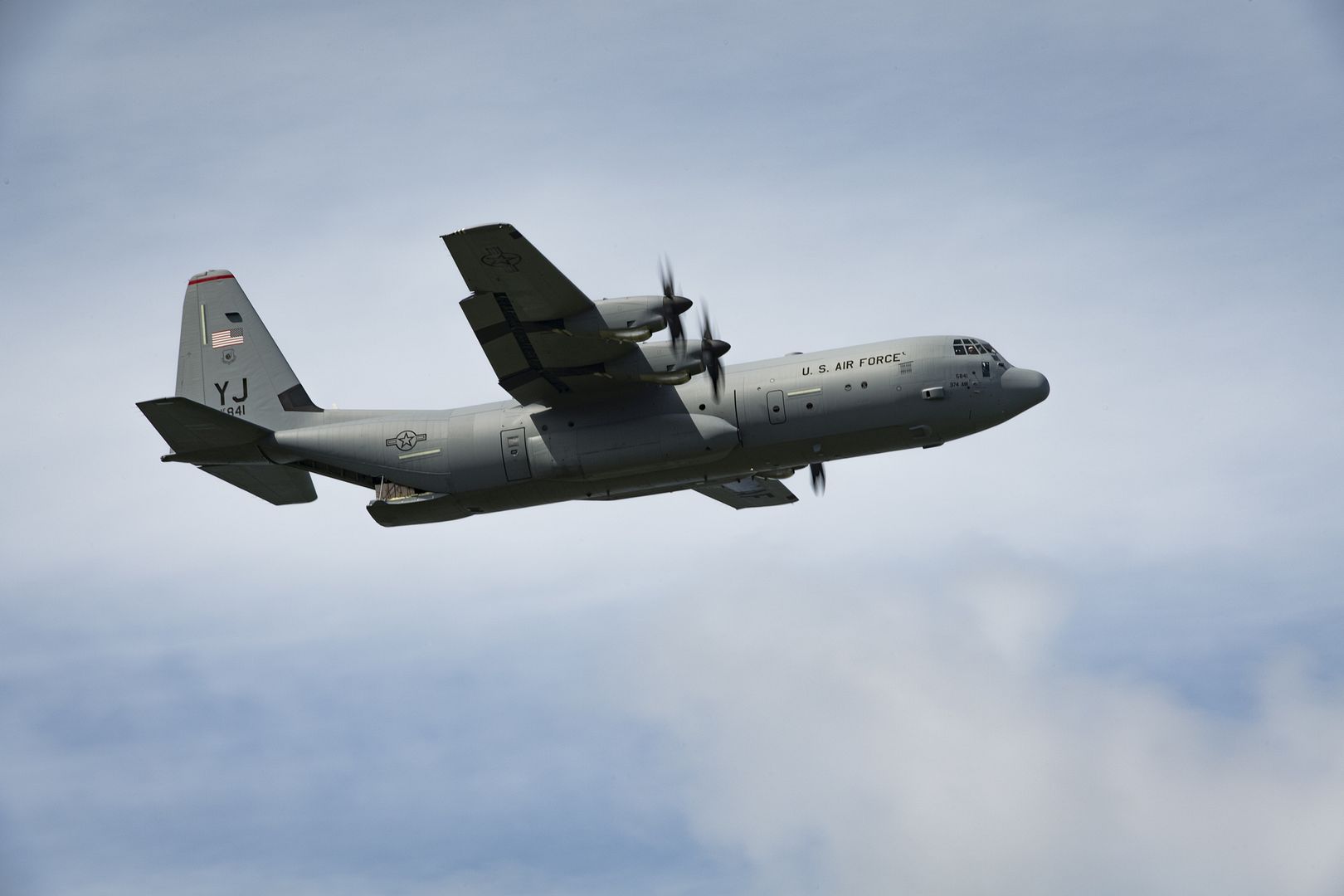
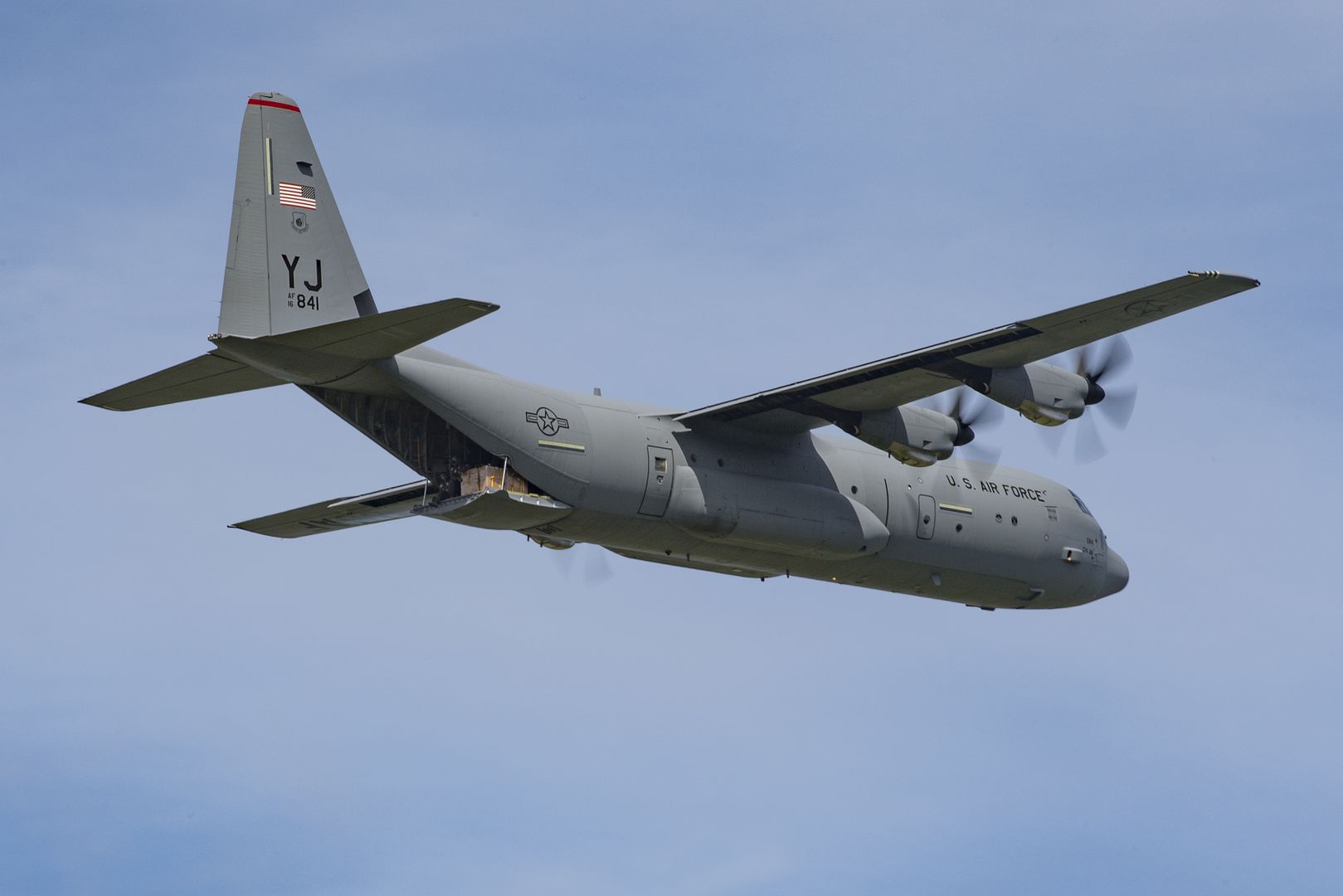
U.S. Air Force Col. Jason Hinds, 1st Fighter Wing commander, gives a tour of the F-22 Raptor to First Lady Melania Trump at Joint Base Langley-Eustis, Virginia, Dec. 12, 2018. Trump welcomed all U.S. service members back from recent deployments and thanked them for their service. (U.S. Air Force photo by Senior Airman Tristan Biese)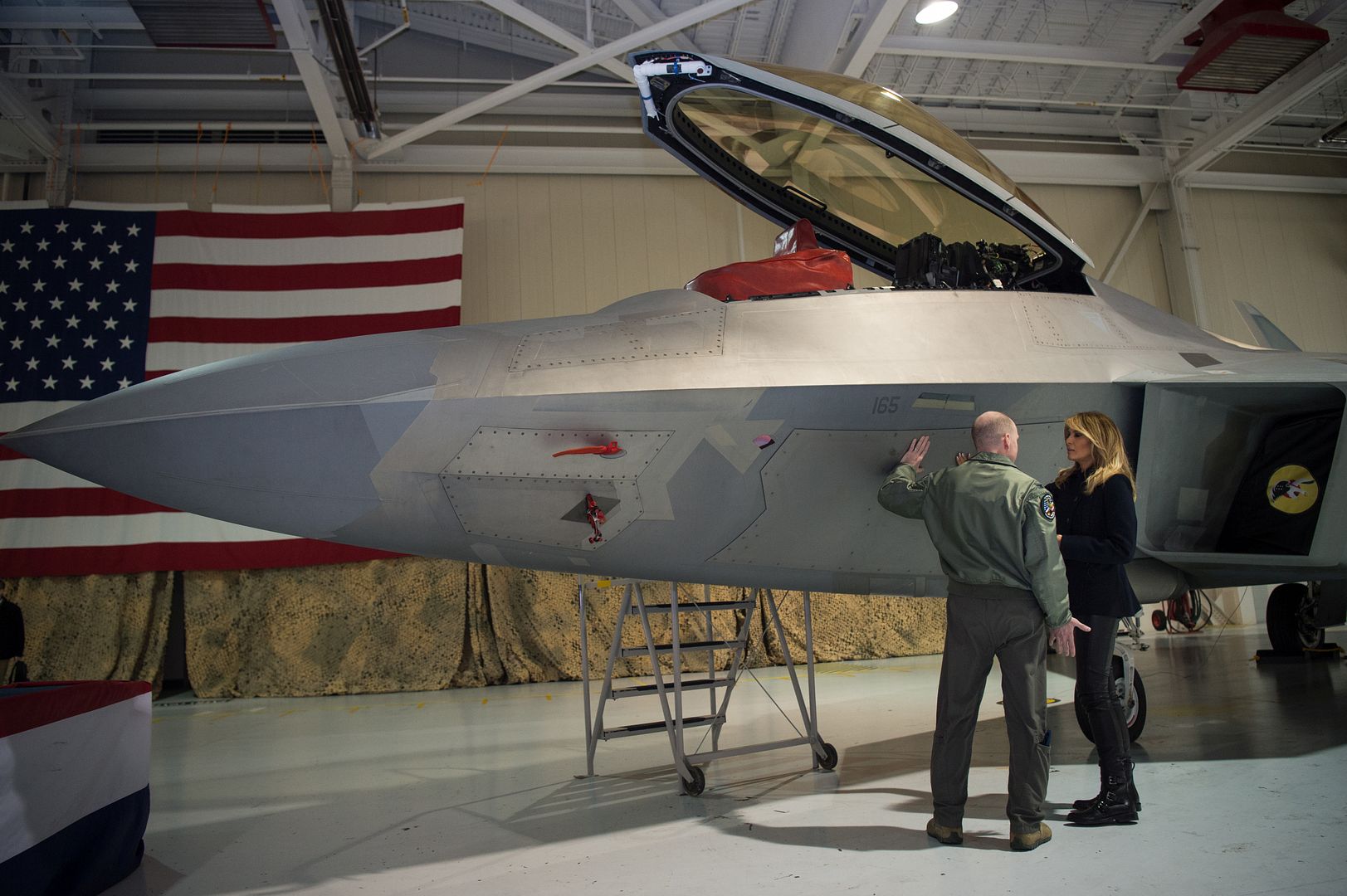
ARABIAN SEA (Dec. 12, 2018) ? An F-35B Lightning II, attached to the ?Avengers? of Marine Fighter Attack Squadron (VMFA) 211, launches from the flight deck of Wasp-class amphibious assault ship USS Essex (LHD 2). The John C. Stennis Carrier Strike Group and the Essex Amphibious Ready Group are conducting integrated operations in the Arabian Sea to ensure stability and security in the Central Region, connecting the Mediterranean and the Pacific through the western Indian Ocean and three strategic choke points. (U.S. Navy photo by Mass Communication Specialist 2nd Class Adam Brock)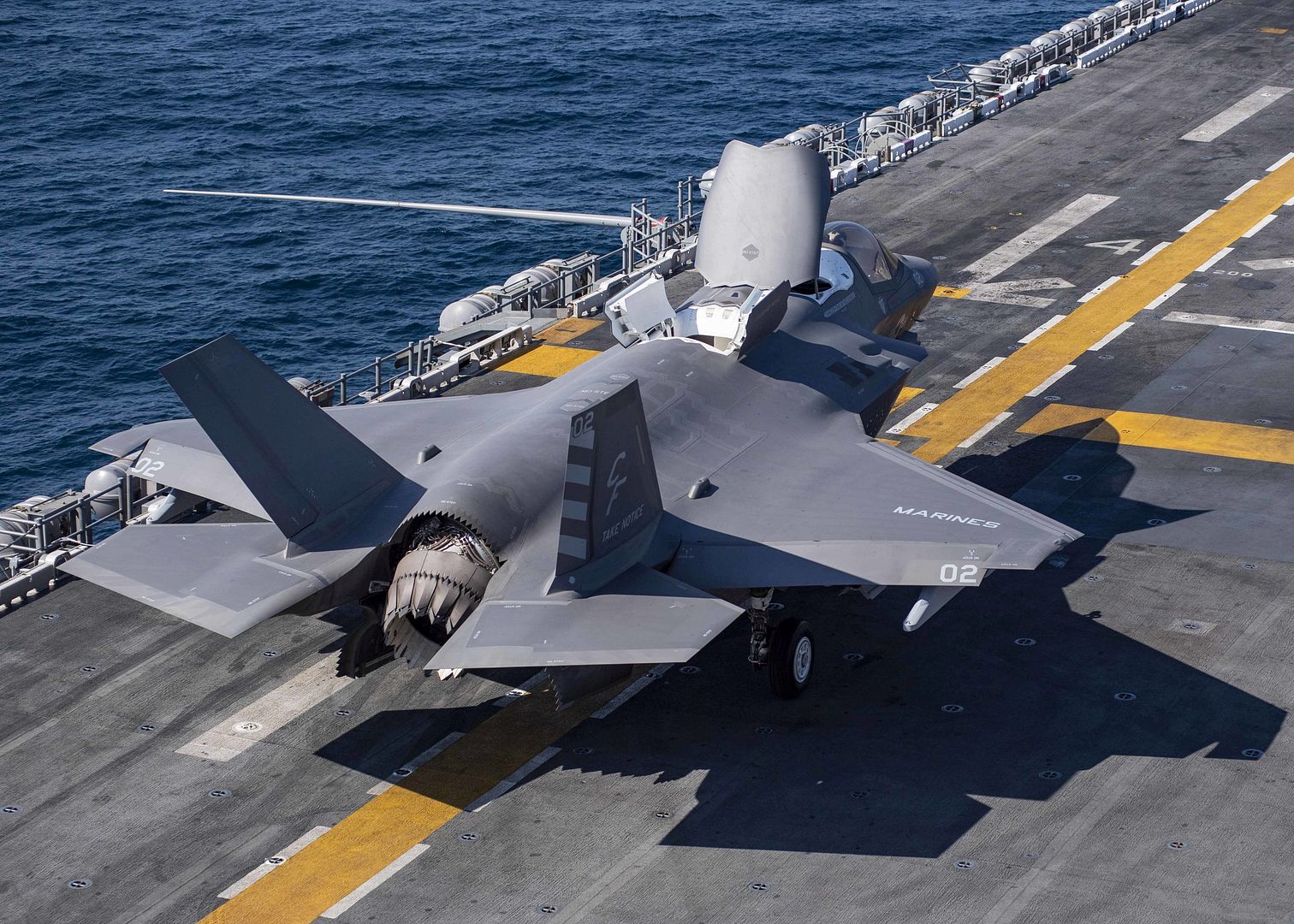
ARABIAN SEA (Dec. 12, 2018) ? An F-35B Lightning II, attached to the ?Avengers? of Marine Fighter Attack Squadron (VMFA) 211, flies above the Arabian Sea. The John C. Stennis Carrier Strike Group and the Essex Amphibious Ready Group are conducting integrated operations in the Arabian Sea to ensure stability and security in the Central Region, connecting the Mediterranean and the Pacific through the western Indian Ocean and three strategic choke points. (U.S. Navy photo by Mass Communication Specialist 2nd Class Adam Brock)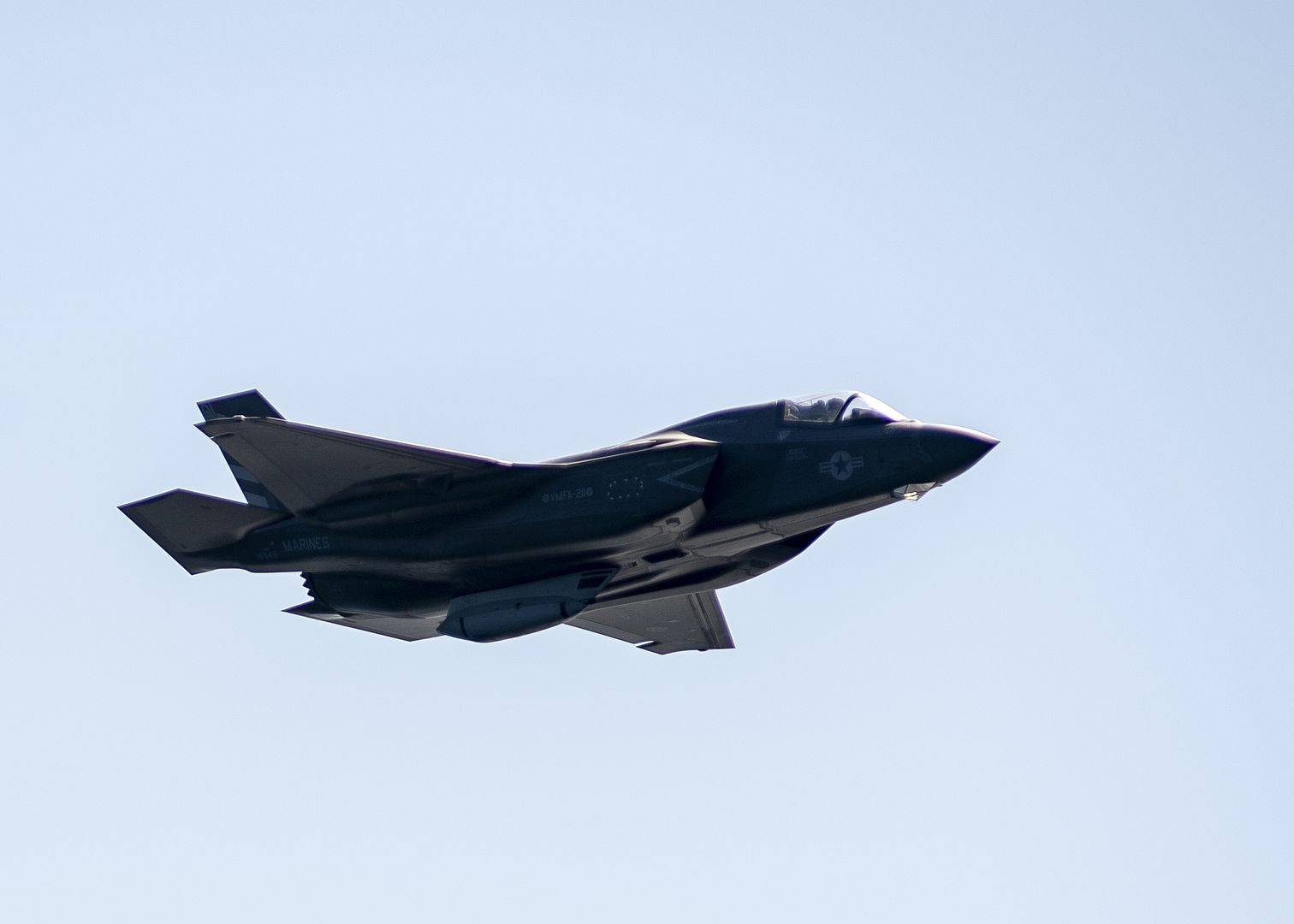
ARABIAN SEA (Dec. 12, 2018) ? An F-35B Lightning II, attached to the ?Avengers? of Marine Fighter Attack Squadron (VMFA) 211, launches from the flight deck of Wasp-class amphibious assault ship USS Essex (LHD 2). The John C. Stennis Carrier Strike Group and the Essex Amphibious Ready Group are conducting integrated operations in the Arabian Sea to ensure stability and security in the Central Region, connecting the Mediterranean and the Pacific through the western Indian Ocean and three strategic choke points. (U.S. Navy photo's by Mass Communication Specialist 2nd Class Chandler Harrell)
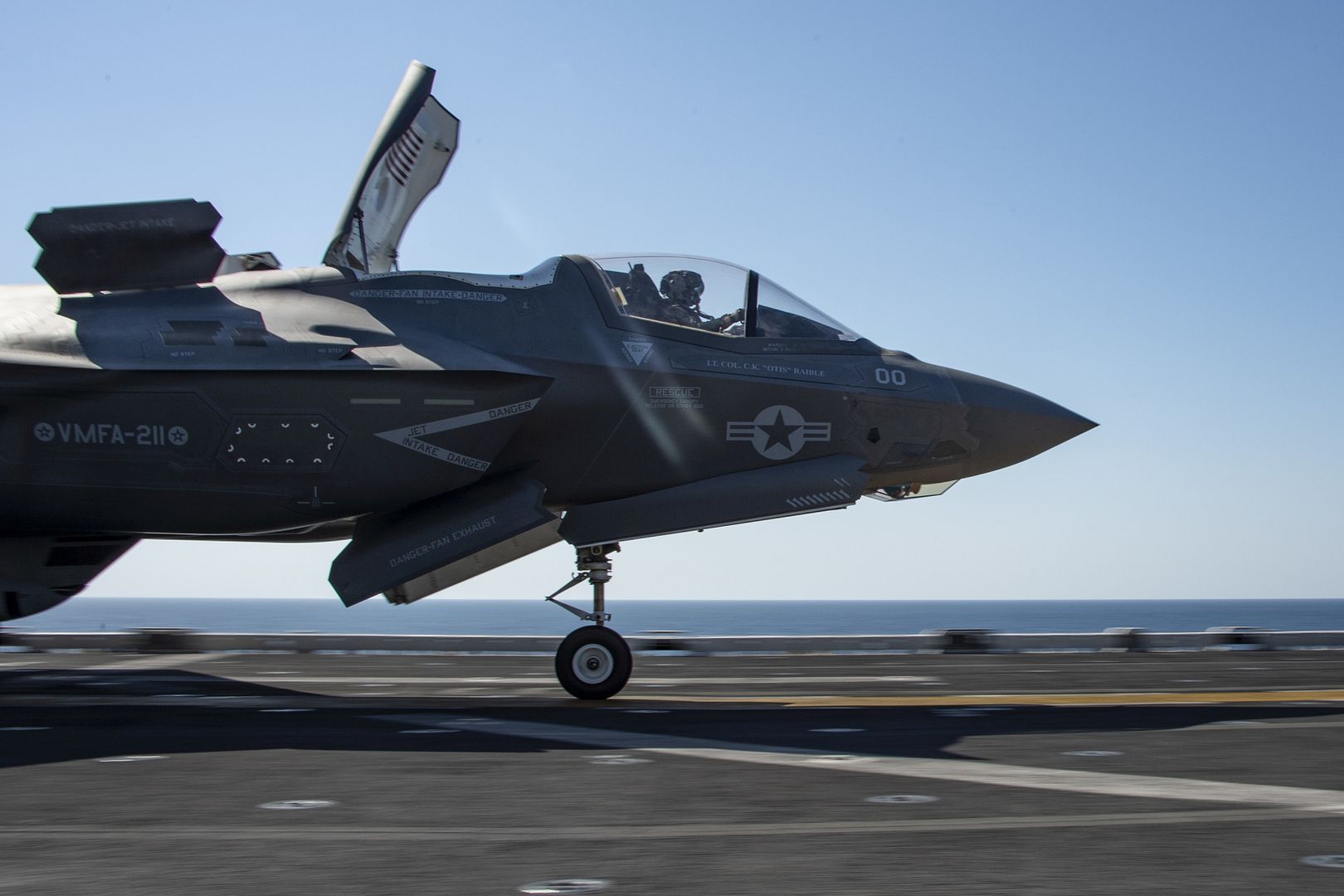
SEATTLE, Dec. 11, 2018 /PRNewswire/ -- Boeing [NYSE:BA] today delivered the first 787-9 Dreamliner for Royal Air Maroc, introducing a second member of the super-efficient Dreamliner family to the airline's fleet. The new airplane offers more seats and more range, which will help Morocco's flag carrier grow its international business.
"We are particularly pleased to receive today our airline's first 787-9, which will soon be joined by three other models from the same family. The choice of this airplane forms part of our strategy to continuously expand and modernize our fleet, and comes just a few days after the announcement of the invitation made to Royal Air Maroc to join the highly prestigious Oneworld Alliance. This will further strengthen our country's and Royal Air Maroc's leadership position on the continent," says Abdelhamid Addou, CEO and Chairman of Royal Air Maroc.
In 2015, the airline was the first in the Mediterranean to fly the 787-8, the initial Dreamliner that offered 20 percent less fuel and fewer emissions. With the airplane's exceptional fuel efficiency and performance, Royal Air Maroc planned new, non-stop routes such as Casablanca to Washington, D.C and to Miami.
With the larger, longer-range 787-9, Royal Air Maroc will be able to accommodate about 30 additional passengers (for a total of 302) and fly several hundred miles farther (up to 7,635 nautical miles or 14,140 km). The airline plans to deploy the 787-9 on routes such as Casablanca to Paris (Orly), to New York and to Sao Paulo.
To celebrate its inaugural 787-9, Royal Air Maroc unveiled a special livery that honors contemporary Moroccan culture. The airline also debuted a new interior to enhance the flying experience. Passengers in business class will have three seat options, including 'full flat' and 'full privacy'. All travelers will enjoy the Dreamliner's larger windows, lower cabin altitude, smooth-ride technology, and other amenities.
"The Dreamliner is the perfect platform for Royal Air Maroc's bold vision. The airline can now take advantage of the technology that is common across the 787-8 and 787-9, while tailoring its network based on market demand," said Ihssane Mounir, senior vice president of Commercial Sales & Marketing for The Boeing Company.
"We have been proud partners with Royal Air Maroc for nearly 50 years, providing the airline with generations of advanced jetliners, and helping Morocco harness a homegrown aerospace sector to sustain long-term growth."
Later this month, Royal Air Maroc will begin modernizing its single-aisle fleet when it takes delivery of its first 737 MAX, the latest and more efficient version of the 737 airplane. The jet will join a fleet of more than 60 Boeing airplanes.
The carrier also uses Boeing Global Services to enhance its operations through offerings such as Software Distribution Manager, a cloud-based solution that ensures operational data flows securely to and from the airplane while it is on the ground.
Boeing's relationship with Morocco goes beyond airplanes and services. The company has supported the development of the kingdom's aviation industry through partnerships such as a joint venture named MATIS Aerospace that specializes in producing wire bundles and wire harnesses for new airplanes. Boeing is also helping to educate local youth through partnerships with EFE-Morocco and the INJAZ Al-Maghrib association.
-
 Main AdminHILL AIR FORCE BASE, Utah (AFNS) -- The 421st Fighter Squadron received its first F-35A Lightning II Dec. 12. The squadron is the last of three squadrons in Hill Air Force Base?s 388th Fighter Wing to take possession of combat-ready aircraft, bringing the 388th Fighter Wing closer to full strength.
Main AdminHILL AIR FORCE BASE, Utah (AFNS) -- The 421st Fighter Squadron received its first F-35A Lightning II Dec. 12. The squadron is the last of three squadrons in Hill Air Force Base?s 388th Fighter Wing to take possession of combat-ready aircraft, bringing the 388th Fighter Wing closer to full strength.
The Air Force?s first operational F-35As landed at Hill AFB in October 2015. Since then, the 34th and 4th Fighter Squadrons and Aircraft Maintenance Units stood up and generated nearly 10,000 sorties with more than 15,000 flying hours.
The arrival of the first jets in the 421st FS brings the total number of F-35As at Hill AFB to 52 and is a big step toward the 388th Fighter Wing having a full complement of 78 F-35A Lightning IIs by the end of 2019.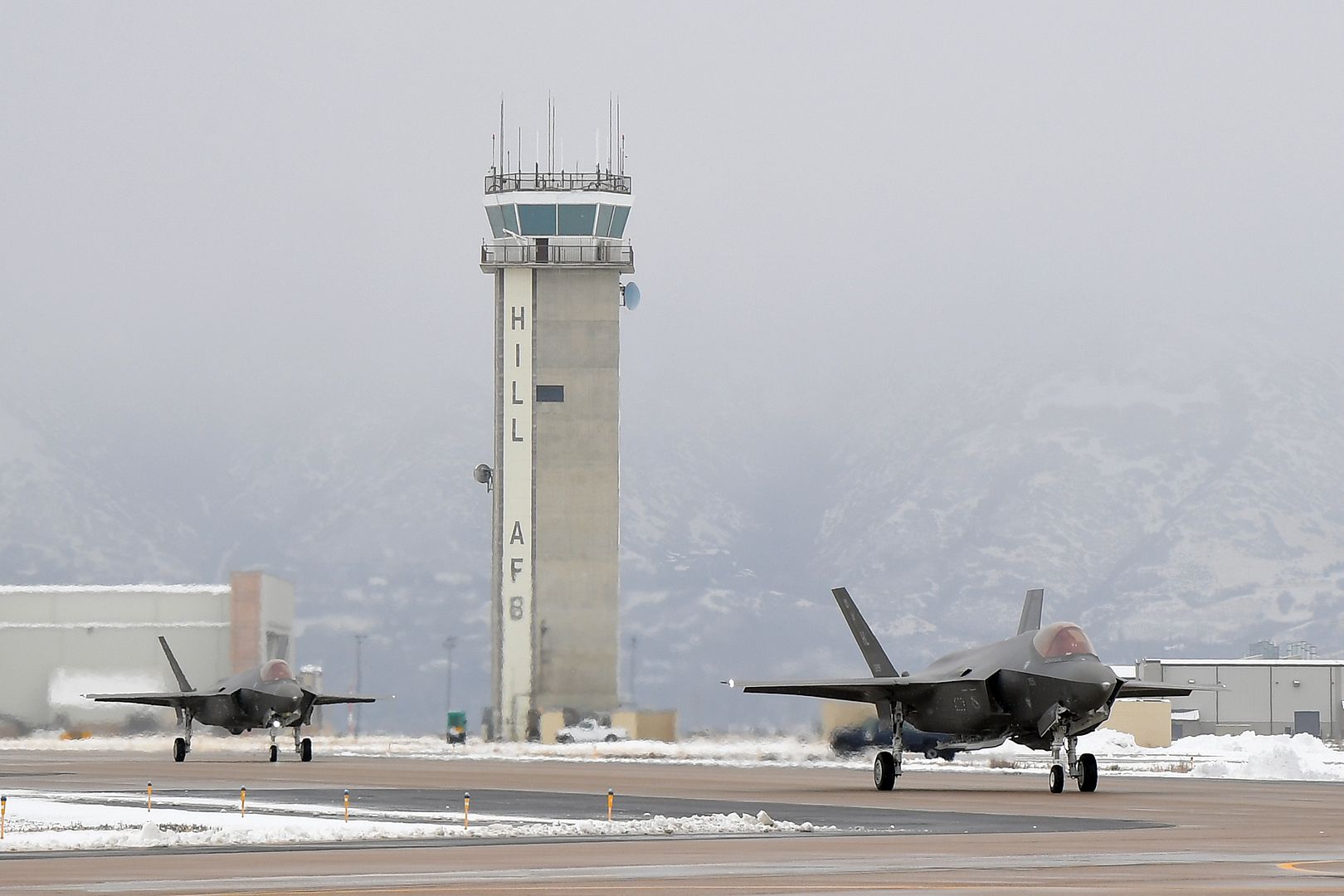
The 421st Aircraft Maintenance Unit, which will support the 421st Fighter Squadron, has been preparing to receive the aircraft for some time by maintaining and launching jets loaned from the wings two other squadrons.
?The 421st has a proud history in the 388th Fighter Wing and we?re all excited to receive our first aircraft,? said Lt. Col. Richard Orzechowski, 421st Fighter Squadron commander. ?Our pilots and maintainers have been working hard and we?re ready to fill the squadron out and fulfill the wing?s mission: to rapidly employ combat power.?
The active duty 388th FW and Air Force Reserve 419th FW fly and maintain the F-35A in a Total Force partnership, which capitalizes on the strength of both components.
(U.S. Air Force photo's by Todd Cromar)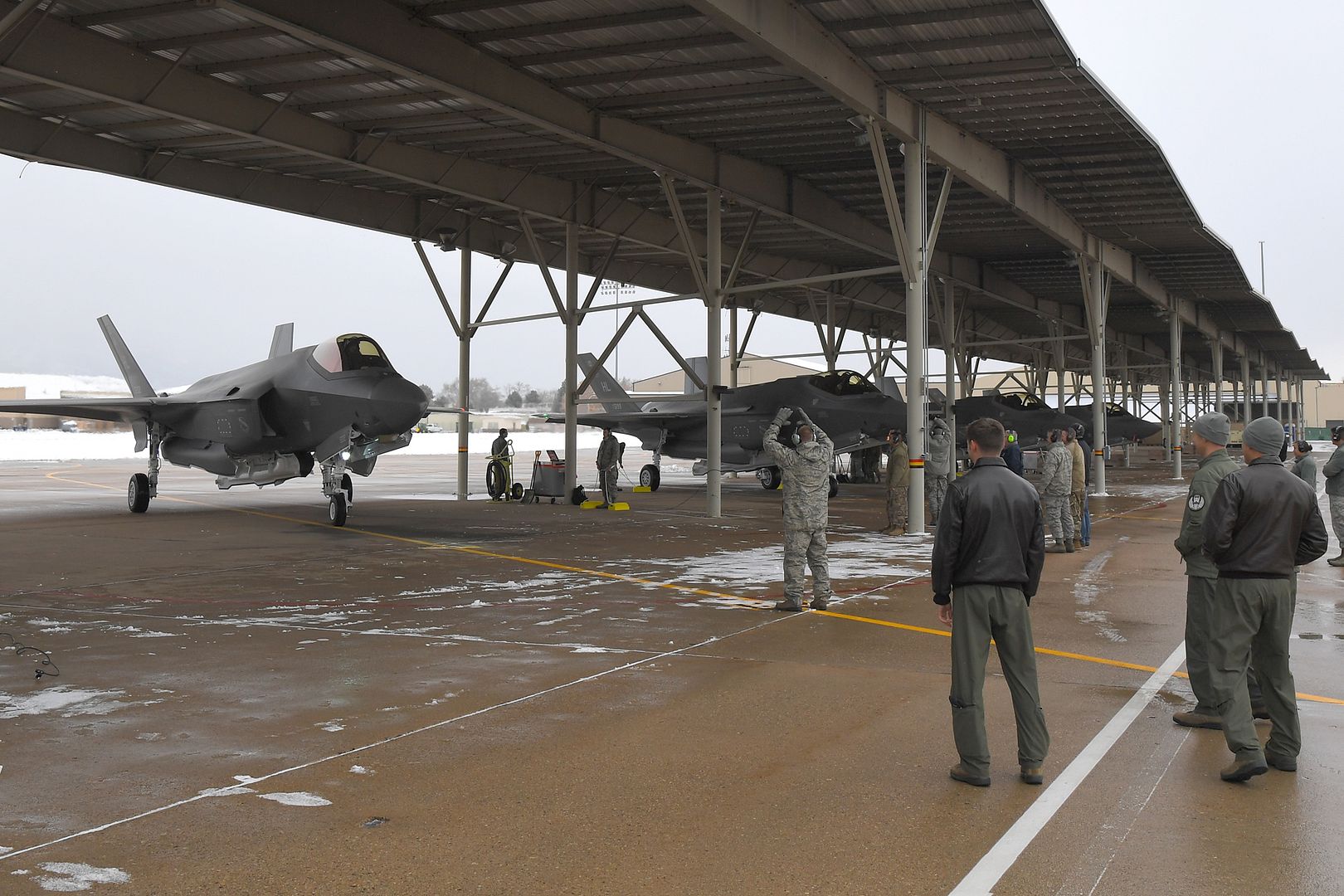
The sun rises behind B-52H Stratofortresses at Minot Air Force Base, North Dakota, Dec. 12, 2018. The B-52 is a long-range, heavy bomber that can carry nuclear-capable or precision-guided conventional ordnance with worldwide precision navigation capability. (U.S. Air Force photo's by Senior Airman Jonathan McElderry)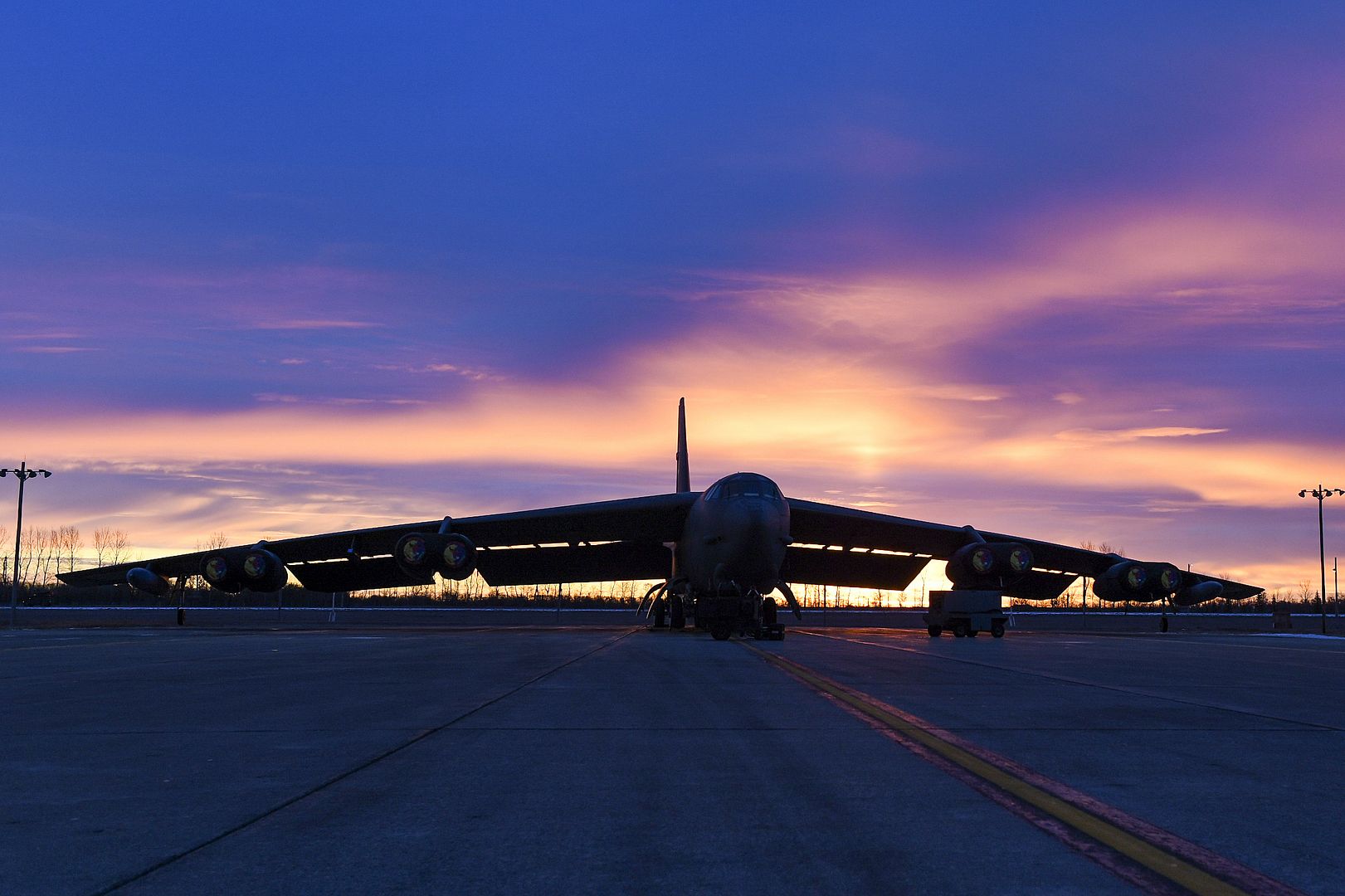
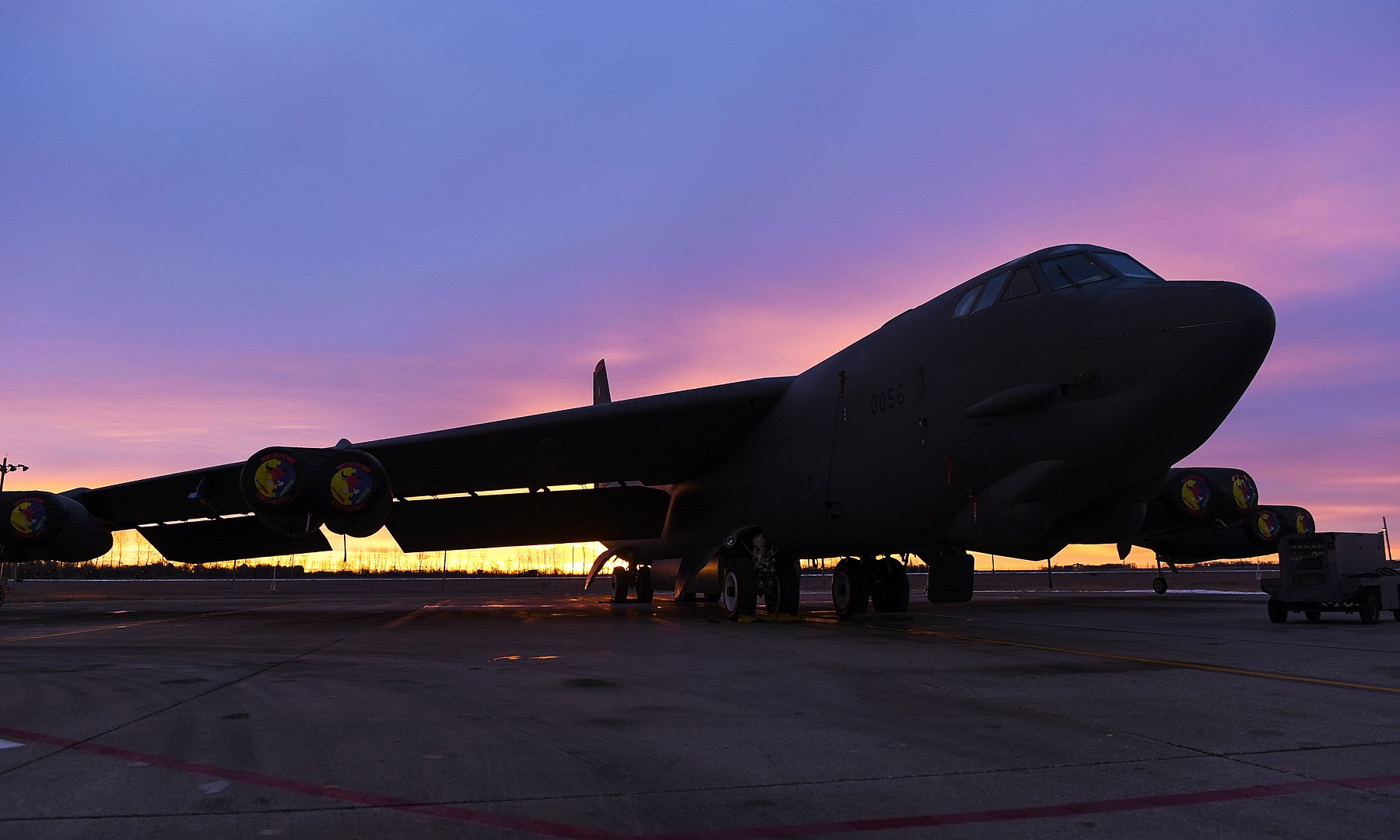
An F/A-18F Super Hornet, assigned to Strike Fighter Squadron (VFA) 41, launches from a steam-powered catapult on the flight deck aboard the aircraft carrier USS John C. Stennis (CVN 74) in the Arabian Sea, Dec. 12, 2018. The John C. Stennis Carrier Strike Group and the Essex Amphibious Ready Group are conducting integrated operations in the Arabian Sea to ensure stability and security in the Central Region, connecting the Mediterranean and the Pacific through the western Indian Ocean and three strategic choke points. (U.S. Navy photo by Mass Communication Specialist 3rd Class Grant G. Grady)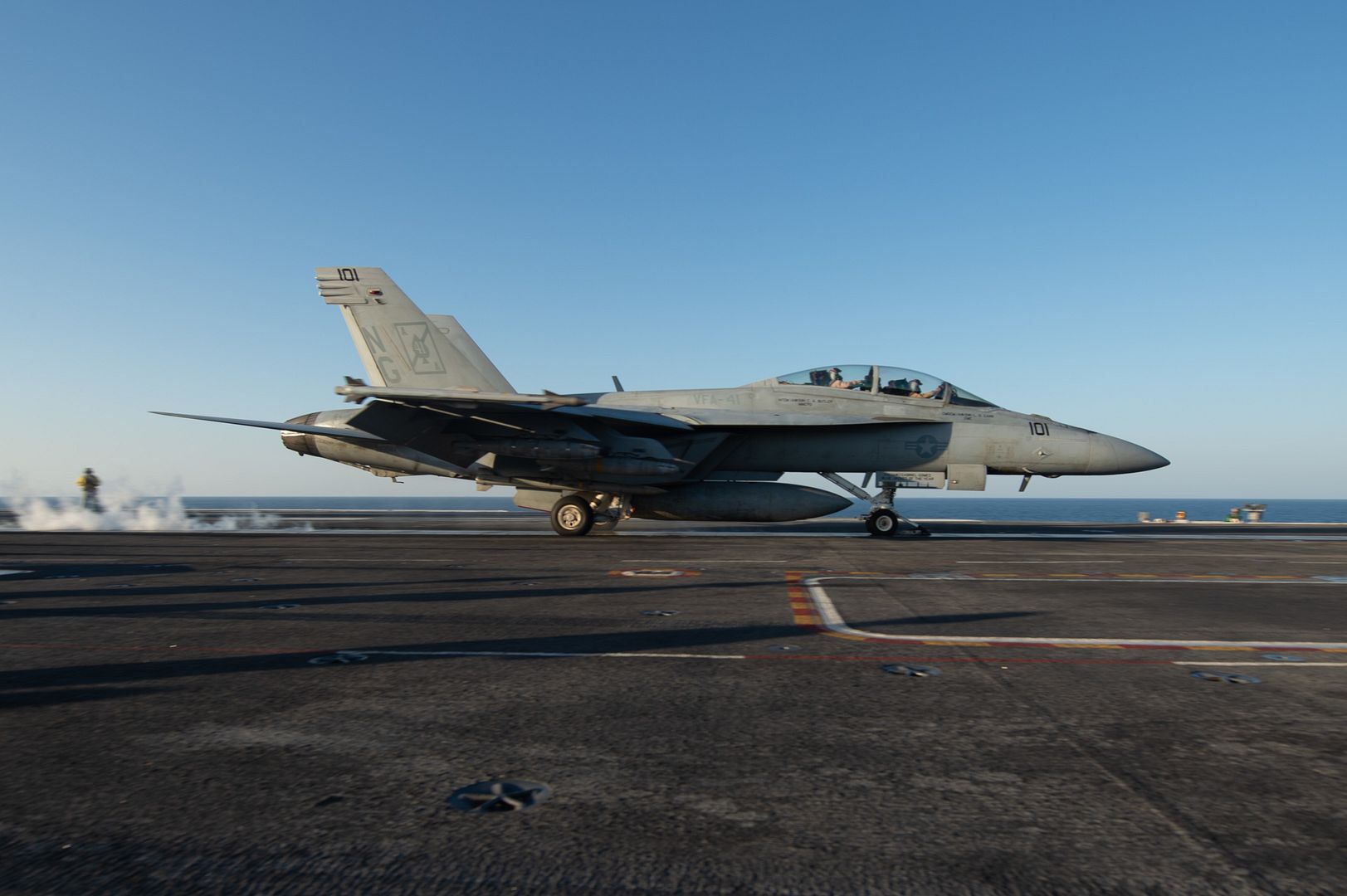
An F/A-18E Super Hornet, assigned to Strike Fighter Squadron (VFA) 151, prepares to launch off the flight deck aboard the aircraft carrier USS John C. Stennis (CVN 74) in the Arabian Sea, Dec. 10, 2018. The John C. Stennis Carrier Strike Group is deployed to the U.S. 5th Fleet area of operations in support of naval operations to ensure maritime stability and security in the Central Region, connecting the Mediterranean and the Pacific through the western Indian Ocean and three strategic choke points. (U.S. Navy photo by Mass Communication Specialist 3rd Class Skyler Moore)
An F/A-18E Super Hornet, assigned to Strike Fighter Squadron (VFA) 151, flies over the aircraft carrier USS John C. Stennis (CVN 74) in the Arabian Sea, Dec. 12, 2018. The John C. Stennis Carrier Strike Group and the Essex Amphibious Ready Group are conducting integrated operations in the Arabian Sea to ensure stability and security in the Central Region, connecting the Mediterranean and the Pacific through the western Indian Ocean and three strategic choke points. (U.S. Navy photo by Mass Communication 3rd Class Grant G. Grady)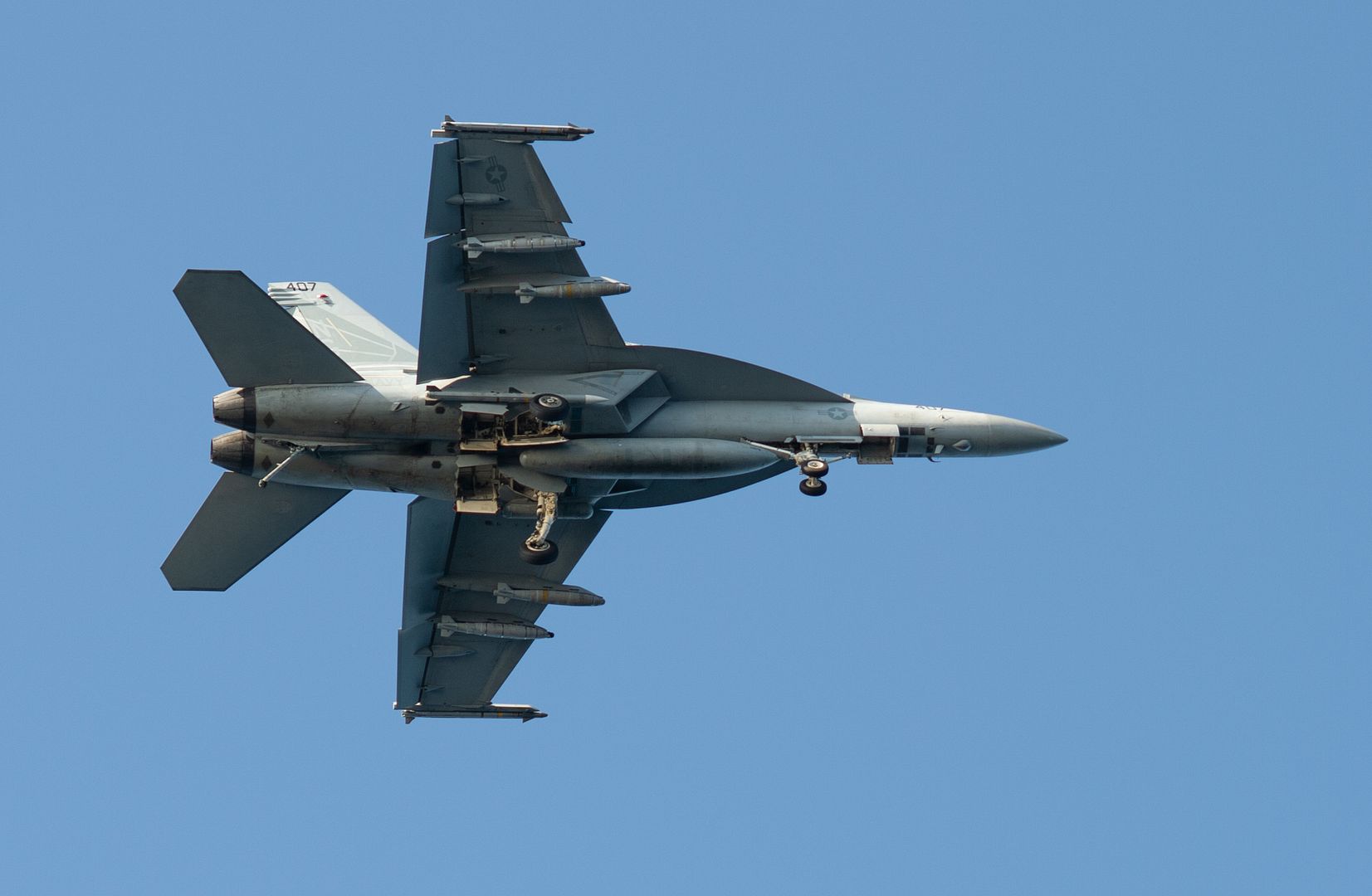
PROMONTORY, Utah ? Dec. 13, 2018 ? Northrop Grumman Corporation (NYSE: NOC) along with NASA and Lockheed Martin successfully performed a ground firing test of the abort motor for NASA?s Orion spacecraft Launch Abort System (LAS) at Northrop Grumman?s facility in Promontory, Utah. The abort motor is a major part of the LAS, which provides an enhancement in spaceflight safety for astronauts. The completion of this milestone brings Orion one step closer to its first flight atop NASA?s Space Launch System and to enabling humans to explore the moon, Mars and other deep space destinations beyond low-Earth orbit.
?Our astronauts? safety is our top priority,? said Steve Sara, director, launch abort motor program, Northrop Grumman. ?We never expect the launch abort motor to be used, but just like an ejection seat in a fighter pilot's aircraft, if they need it, it needs to work every time.?
The mission for Orion?s LAS is to safely jettison the spacecraft and crew out of harm?s way in the event of an emergency on the launch pad or during initial launch ascent. Today?s abort motor test, Qualification Motor-2, was the culmination of a series of component tests conducted over the past few years in preparation for qualification. Data from the test will confirm the motor can activate within milliseconds and will perform as designed under cold temperatures.
The abort motor, which stands over 17 feet tall and spans three feet in diameter, has a manifold with four exhaust nozzles. With its nozzles pointing skyward, it fired for five seconds; the exhaust plume flames reached approximately 100 feet in height. The high-impulse motor burns three times faster than a typical motor of this size, delivering the thrust needed to pull the crew module to safety. The motor achieved approximately 350,000 pounds of thrust in one eighth of a second, as expected. More analysis will be performed in the coming weeks, but all initial results indicate a successful test.
Northrop Grumman?s next major abort motor milestones include the Ascent Abort-2 Flight Test (AA-2) set to take place at Cape Canaveral Air Force Station, Florida, in 2019. Previous large-scale tests of the launch abort motor included a development motor test in 2008, a pad abort test of the complete launch abort system in 2010 and the Qualification Motor-1 static test in 2017.
For the AA-2 flight test, in addition to the launch abort motor Northrop Grumman will also provide the Abort Test Booster (ATB), which will launch NASA?s Orion spacecraft and LAS to on a preplanned trajectory to obtain data to be used for LAS performance assessment. The ATB uses the same rocket motor as the first stage of a Minotaur IV rocket.
Northrop Grumman is responsible for the launch abort motor through a contract to Lockheed Martin, Orion?s prime contractor. The Orion LAS program is managed out of NASA?s Langley Research Center in Virginia. Northrop Grumman produces the abort motor at its Magna, Utah facility and the attitude control motor at its Elkton, Maryland facility. The company also manufactures the composite case for the abort motor at its facility in Clearfield, Utah.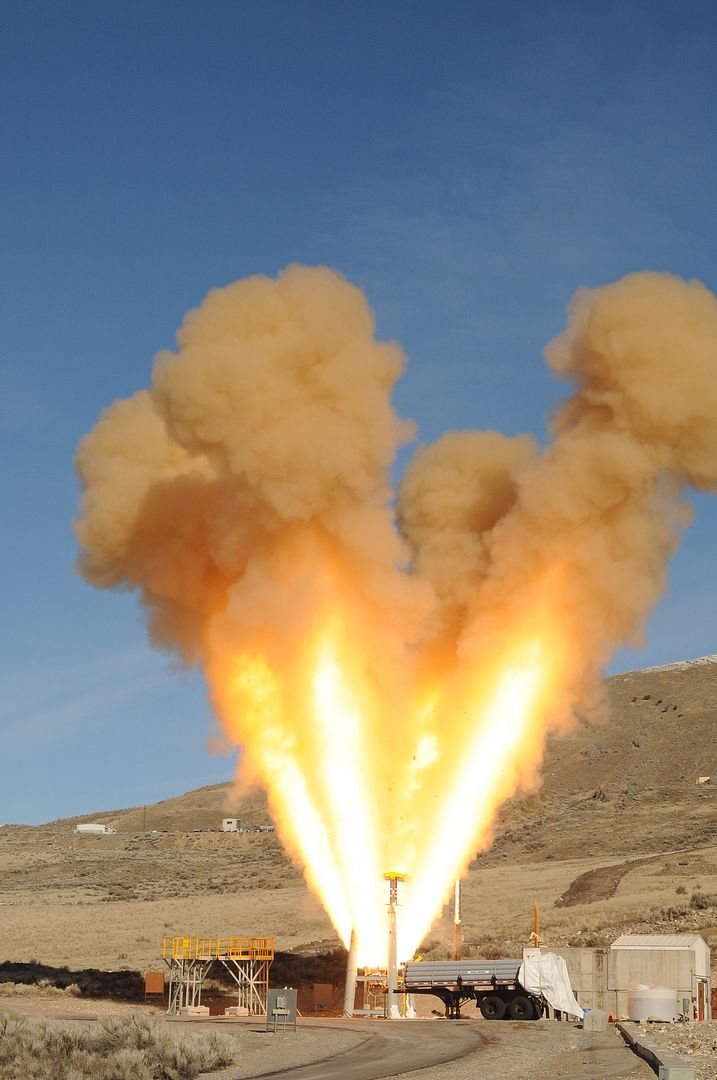
Madrid, 13 December 2018 ? Airbus Defence and Space has received a firm order from the French Defence Procurement Agency (DGA) for a further three A330 MRTT Multi-Role Tanker Transport aircraft.
The aircraft, known as Ph?nix in French service, constitute the third and final tranche of the multi-year contract for 12 A330 MRTTs signed by the French Ministry of Defence in 2014.
The first of the fleet was formally handed over in October and the remainder will be delivered by the end of 2023 under an accelerated timescale requested by France.
In French service the A330 MRTT will be powered by Rolls-Royce Trent 700 engines and equipped with a combination of the Airbus Refuelling Boom System and underwing hose-and-drogue refuelling pods. The aircraft can be configured in a variety of layouts carrying up to 272 passengers as well as medevac arrangements including the French MORPHEE intensive care module carrying up to ten patients as well as 88 passengers.
The combat-proven A330 MRTT has been ordered by 12 nations which have now placed firm orders for 60 aircraft, of which 34 have been delivered.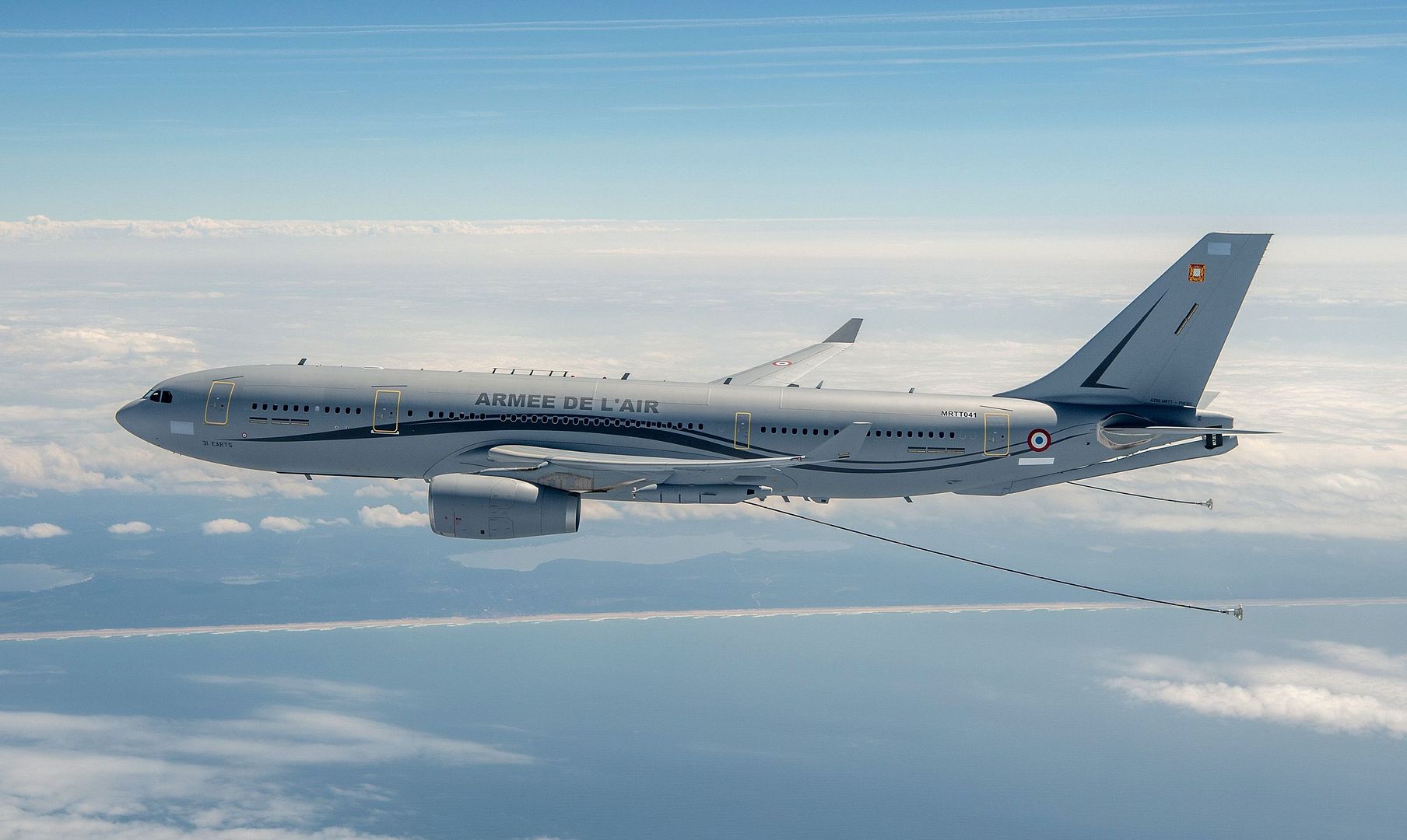
Donauw?rth ? The Federal Office of Bundeswehr Equipment, Information Technology and In-Service Support (BAAINWBw) has ordered seven H145 helicopters to replace the German Armed Forces? (Bundeswehr) obsolete Bell UH-1D search and rescue fleet. The aircraft will be delivered in 2020 and will be stationed at the sites in Niederstetten, Holzdorf and N?rvenich. Airbus Helicopters will also be responsible for logistics support, repair, and maintenance of the helicopters.
?We?re proud to have received another order for our H145 family from the Bundeswehr. This will further standardise the Bundeswehr?s fleet of light helicopters,? said Wolfgang Schoder, Airbus Helicopters? Executive Vice President Light Helicopters and Governmental Programmes. ?The helicopters already operated by the Bundeswehr have proven themselves in particular through their very high levels of operational availability, and we see a lot more possibilities for the flexible and reliable H145 family to perform a wide range of tasks in all branches of the armed forces.?
According to an agreement with the Federal Ministry of Transport, the Bundeswehr is also responsible for search and rescue operations in the event of aircraft accidents on German territory. It therefore maintains a fleet of search and rescue helicopters on permanent standby; and these helicopters are also available for use in national disaster management operations. The Bell UH-1D model currently in use by the Bundeswehr first entered into service in the early 1970s.
Among other features, the H145 LUH SAR (Light Utility Helicopter Search and Rescue) helicopters are equipped with high-performance cameras, searchlights, emergency beacon locator systems, a full suite of medical equipment, rescue winches and load hooks that can be used for fire-extinguishing tanks for example.
The H145M, the military version of the H145, is a tried-and-tested light twin-engine helicopter that was first delivered to the Bundeswehr in 2015 and has since also been ordered by Serbia, Hungary, Thailand and Luxembourg. Mission readiness of the H145Ms already in service is above 95%.
At its site in Laupheim, the Bundeswehr operates 15 H145Ms as light support helicopters for special forces. The helicopter pilots of all branches of the armed forces train on the H135, the H145?s ?little sister?.
Powered by two Safran Arriel 2E engines, the H145 is equipped with full authority digital engine control (FADEC) and the Helionix digital avionics suite. It includes a high-performance 4-axis autopilot, increasing safety and reducing pilot workload. Its particularly low acoustic footprint makes the H145 the quietest helicopter in its class.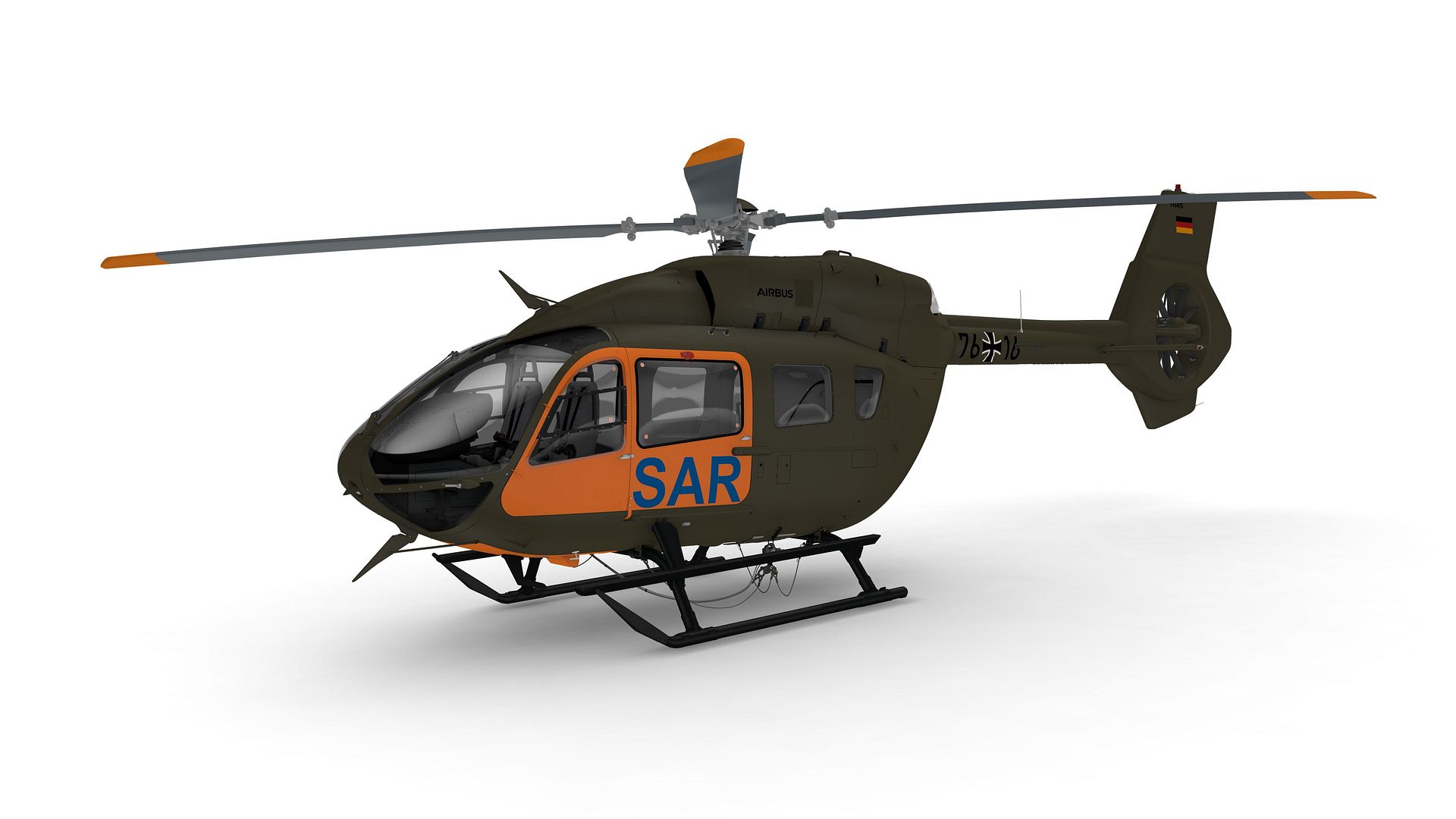
The first A380 for All Nippon Airways (ANA) has rolled out of the Airbus paint shop in Hamburg, Germany, bearing the airline?s distinctive and unique Hawaiian green sea turtle livery.
ANA has firm orders for three A380s, becoming the first customer for the superjumbo in Japan. The airline will take delivery of the first A380 at the end of the first quarter of 2019 and will operate the aircraft on the popular leisure Narita-Honolulu route.
The three ANA A380s will be painted in a special livery depicting sea turtles which are native to Hawaii. The first aircraft is blue, the second will be green and the third orange. The ANA A380 livery is one of the most elaborate ever painted by Airbus. It took 21 days for the Airbus team to paint a surface of 3,600m2 using 16 different shades of color.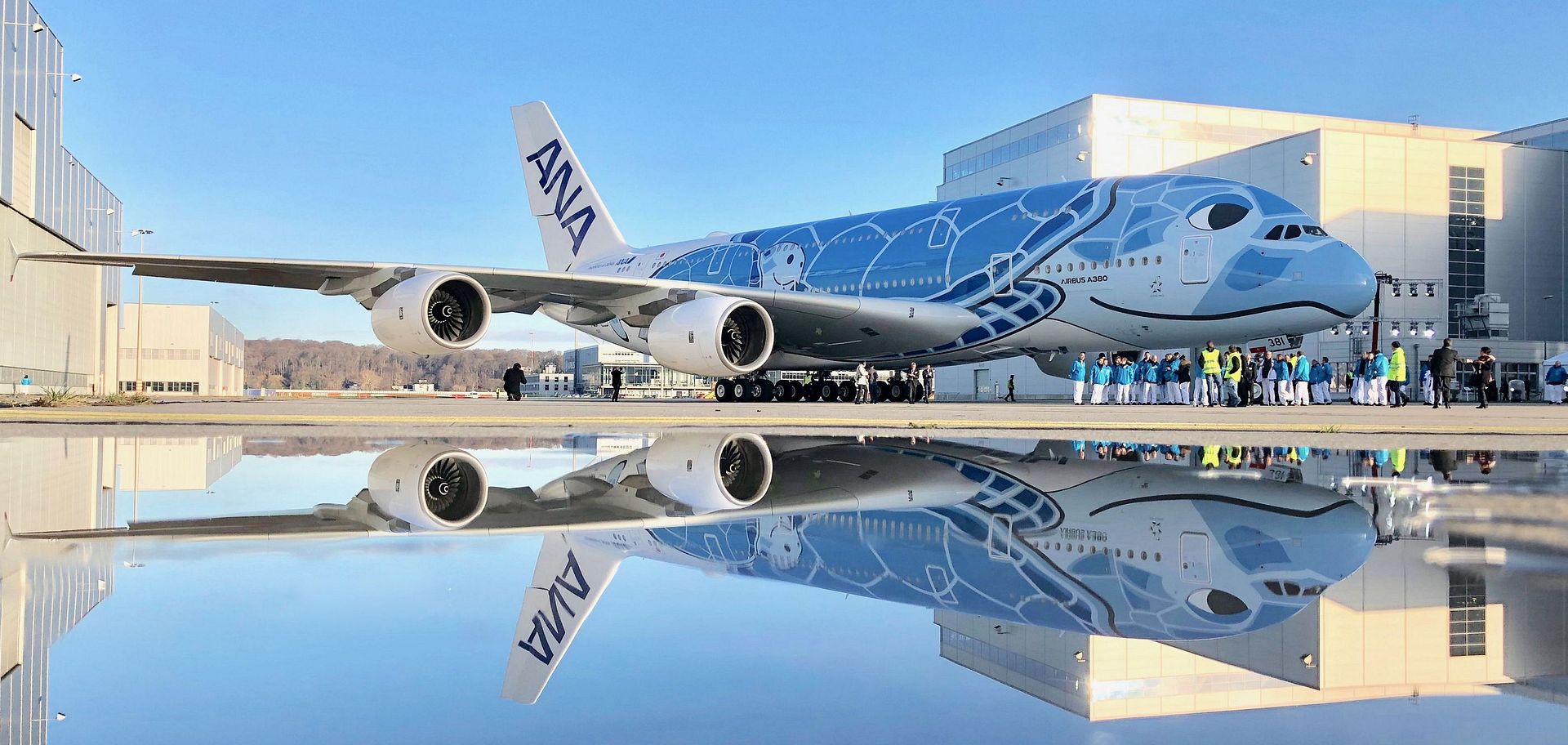
The aircraft will now have completion of its cabin and enter a final phase of ground and flight tests in Hamburg, during which all cabin systems will be thoroughly tested, including air flow and air conditioning, lighting, galleys, lavatories, seats and in-flight entertainment. In parallel, Airbus will also undertake advanced aircraft performance tests before it flies back to Toulouse for preparation of its delivery and ferry flight.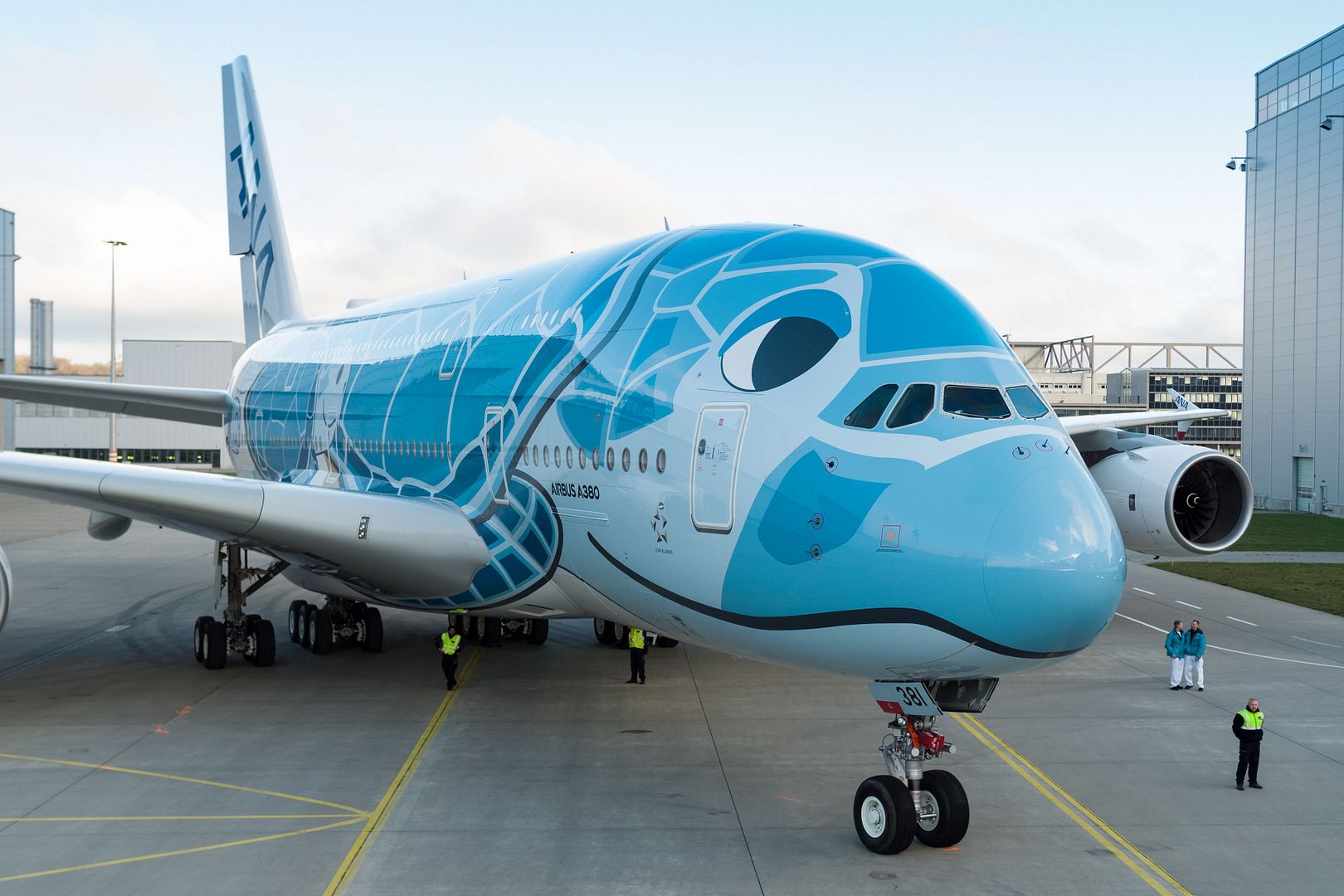
As one of the world?s most prestigious airlines, ANA will be able to benefit from the A380?s proven operating economics and unrivalled passenger appeal. Offering more personal space than any other aircraft, the A380 is the most efficient solution to meeting growth on the world?s most heavily travelled routes, carrying more passengers with fewer flights at lower cost and emissions.
At the end of November, Airbus has delivered 232 A380s, with the aircraft now in service with 14 airlines worldwide.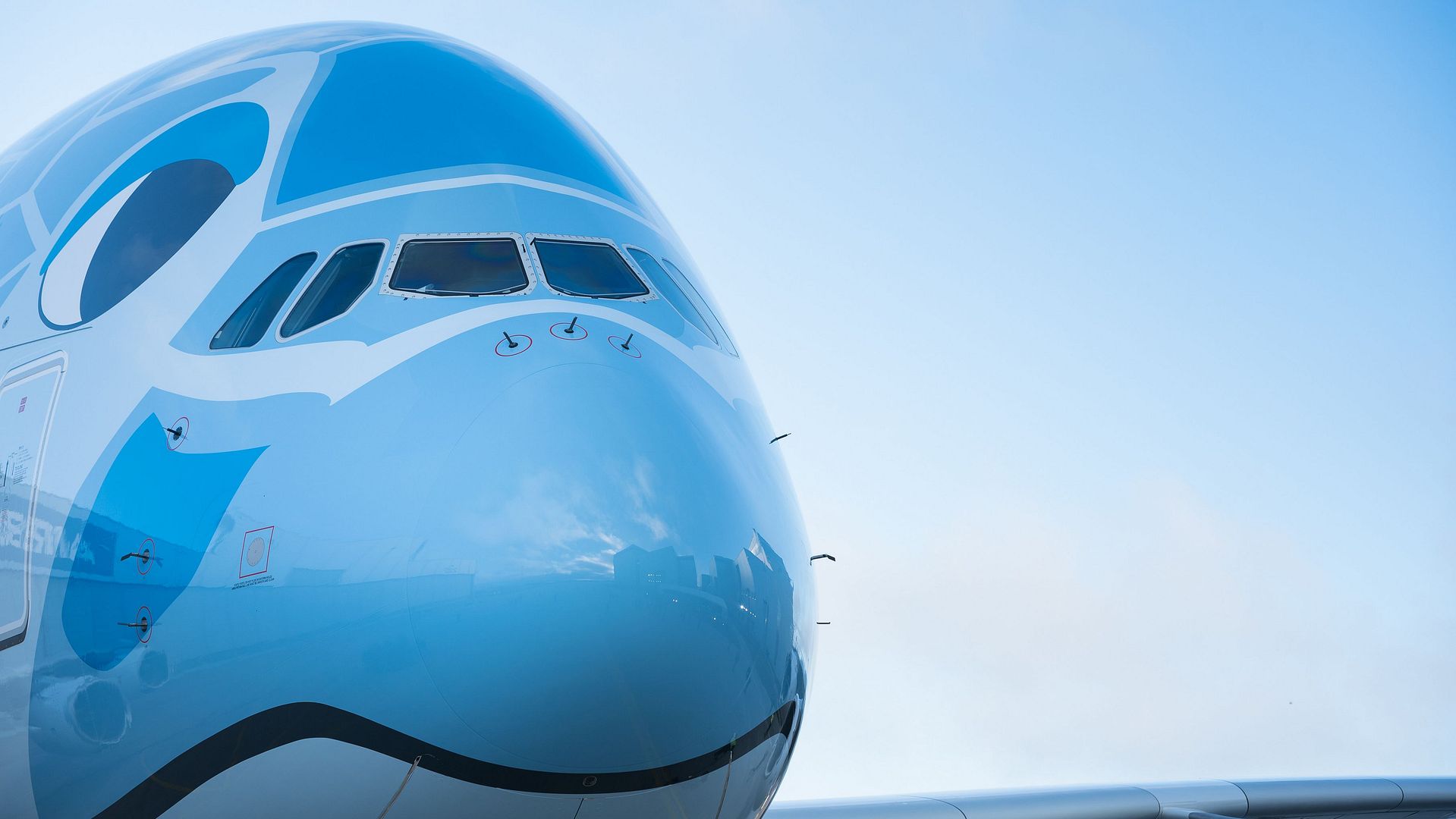
-
 Main AdminA U.S. Marine Corps CH-53E Super Stallion drops an improved ribbon bridge at Del Mar Boat Basin, Camp Pendleton, Calif., Dec. 13, 2018. The operation was conducted to increase tactical bridging proficiency during an Improved Ribbon Bridge operation. (U.S. Marine Corps photo by Lance Cpl. Betzabeth Y. Galvan)
Main AdminA U.S. Marine Corps CH-53E Super Stallion drops an improved ribbon bridge at Del Mar Boat Basin, Camp Pendleton, Calif., Dec. 13, 2018. The operation was conducted to increase tactical bridging proficiency during an Improved Ribbon Bridge operation. (U.S. Marine Corps photo by Lance Cpl. Betzabeth Y. Galvan)
Master Sgt. Anthony Walter, 128th Air Refueling Squadron boom operator, conducts air refueling operations with an U.S. Navy F/A-18 Hornet Dec. 12, 2018, over the Pacific Ocean as part of a routine Sentry Aloha exercise. The KC-135 Stratotanker offloaded 26,000 pounds of fuel to the visiting Hornets, from China Lake, during the training sortie. (U.S. Air National Guard photo by Master Sgt. Mysti Bicoy)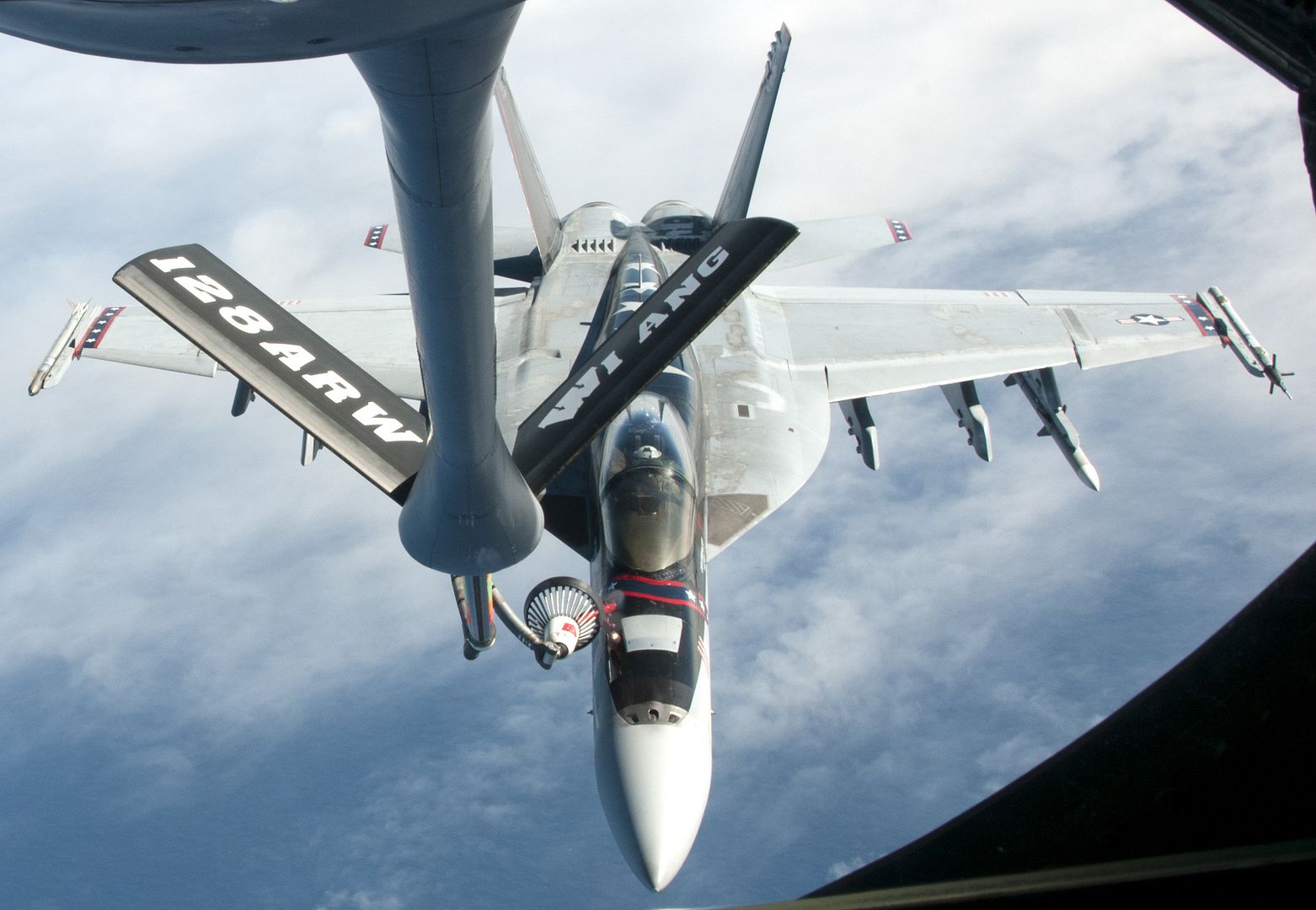
An F/A-18E Super Hornet, assigned to Strike Fighter Squadron (VFA) 14, launches from the flight deck of the aircraft carrier USS John C. Stennis (CVN 74) in the Arabian Sea, Dec. 13, 2018. The John C. Stennis Carrier Strike Group and the Essex Amphibious Ready Group are conducting integrated operations in the Arabian Sea to ensure stability and security in the Central Region, connecting the Mediterranean and the Pacific through the western Indian Ocean and three strategic choke points. (U.S. Navy photo by Mass Communication Specialist 3rd Class Grant G. Grady)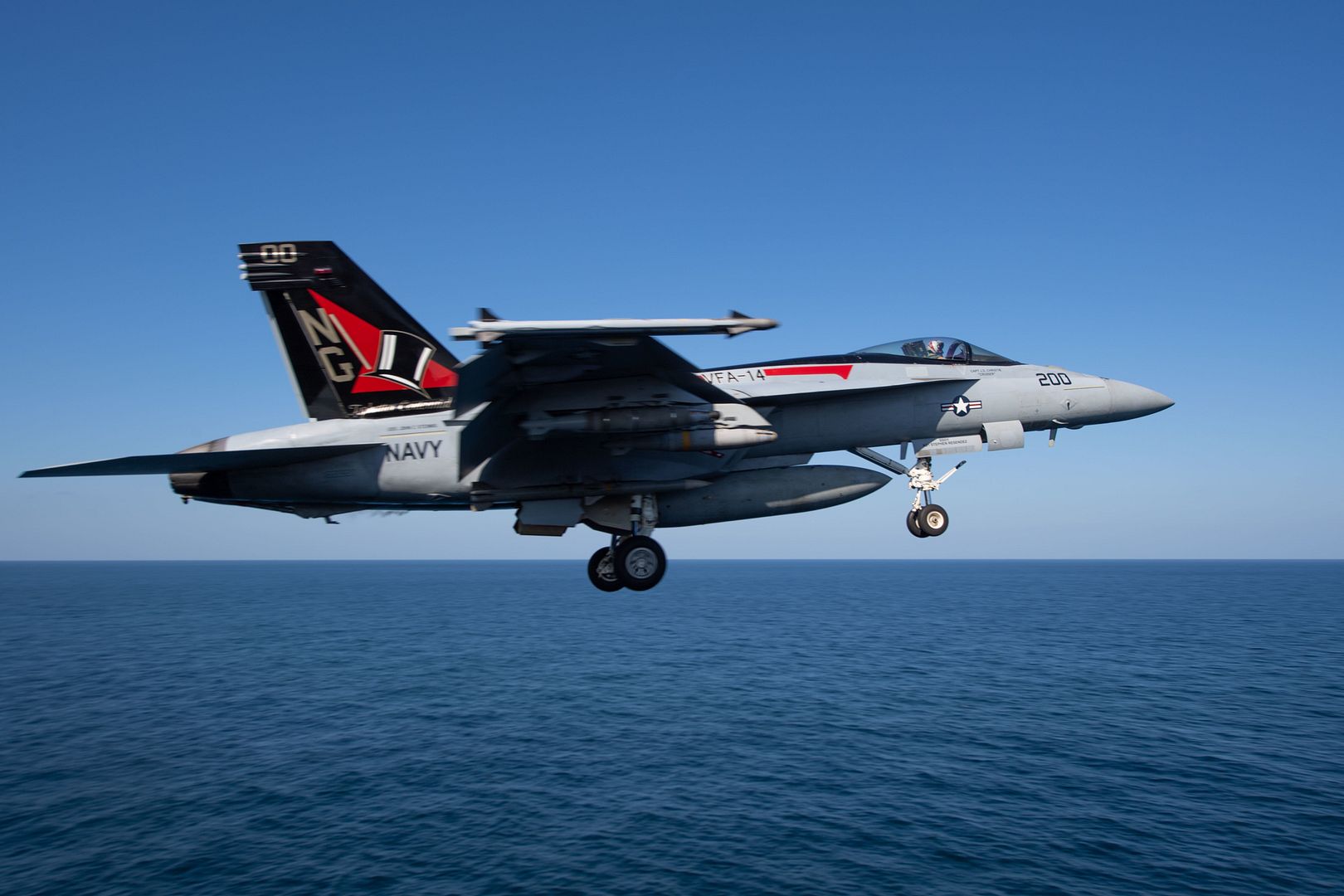
Hawaii Air National Guard F-22 Raptors, from the 199th Fighter Squadron, fly beside a Wisconsin Air National Guard KC-135 Stratotanker Dec. 11, 2018, during fighter-exercise Sentry Aloha near the Hawaiian Islands. The F-22s possess a sophisticated sensor suite allowing the pilot to track, identify, shoot and kill air-to-air threats before being detected. The 199th FS is part of the the largest Air National Guard wing in the nation, the 154th Wing. (U.S. Air National Guard photo by Senior Airman John Linzmeier)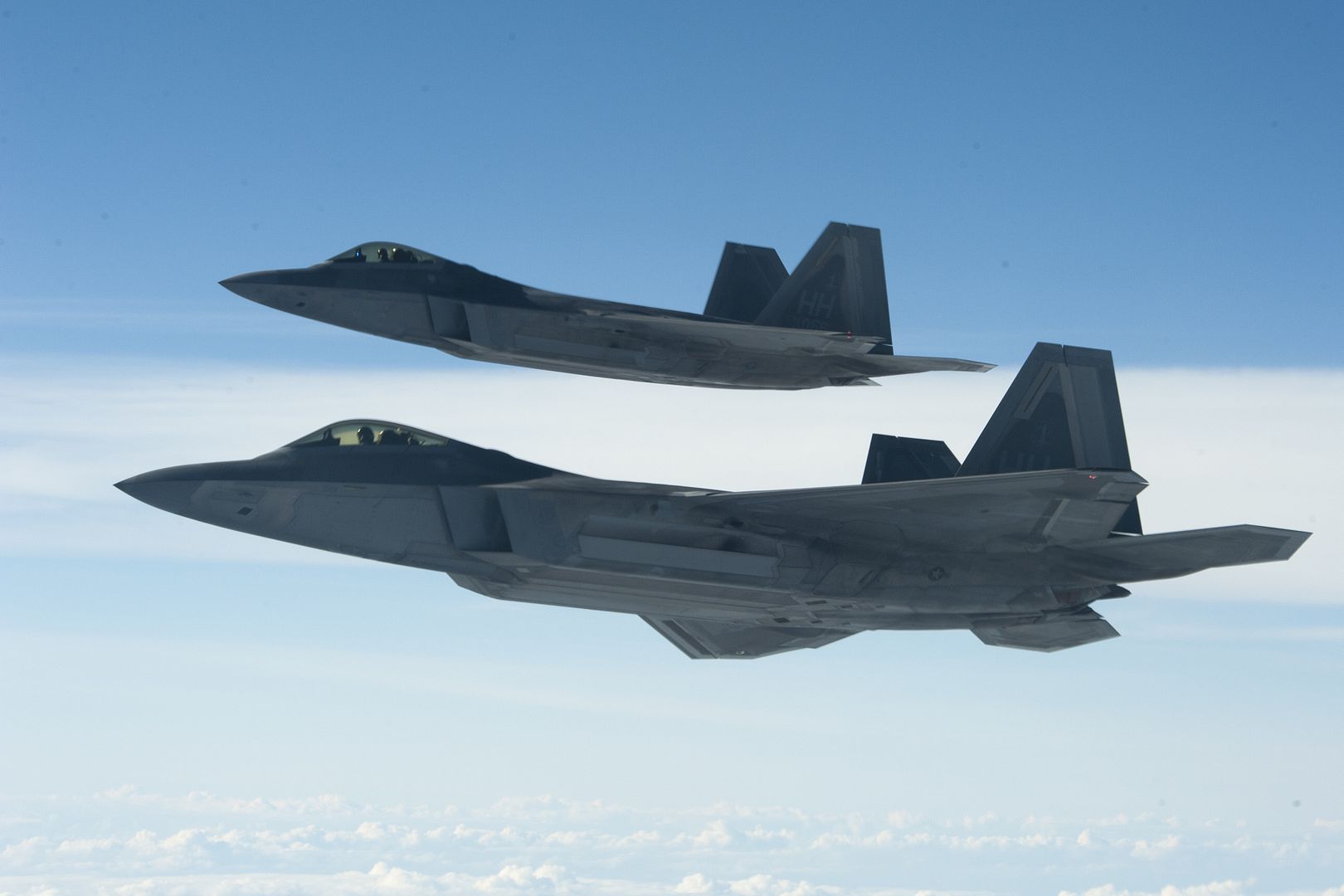
A Hawaii Air National Guard F-22 Raptor, from the 199th Fighter Squadron, flies behind a Wisconsin Air National Guard KC-135 Stratotanker Dec. 11, 2018, during fighter-exercise Sentry Aloha near the Hawaiian Islands. Sentry Aloha provides tailored, cost effective and realistic combat training for U.S. Air Force, Air National Guard and other Department of Defense services to provide U.S. warfighters with the skill sets necessary to perform their homeland defense and overseas combat missions. (U.S. Air National Guard photo's by Senior Airman John Linzmeier)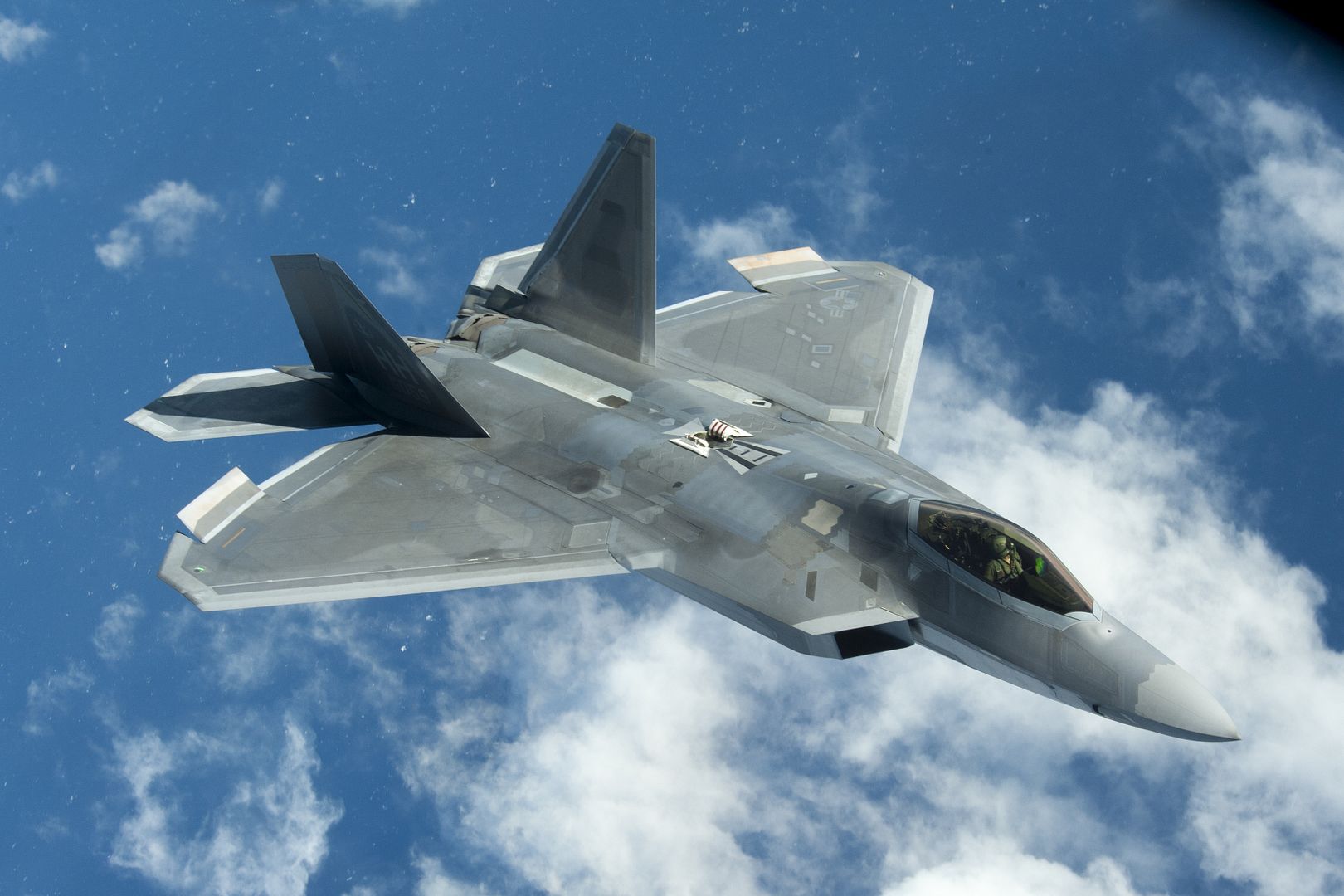
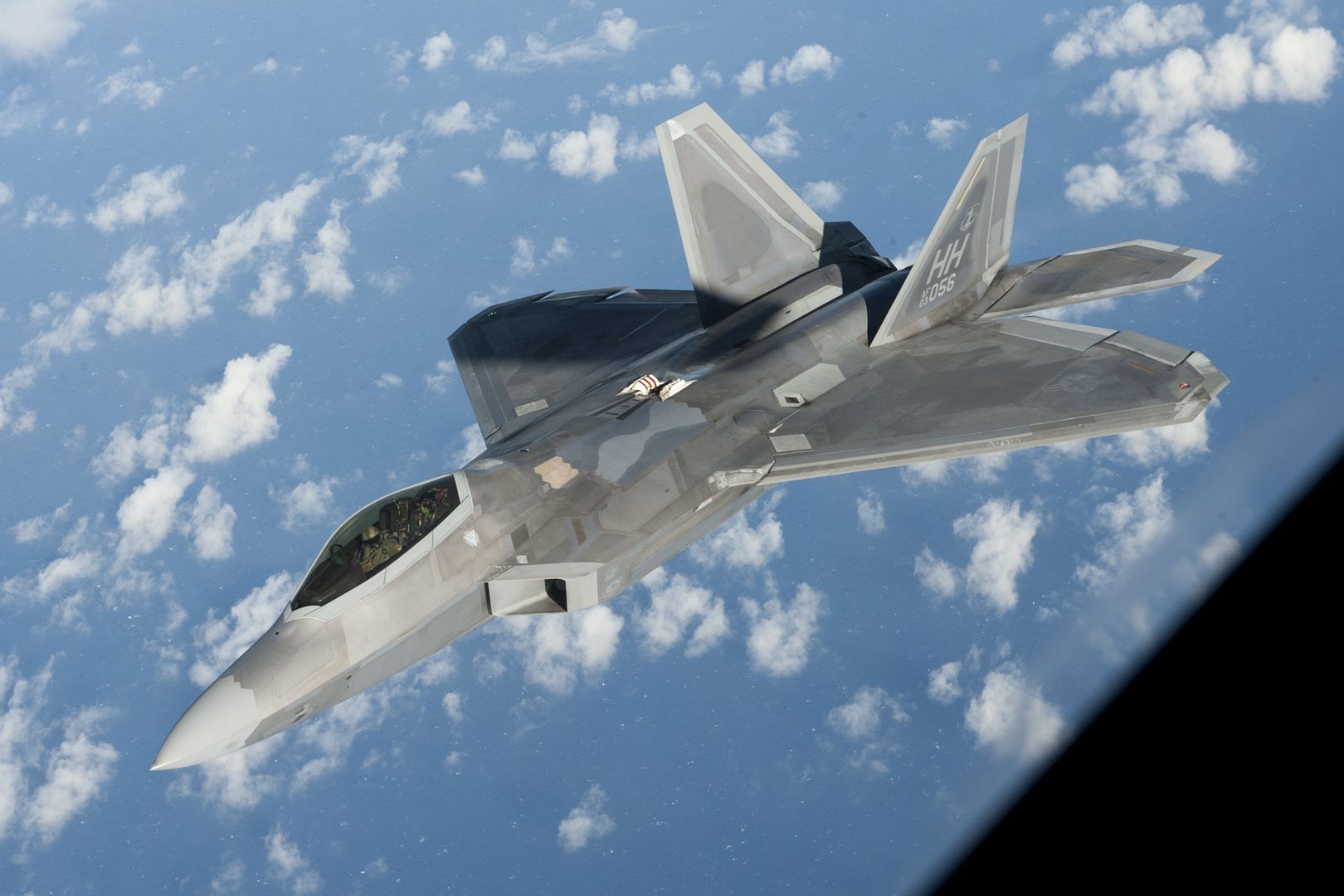
EVERETT, Wash., Dec. 13, 2018 /PRNewswire/ -- Boeing [NYSE:BA] today delivered the 787th 787 Dreamliner to come off the production line, marking a special milestone for the super-efficient airplane family and the fastest-selling twin-aisle jet in history.
Since its first delivery in September, 2011, the 787 family has flown nearly 300 million passengers on more than 1.5 million flights around the world, including more than 210 new nonstop routes made possible by the airplane's superior fuel efficiency and range.
"Reaching this milestone delivery is a testament to our amazing Boeing team who build the world's most capable and reliable airplanes," said Kevin McAllister, president & chief executive officer for Boeing Commercial Airplanes. "This delivery also reflects the special capabilities of the 787 Dreamliner. The growing fleet continues to deliver unmatched efficiency, open new routes, and provide an exceptional passenger experience."
The airplane was delivered to AerCap, the world's largest lessor and 787 customer. Sporting a special logo commemorating the production milestone, the airplane will be leased and operated by China Southern, which continues to expand its long-haul fleet of 787 Dreamliners, including 10 787-8s and eight 787-9s.
"As one of the 787 launch customers and the first Chinese airline to operate the 787, we are honored to celebrate this important milestone with China Southern Airlines," said Ihssane Mounir, senior vice president of Commercial Sales & Marketing for The Boeing Company. "We also thank AerCap for their large commitment to the Dreamliner. They continue to be a valued partner and we look forward to celebrating many more milestones with them in the coming years."
China Southern Airlines first ordered 10 787-8 Dreamliners in 2005 and further increased its capability on long-haul routes when they placed an order for 787-9s in 2016.
The 787s have enabled the airline to launch a number of non-stop global routes, connecting Guangzhou to London and Rome in Europe; Vancouver, British Columbia, in North America; and Perth, Auckland, and Christchurch in the Oceania region.
About China Southern Airlines
As China's largest airline by fleet size, China Southern Airlines currently operates more than 800 aircraft, including Boeing 787, 777, 747 and 737s. The carrier operates more than 3,000 daily flights to 224 destinations in 40 countries and regions across the world.
About AerCap
AerCap is the global leader in aircraft leasing with, as of September 30, 2018, 1,457 owned, managed or on order aircraft in its portfolio. AerCap has one of the most attractive order books in the industry. AerCap serves approximately 200 customers in approximately 80 countries with comprehensive fleet solutions. AerCap is listed on the New York Stock Exchange (AER) and has its headquarters in Dublin with offices in Shannon, Los Angeles, Singapore, Amsterdam, Shanghai, Abu Dhabi, Seattle and Toulouse.
Astana, Kazakhstan, December 14, 2018 ? Air Astana, the flag carrier of Kazakhstan, presented its first E190-E2 jet in a ceremony held today in Astana. The airline will receive four additional E190-E2s next year, with the last of the five aircraft, leased by AerCap, being delivered in the final quarter of 2019. The Kazakhstan airline will start flying the new aircraft on domestic and Commonwealth of Independent States (CIS) routes later this month.
?All of us at Air Astana are pleased to receive our first E190-E2, and we look forward to a smooth entry into service and a simple transition for our pilots. We know Embraer's E-Jets well, and have high expectations for their new generation aircraft in terms of economics, environmental impact, and levels of comfort and convenience for our customers,? said Peter Foster, President of Air Astana.
Air Astana?s first E190-E2 features a ?snow leopard? livery, designed and hand painted by Embraer in the ?Profit Hunter? style. Air Astana?s snow leopard joins the now famous Eagle, Tiger, and Shark E2s with the distinctive ?Profit Hunter? nose art. For Air Astana however, the paint scheme is designed to draw global attention to the threat of extinction faced by the wild cat. The snow leopard is an official symbol of Kazakhstan and is native to the country?s southern mountain ranges.
Foster continued. ?Our passengers, staff, and in fact the whole of Kazakhstan will appreciate the amazing depiction of the snow leopard on our new jet. The snow leopard embodies the resilience and ambition of our nation, and we all strive to save these magnificent creatures from extinction and for posterity?.
?We are honored to deliver our most advanced commercial aircraft to our good friends at Air Astana?, said John Slattery, President & CEO, Embraer Commercial Aviation. ?For a manufacturer, there is no better reward than to see a customer?s business continuously growing with our products. Air Astana?s decision to embrace the E2 program is a further measure of trust in Embraer and in the E-Jets family of commercial aircraft.?
The delivery marks the beginning of Air Astana's fleet renewal. Currently the airline operates fleet of E190s aircraft, the first of which was delivered in 2011.
The E190-E2 is the first of three new aircraft types that will make up the Embraer E2 family of aircraft developed to succeed the first-generation E-Jets. Compared to the first-generation E190, the E190-E2 burns 17.3% less fuel and nearly 10% less than its direct competitor. This makes it the most efficient single-aisle aircraft on the market. The E190-E2 brings more flexibility with maximum range of up to 3,293 miles (5,300 km), about 621 miles (1,000 km) more than the first-generation E190.
The E190-E2 also generates significant savings for airlines in terms of maintenance costs, with a reduction of up to 25%. It has the longest maintenance intervals with 10,000 flight hours for basic checks and no calendar limit in typical E-Jets utilization. This means an additional 15 days of aircraft utilization over a period of ten years.
Pilots of the first-generation E-Jets require only two-and-a-half days of training without the need for a full flight simulator in order to fly the E2, which decreases the training burden and saves both time and money for the airlines. The E2 cockpit features advanced Honeywell Primus Epic 2 integrated avionics. Combined with the closed-loop fly-by-wire controls, the systems work together to improve aircraft performance, decrease pilot workload and enhance flight safety.
From the passenger?s perspective, the E2 cabin features a comfortable two-by-two layout. The absence of a middle seat enables passengers to have an enjoyable flight experience with more legroom and additional luggage storage space.
Embraer is the world?s leading manufacturer of commercial jets with up to 150 seats. The Company has 100 customers from all over the world operating the ERJ and E-Jet families of aircraft. For the E-Jets program alone, Embraer has logged almost 1,800 orders and 1,400 deliveries, redefining the traditional concept of a regional aircraft. Today, E-Jets are flying in fleets of 70 customers in 50 countries.
About Air Astana
Air Astana, a flag carrier of Kazakhstan, operates flights to over 60 domestic and international routes from hubs in Astana and Almaty. The company was incorporated in late 2001 and commenced operations on 15 May 2002. The airline flies an all-western fleet of 34 leased and owned aircraft and is a member of IATA.
Air Astana became the first carrier from the Commonwealth of Independent States and Eastern Europe to be awarded a prestigious 4-Star rating by Skytrax at its World Airline Awards 2012 and was also named ?The Best Airline in Central Asia and India? that year. Both achievements were repeated in 2013, 2014, 2015, 2016, 2017 and 2018. The company also received a 5-Star rating in major regional airlines category at the APEX awards 2018 and was named Winner in TripAdvisor 2018 Travellers' Choice Awards.
Air Astana is a joint venture between Kazakhstan?s national wealth fund Samruk-Kazyna (51%) and BAE Systems PLC (49%). For more information, visit www.airastana.com.
-
 Main AdminEGLIN AIR FORCE BASE, Fla. (AFNS) -- F-22 Raptors from the 27th Fighter Squadron and F-35 Lightning IIs from the 58th Fighter Squadron successfully flew more than 140 sorties and fired 13 missiles to culminate the first post-Hurricane Michael Combat Archer air-to-air exercise at Eglin Air Force Base Dec. 14.
Main AdminEGLIN AIR FORCE BASE, Fla. (AFNS) -- F-22 Raptors from the 27th Fighter Squadron and F-35 Lightning IIs from the 58th Fighter Squadron successfully flew more than 140 sorties and fired 13 missiles to culminate the first post-Hurricane Michael Combat Archer air-to-air exercise at Eglin Air Force Base Dec. 14.
?This is the final step of our combat readiness ? we assess our operations and maintenance personnel as well as the aircraft itself,? said Lt. Col. Marcus McGinn, 27th Fighter Squadron commander. ?We need to make sure we have the ability to load missiles, the aircraft are configured correctly, the aircraft perform as they should when you press the pickle button, the missile performs as advertised and the pilots know what to expect. All of these aspects must be tested and proven prior to actually needing the process to work in combat.?
The 27th FS brought 200 personnel from Joint Base Langley-Eustis, Virginia, to participate in the exercise, which was flown out of Eglin AFB due to the rebuilding efforts at Tyndall AFB.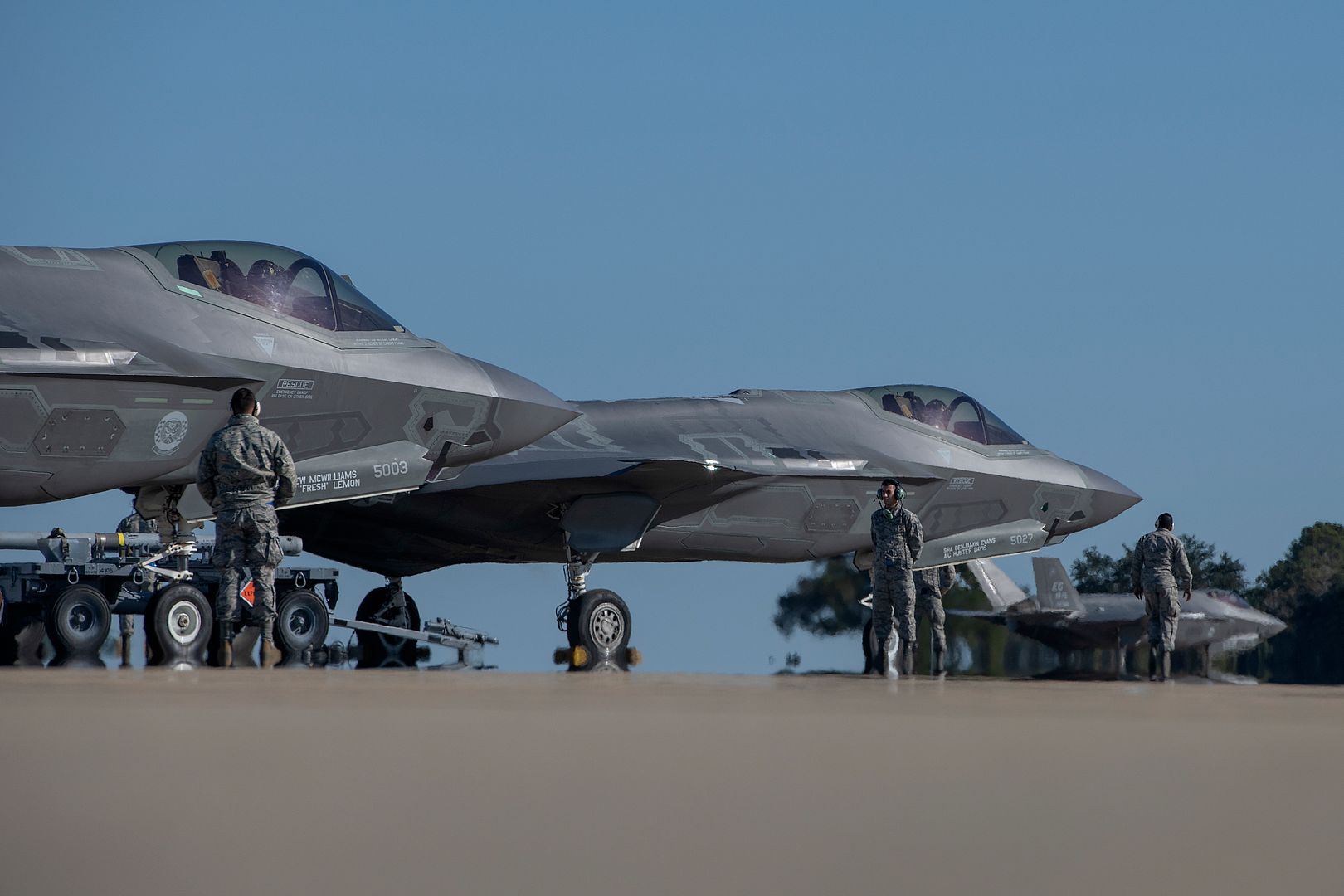
?The amount of coordination that goes into a single missile shoot cannot be quantified. The ability for the 83rd Fighter Weapon Squadron to accomplish this coordination across two different locations, with the infrastructure limitations that Tyndall (AFB) currently has, was unbelievable,? said McGinn.
This was the second Combat Archer the 27th Fighter Squadron has participated in this year. Of the 30 F-22 pilots, six were first-time shooters.
?While this was the first time I fired a live missile, I wasn?t nervous,? said 1st Lt. Jake Wong, 27th Fighter Squadron F-22 pilot. ?There is the seriousness that I have a live missile on my jet today, which is not something we do every day. The training is really good and the flight profile is controlled so we know what to expect to ensure we fire the missile safely.?
While the aircraft took off from Eglin AFB, the sub-scale drones assigned to the 82 ATRS, took off from Tyndall AFB.
?No other Air Force in the world comes close to the same scale of weapons testing as the U.S. Air Force,? said Lt. Col Ryan Serrill, 82nd ATRS commander. ?We recognize the importance of this data to continually improve our warfighters? ability which is why it was important to resume the Combat Archer mission so soon after the hurricane.?
The 83rd FWS conducted telemetry data collection and missile analysis, 81st Range Control Squadron conducted command and control and the 53rd Test Support Squadron provided electronic attack pods out of Tyndall AFB.
(U.S. Air Force photo's by Staff Sgt. Peter Thompson)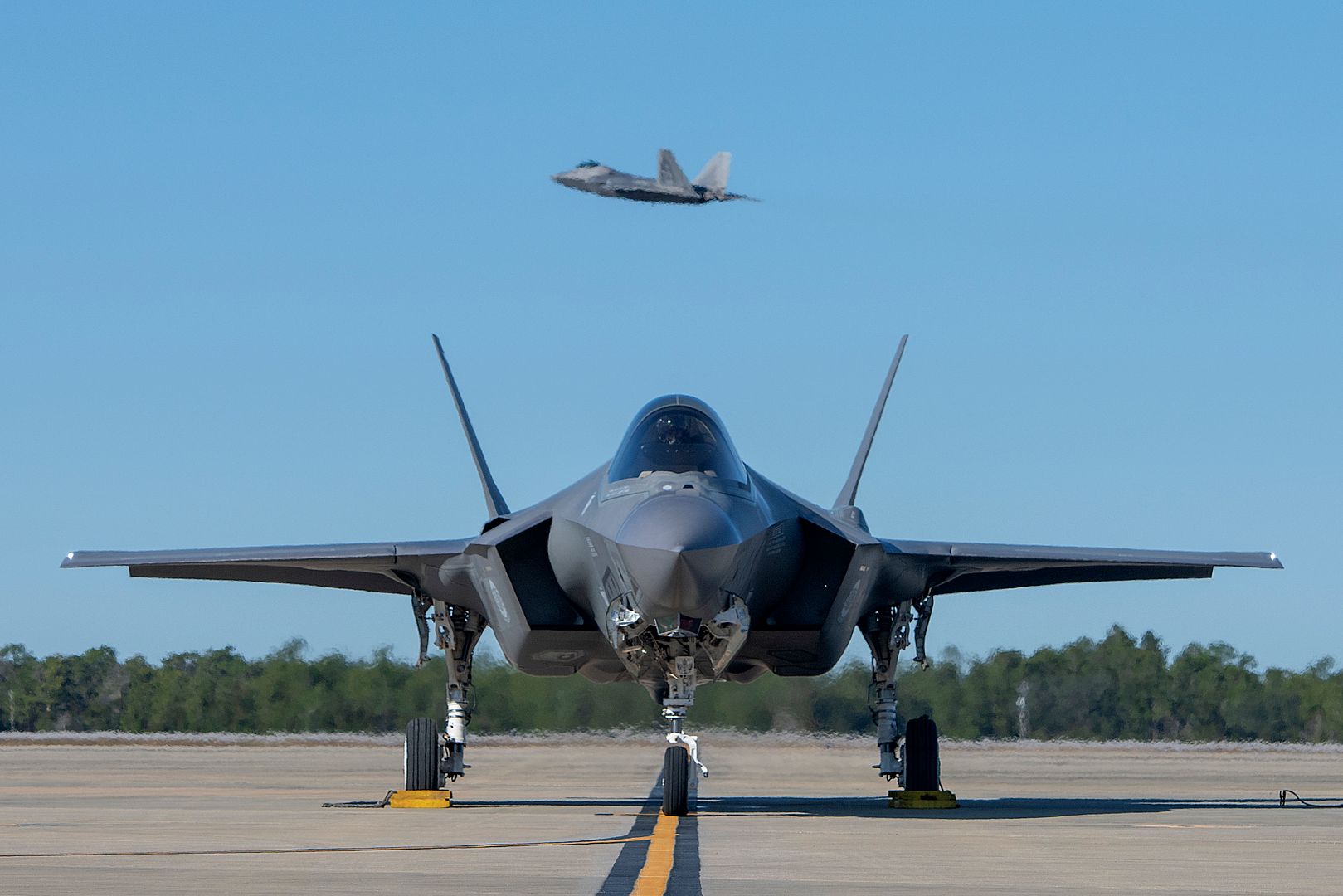
LE SHIMA ISLAND, Okinawa (Dec. 5, 2018) An F-35B Lightning II assigned to Marine Fighter Attack Squadron (VMFA) 121, Marine Aircraft Group 12, 1st Marine Aircraft Wing, performs a vertical landing during field carrier landing practice at Ie Shima Island in Okinawa, Japan, Dec. 5, 2018. The F-35B landed, refueled and took off for the first time at Ie Shima Island. (U.S. Marine Corps photo's by Lance Cpl. Alexia Lythos/Released)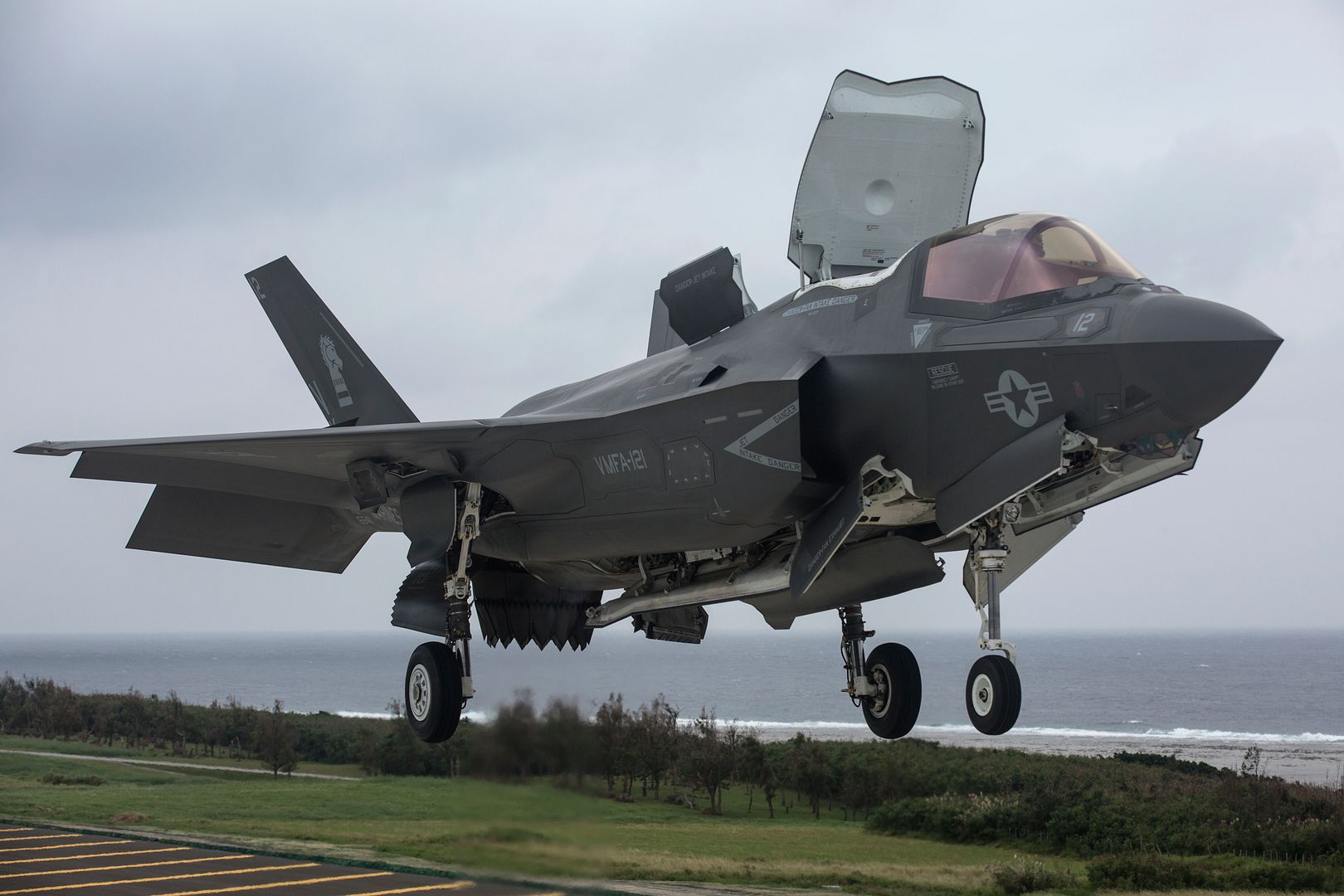

Budapest ? The Hungarian Ministry of Defence has ordered 16 H225M multi-purpose helicopters equipped with the HForce weapon management system. Together with the helicopters, Airbus will also provide an extensive training and support package to ensure the highest level of operational availability.
?I am thankful for the trust that the Hungarian Government has placed in our company to support its ambitious ?Zrinyi 2026? armed forces modernisation programme. Our teams have witnessed the professionalism and enthusiasm of the Hungarian experts and pilots whose contribution has been key to ensuring the success of this project? said Bruno Even, Airbus Helicopters CEO. ?This new contract confirms the H225M as a combat-proven, multi-role platform operated by the most demanding military customers worldwide. The Hungarian armed forces will be able to rely on the cost-efficient H145M / H225M tandem that will enable them to cover all of the major military missions, from light utility, tactical transport, combat search and rescue up to light attack.?
The H225Ms selected by Hungary will be equipped with state-of-the-art communication capabilities and will be used for transport, combat search and rescue, and special operations missions. Its state-of-the art avionics and four axis autopilot, exceptional range and payload capacities, combined with a large cabin designed to carry up to 28 troops and powerful air-to-ground and air-to-surface armament as well as electronic warfare systems allow the H225M to carry out the most demanding missions. The helicopter has an all-weather capability supported by its night vision goggle compatibility.
The H225M is currently in service across the globe with 88 helicopters having been delivered so far. It recently surpassed the 100,000 flight hour milestone, following its first delivery to the French Air Force in 2006. Since then the 11-metric-tonne H225M has proven its reliability and durability in multiple combat environments and crisis areas.
With this contract, Hungary becomes the 9th country to have selected the H225M. A member of the multi-role Super Puma family of helicopters, this military variant is currently operational in France, Brazil, Mexico, Malaysia, Indonesia and Thailand, and has recently been ordered by Kuwait and Singapore.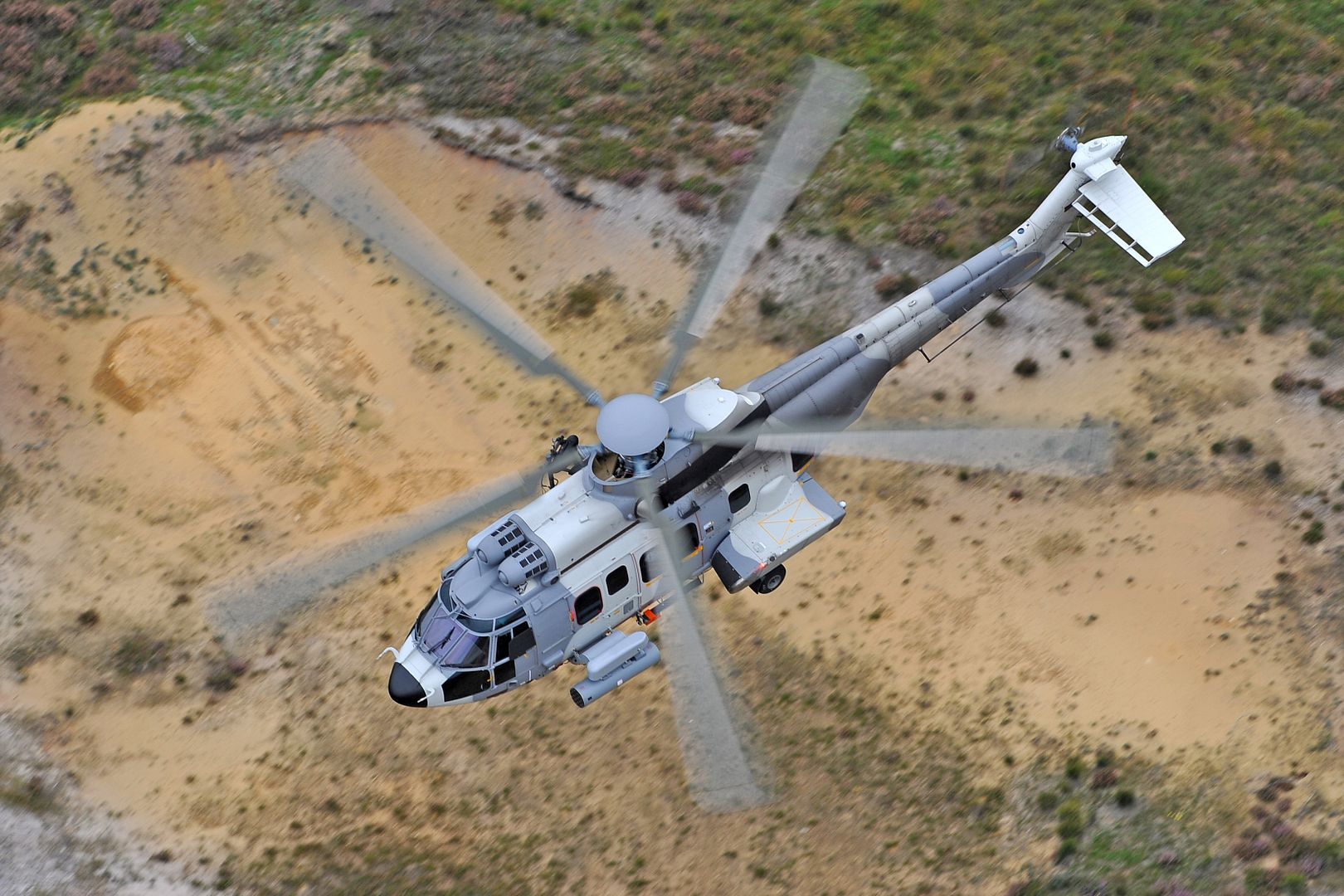
Marignane - The German Federal Police (Bundespolizei) has taken delivery of three heavy H215 helicopters, with a fourth to follow in June 2019. These twin-engine multi-role Super Pumas will enter operation at the beginning of 2020 supporting the Central Command for Maritime Emergencies (CCME), which oversees maritime missions off of Germany?s coast.
?The H215?s speed, long-distance performance and high availability rate in harsh conditions are well suited to meet the demanding needs of our maritime team,? said Thomas Helbig, Head of the German Federal Police Air Support. ?We?ve had a long and successful experience with the versatile Super Puma, and are eager to continue flying them with this new version, the H215, which comes with a state-of-the-art glass cockpit and 4-axis autopilot.?
These aircraft will complement the German Federal Police?s existing fleet of Airbus helicopters, which includes 42 H135 family helicopters, 19 Super Pumas (AS332 L1s), 19 H155s and 8 H120s.
?Our relationship with the German Federal Police dates back more than five decades to the Alouette II and has grown to include more than 90 Airbus Helicopters today,? said Wolfgang Schoder, Airbus Helicopters? Executive Vice President Light Helicopters and Governmental Programmes. ?We?re pleased that Germany continues to place its trust in the Super Puma for its life-saving maritime and police missions.?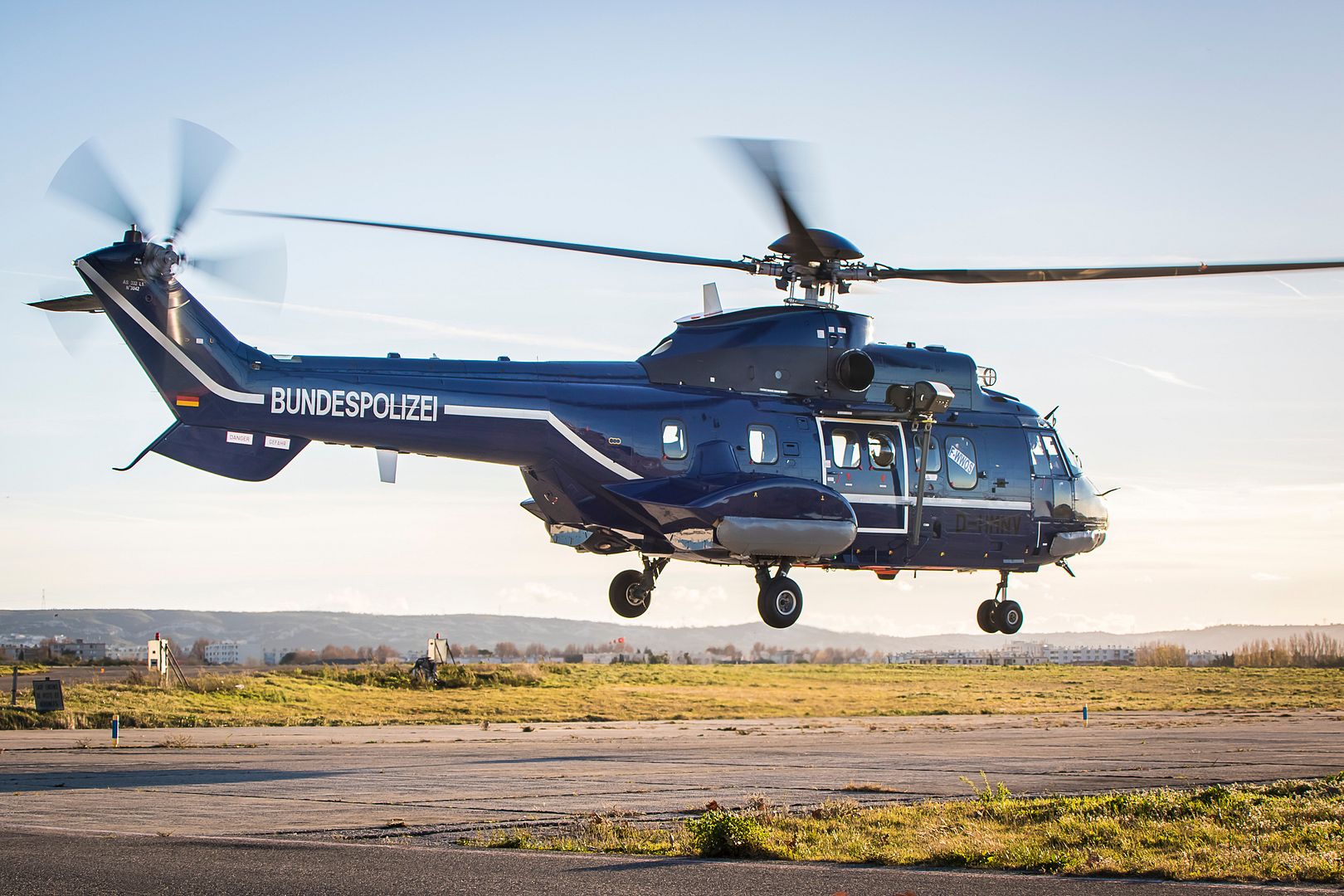
The German Federal Police flies its aircraft 365 days a year while performing a wide range of missions such as border protection, railway network control, maritime protection and disaster response, VIP transport and emergency medical services, among others.
The H215 is a versatile and robust twin-engine helicopter that combines advanced avionics and a reliable platform for rugged multi-mission capabilities. Standard features include proven Makila 1A1 engines, the latest generation flight management system, and the most modern technologies. This includes a glass cockpit avionics system and the renowned 4-axis autopilot from Airbus Helicopters? H225 ? which provides flight envelope protection, unrivalled precision and automatic hover stability in the harshest operating conditions.
Airbus Helicopters is the global market leader for police helicopters, with nearly 300 law enforcement customers based in 60 countries.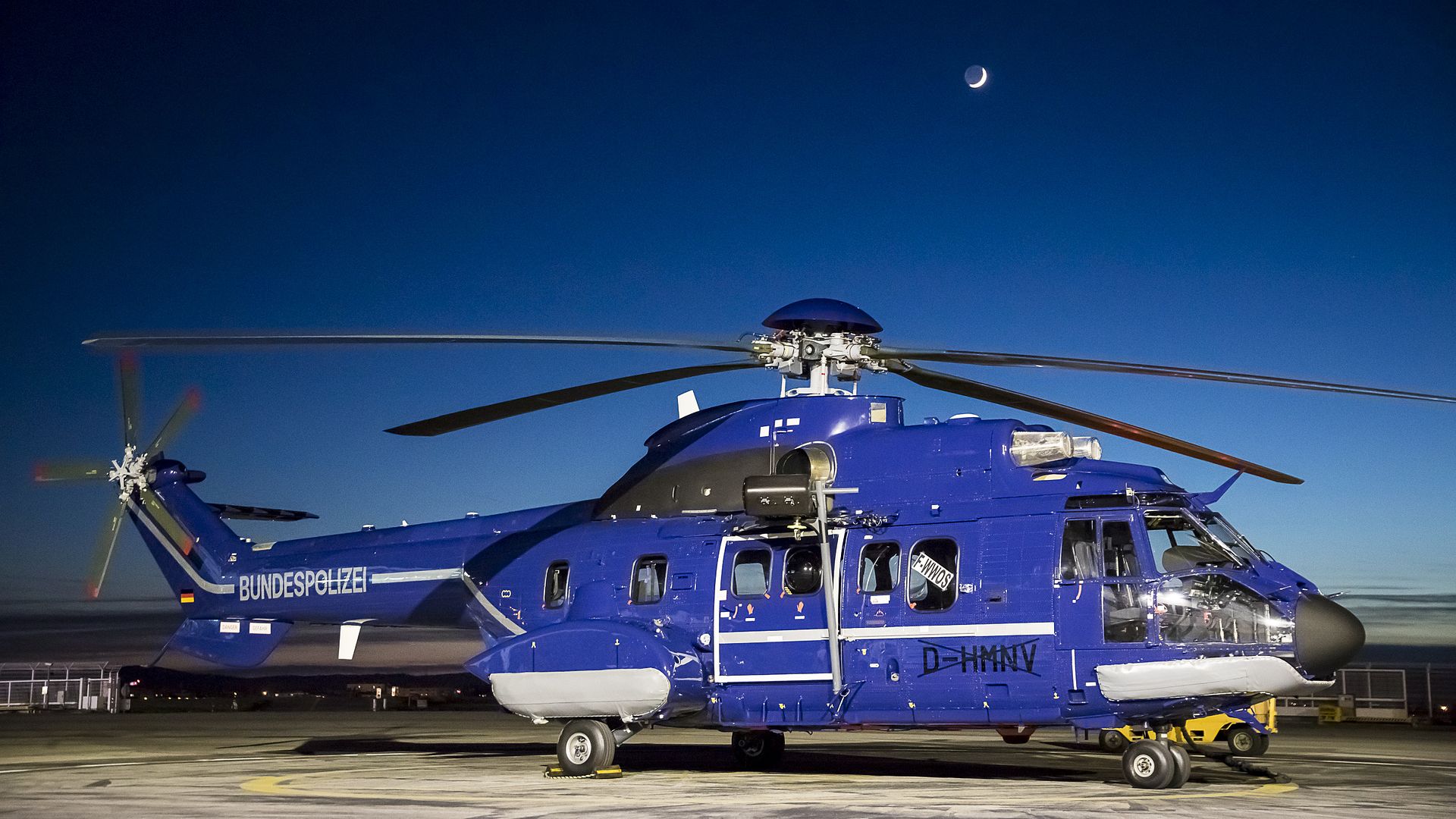
-
 Main AdminA U.S. Air Force F-22 Raptor assigned to the 95th Fighter Squadron from Tyndall Air Force Base, Florida, taxis on the runway at Joint Base Elmendorf-Richardson, Alaska, Dec. 17, 2018. Following the damage from Hurricane Michael on Oct. 10, several Tyndall F-22s have been reassigned to JBER. (U.S. Air Force photo by Airman 1st Class Caitlin Russell)
Main AdminA U.S. Air Force F-22 Raptor assigned to the 95th Fighter Squadron from Tyndall Air Force Base, Florida, taxis on the runway at Joint Base Elmendorf-Richardson, Alaska, Dec. 17, 2018. Following the damage from Hurricane Michael on Oct. 10, several Tyndall F-22s have been reassigned to JBER. (U.S. Air Force photo by Airman 1st Class Caitlin Russell)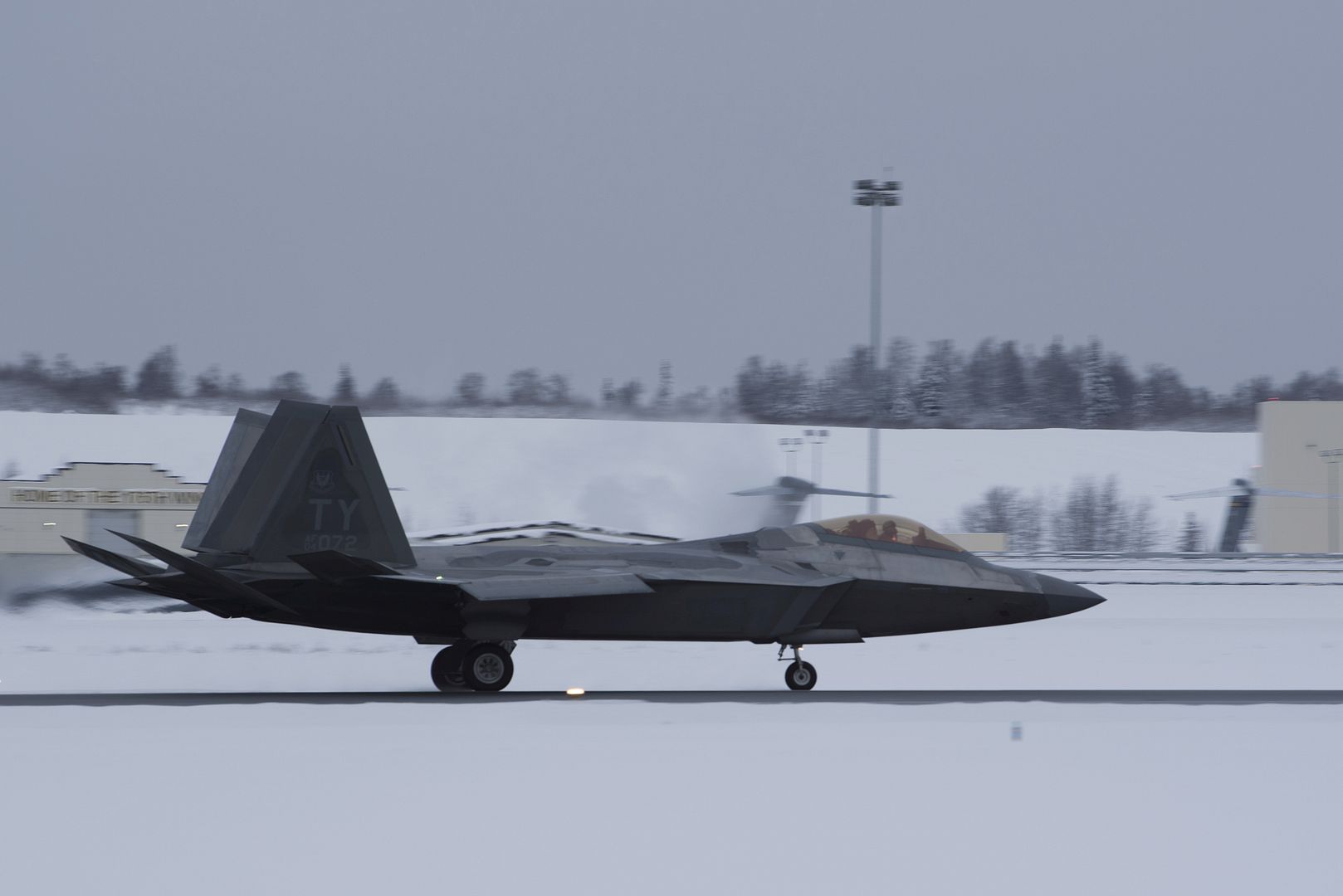
U.S. Air Force F-22 Raptors assigned to the 95th Fighter Squadron from Tyndall Air Force Base, Florida, sit on the flightline after landing at Joint Base Elmendorf-Richardson, Alaska, Dec. 17, 2018. Following the damage from Hurricane Michael on Oct. 10, several Tyndall F-22s have been reassigned to JBER. (U.S. Air Force photo by Airman 1st Class Caitlin Russell)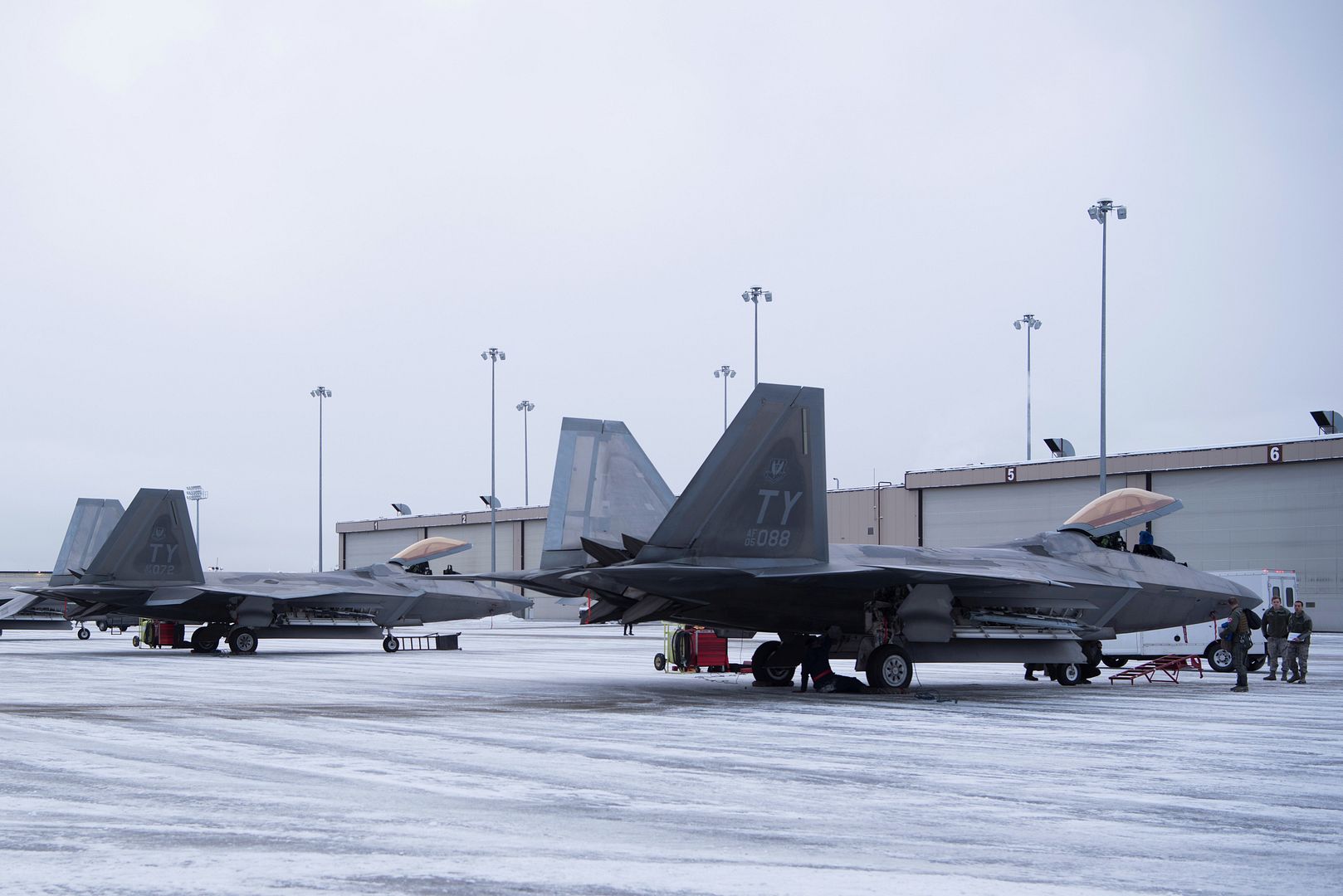
ARABIAN SEA (Dec. 16, 2018) A Sailor assigned to Carrier Airborne Early Warning Squadron (VAW) 117 conducts a pre-flight inspection on an E-2C Hawkeye assigned to VAW 117, on the flight deck of the aircraft carrier USS John C. Stennis (CVN 74) in the Arabian Sea, Dec. 16, 2018. The John C. Stennis Carrier Strike Group is deployed to the U.S. 5th Fleet area of operations in support of naval operations to ensure maritime stability and security in the Central Region, connecting the Mediterranean and the Pacific through the western Indian Ocean and three strategic choke points. (U.S. Navy photo by Mass Communication Specialist Seaman Jeffery L. Southerland/Released)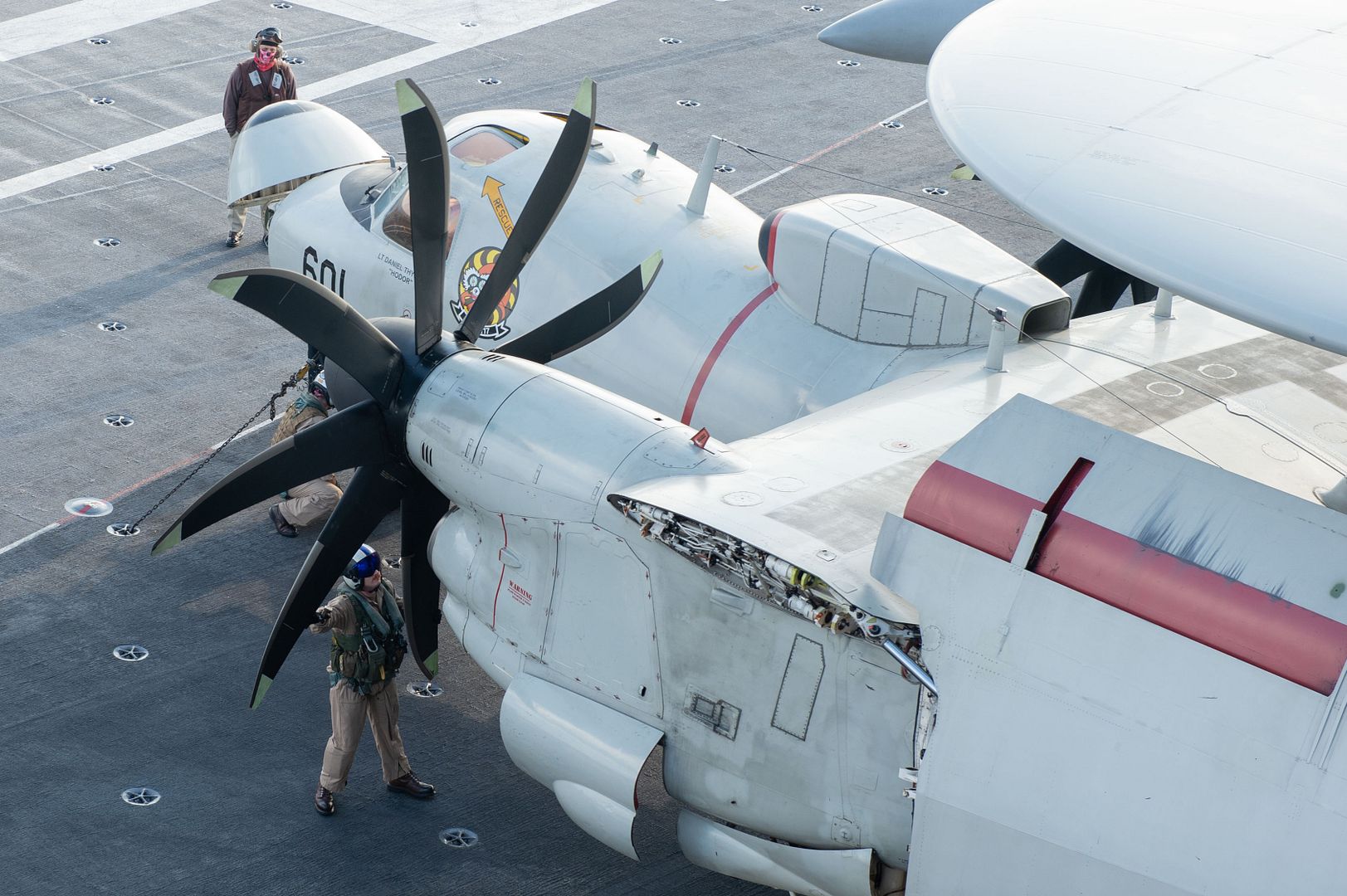
OKLAHOMA CITY, Dec. 18, 2018 ? Boeing [NYSE: BA] delivered the final Airborne Warning and Control System (AWACS) aircraft modernized with avionics and a digital cockpit to the North Atlantic Treaty Organization (NATO) in Manching, Germany. This delivery is the final of 14 and ensures NATO AWACS compliance with current and future air traffic control and navigation requirements.
Upgrades include five full-color digital displays in each aircraft, replacing 1970?s-era dials and provides crewmembers with customizable engine, navigation and radar data. These digital capabilities also allow NATO to consolidate crew responsibilities.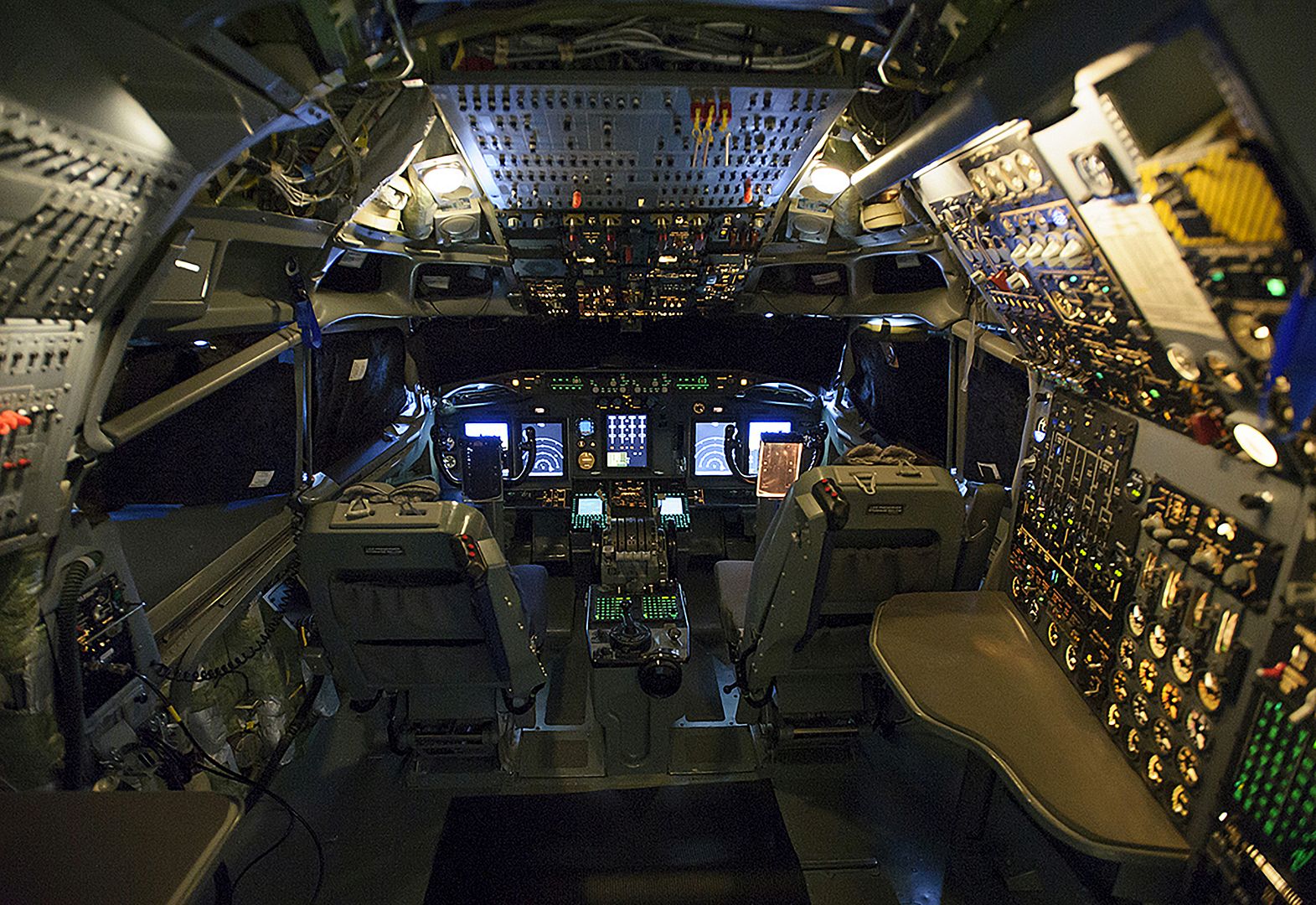
?The Communication Navigation Surveillance/Air Traffic Management (CNS/ATM) modernization project enables the NATO E-3A fleet to meet current and foreseen European air traffic management requirements,? said Brig. Gen. Mike Hain, general manager, NATO Airborne Early Warning and Control Programme Management Agency.
The first modernized NATO AWACS plane was modified at Boeing facilities in Seattle and delivered to NATO in November 2016. The remaining 13 aircraft underwent modernization work in Manching, Germany.
"We are delighted to deliver this final upgraded AWACS to NATO and honored by their continued partnership," said Scott Johnson, Boeing?s CNS/ATM manager. "The modernized AWACS equipment provides real cost savings and efficiency so NATO can execute their vital mission for years to come.?
NATO?s AWACS fleet is the alliance?s first integrated, multinational flying unit, providing rapid deployment, airborne surveillance and command and control for NATO operations.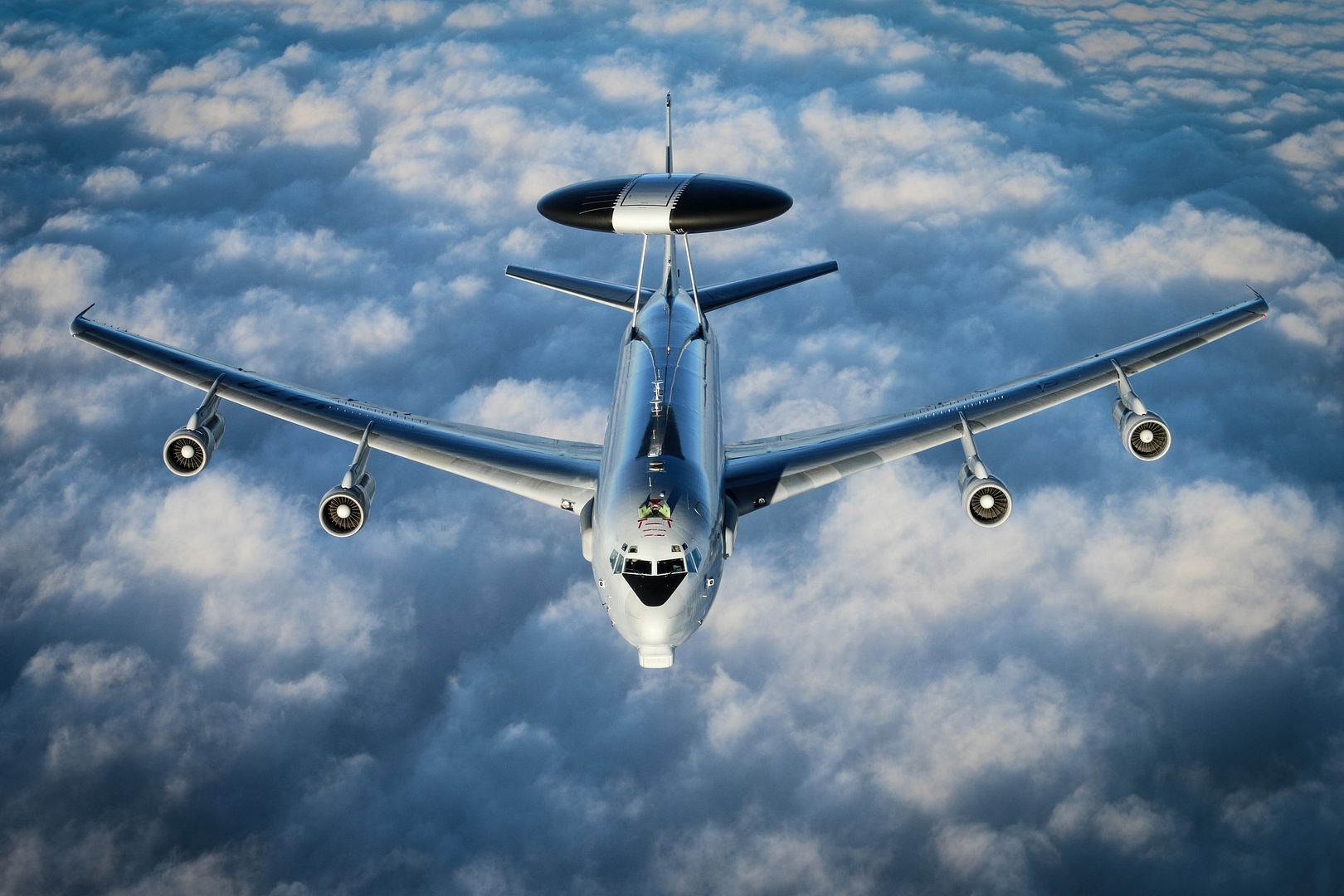
Marignane, 18 December 2018 - The first serial H160 to roll off the brand new assembly line in Marignane performed a flight demonstration on the 17 December in front of the H160 team in an end-of-the-year celebration of the programme?s achievements in 2018. The helicopter, which will be delivered to launch customer Babcock in 2020, had already performed its first flight on the 14 December.
The aircraft?s unique livery is a testimony to the several hundred people working towards the platform?s certification at the end of next year, the programme?s industrial maturity, and its seamless entry into service as they have all signed the helicopter.
The first serial aircraft will join the three prototypes, which have already accumulated over a 1000 flight hours, in the final steps of the flight test campaign, namely confirming that the modifications that have been introduced through the serial configuration have no impact on the helicopter?s excellent handling qualities.
S?o Jos? dos Campos, Brazil, December 18, 2018 ? Embraer celebrates the delivery of its 1,500th E-Jet, an E175, to Seattle-based Horizon Air, a wholly owned subsidiary of Alaska Air Group, Inc. Horizon Air?s E175 is configured with 12 seats in first class, 12 in premium class and 52 in the main cabin. By the end of the year, Horizon will have a fleet of 26 E175 with four more jets scheduled for delivery in 2019.
?Delivering our 1,500th E-Jet is no small feat. Over the years we have continuously worked to outperform in order to offer our customers the best solution for their business models, and the E-Jet family?s success in the market is proof of that effort and thought process within the Company,? said John Slattery, President & CEO, Embraer Commercial Aviation. ?Celebrating this special milestone with such an esteemed airline operator is an incredible honor, and partnerships like these inspire us to continuously propel our vision of building the best, most efficient aircraft to greater heights.?
?We?re thrilled to have more than doubled the number of E175s in our fleet over the past year,? said Gary Beck, Horizon Air president. ?Since introducing them in 2017, the Embraer jets have been a huge hit with our guests flying to and from our West Coast hubs and focus cities. With all the comforts of a larger mainline jet, guests can stay connected with inflight Wi-Fi and enjoy no middle seat whenever they fly.?
Embraer?s E-Jet family has made its mark in the aviation landscape as Embraer is the only manufacturer to develop a modern family of four aircraft specifically targeted for the 70 to 130-seat segment. Embraer has sold more than 435 E175s to airlines in North America since January 2013, earning more than 80% of all orders in the 76-seat jet segment.
With an average mission completion rate of 99.9% and more than 18 million flight cycles, the E-Jet fleet has surpassed the 25 million flight hour milestone. In addition to their proven reliability, E-Jets have a strategically-located global network of customer support and services, four of which owned by Embraer and 13 are authorized.
In 2013, Embraer launched the second generation of E-Jets, the E-Jets E2, comprised of three aircraft ? E175-E2, E190-E2, E195-E2. In April 2018, Embraer delivered its first E190-E2 to Norway?s Wider?e, Scandinavia?s largest regional airline. The E195-E2 is slated to enter service in 2019 with Azul Linhas A?reas Brasileiras S.A. and the E175-E2 in 2020.
Embraer is the world?s leading manufacturer of commercial jets up to 150 seats. The Company has 100 customers from all over the world operating the ERJ and E-Jet families of aircraft. Embraer has received almost 1,800 orders for the E-Jet family and delivered 1,500 of those orders. Because of their versatility, the E-Jets redefined the traditional concept of regional aircraft as they also serve mainline and low cost carriers.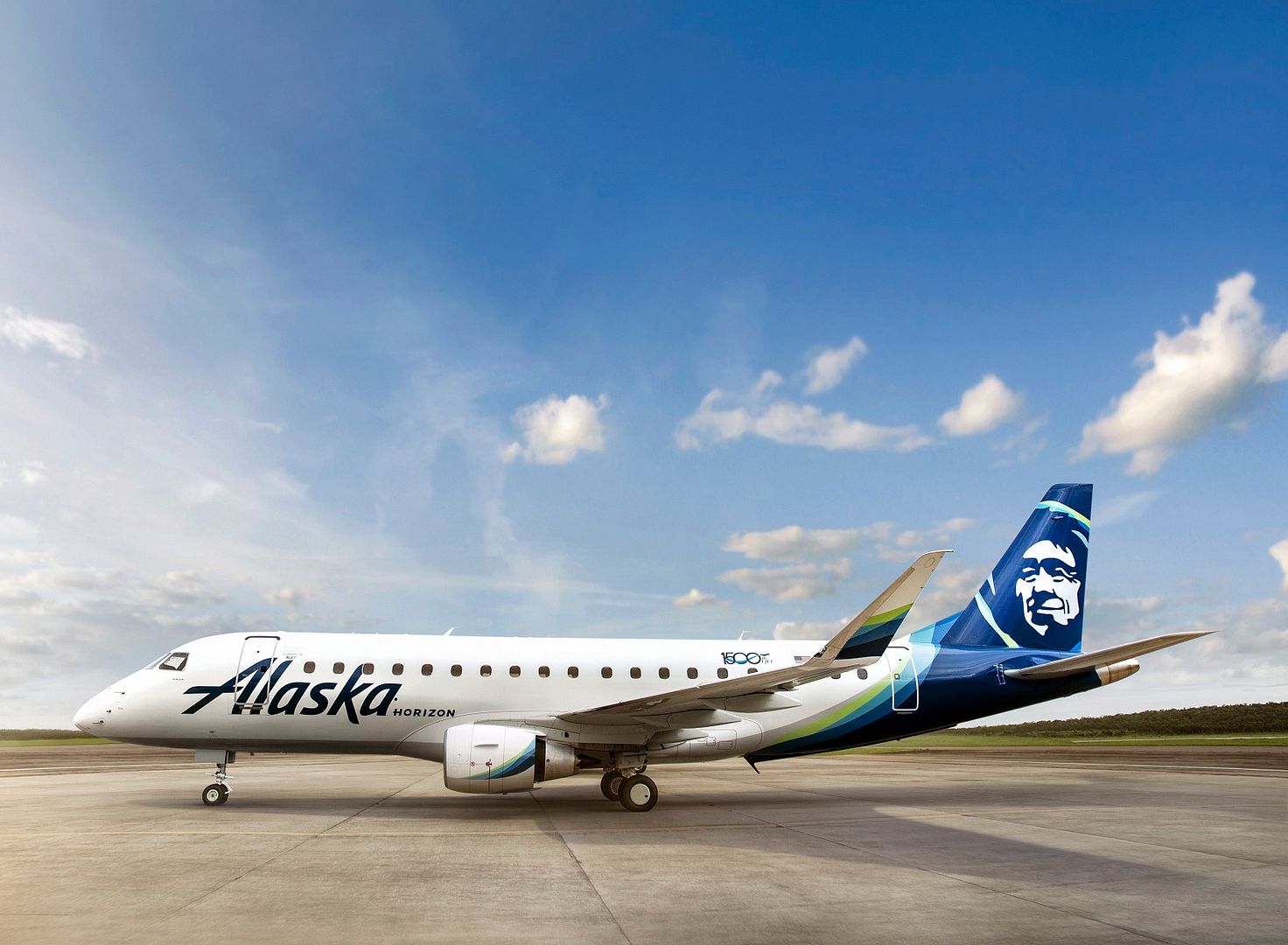
December 18, 2018 Montr?al Business Aircraft, Press Release
Bombardier has proudly delivered a third Challenger 650 aircraft to Swiss Air-Rescue Rega, completing a next-generation fleet of air ambulances tasked with rescuing and repatriating Swiss citizens around the world.
Rega, a long-standing Bombardier customer, took possession of two other Challenger 650 aircraft earlier in 2018. This trio of aircraft replaces Rega?s Challenger 604 fleet, and demonstrates the non-profit foundation?s commitment to the renowned Bombardier Challenger platform.
?It is with the utmost confidence and pride that we deliver a third Challenger 650 aircraft to our partners at Rega,? said David Coleal, President, Bombardier Business Aircraft. ?Confidence because we know these aircraft have the reliability that is so important when lives are on the line, and pride to see the Challenger platform configured into the world?s most advanced air ambulance.?
Bombardier has a varied portfolio of business jets that can be readily modified for special missions. In this case the three Challenger 650 aircraft, with their widest-in-class cabins, were specially outfitted with two state-of-the-art intensive care units including two patient beds. Bombardier?s signature smooth ride provides a comfortable environment during any special mission.
Swiss Air-Rescue Rega is a non-profit foundation and one of the world's pioneers in aeromedical evacuation. In addition to repatriating patients from abroad with three ambulance jets, Rega carries out air-rescue operations in Switzerland with a fleet of 17 helicopters. Rega acquired its first Challenger aircraft from Bombardier in 1982 and has operated Challenger aircraft ever since.
The Challenger 650 aircraft combines the tried-and-true performance upon which Rega has depended for decades with the enhancements and technology to be the life-saving fleet of a new generation. A member of the world?s best-selling large business aircraft platform, the Challenger 650 aircraft is one of the world?s most reliable business jets, with an impressive range of 4,000 nautical miles and a cabin that is quieter than ever.
The Bombardier Vision flight deck aboard the Challenger 650 aircraft reduces pilot workload, and can be equipped with an advanced Head-up Display featuring Enhanced and Synthetic Vision. This leading-edge technology significantly improves situational awareness and operational capability, particularly in remote airfields with limited visibility.
Bombardier delivered all three Challenger 650 aircraft to Rega from Ontario, Canada. The delivery of the third aircraft took place on Dec. 17.
Two French Air Force Rafale fighters fly off the coast of French Guiana during their deployment to protect today?s launch of CSO, France?s new optical spy satellite.
(FrAF photo's)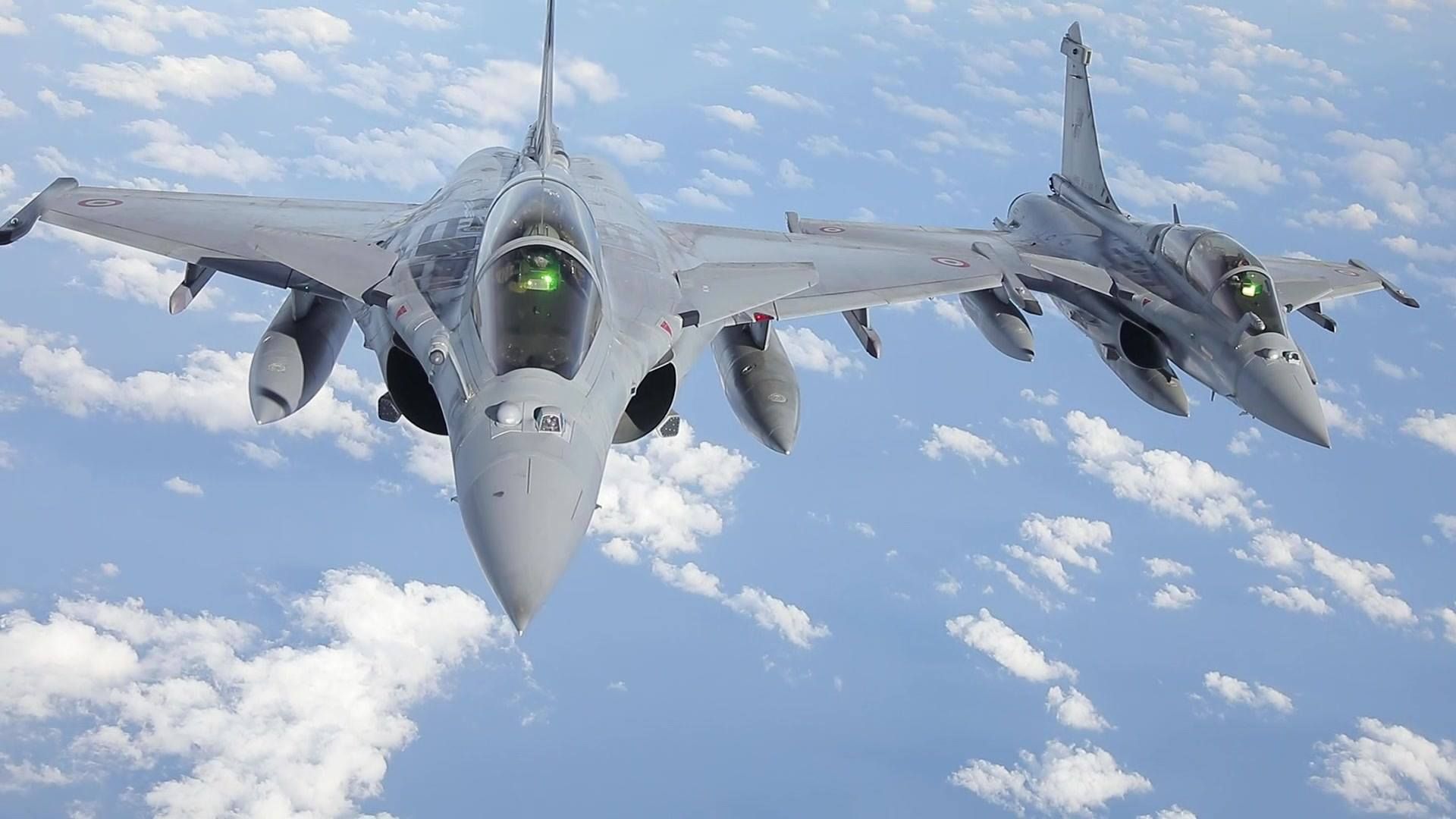
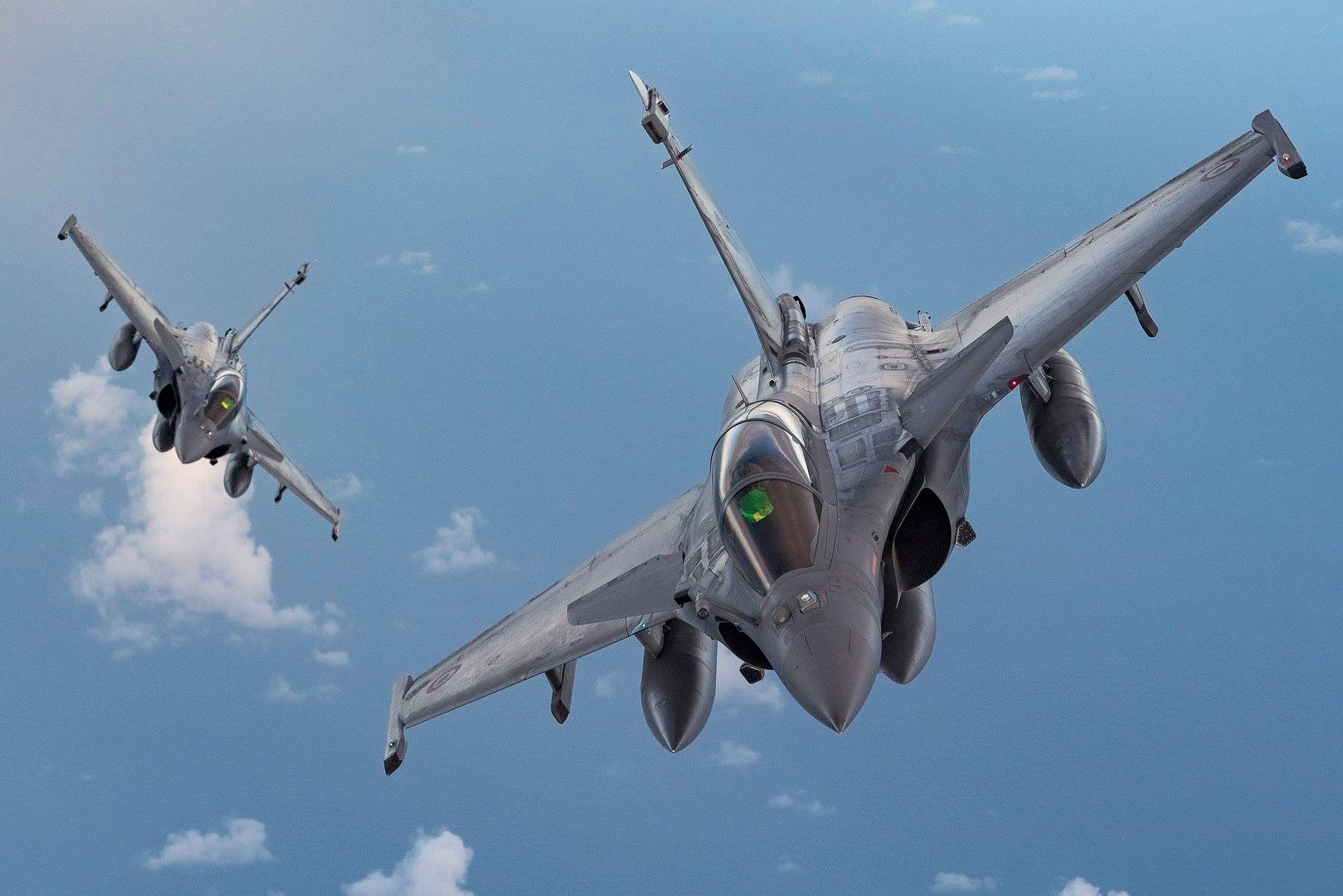
-
 Main AdminA U.S. Navy F/A-18E Super Hornet from China Lake, California, takes off from Joint Base Pearl Harbor-Hickam, Hawaii, during Sentry Aloha 19-1, Dec. 18, 2018. Sentry Aloha provides U.S. warfighters with the skill sets necessary to perform homeland defense and overseas combat missions. (U.S. Air Force photo by Tech. Sgt. Heather Redman)
Main AdminA U.S. Navy F/A-18E Super Hornet from China Lake, California, takes off from Joint Base Pearl Harbor-Hickam, Hawaii, during Sentry Aloha 19-1, Dec. 18, 2018. Sentry Aloha provides U.S. warfighters with the skill sets necessary to perform homeland defense and overseas combat missions. (U.S. Air Force photo by Tech. Sgt. Heather Redman)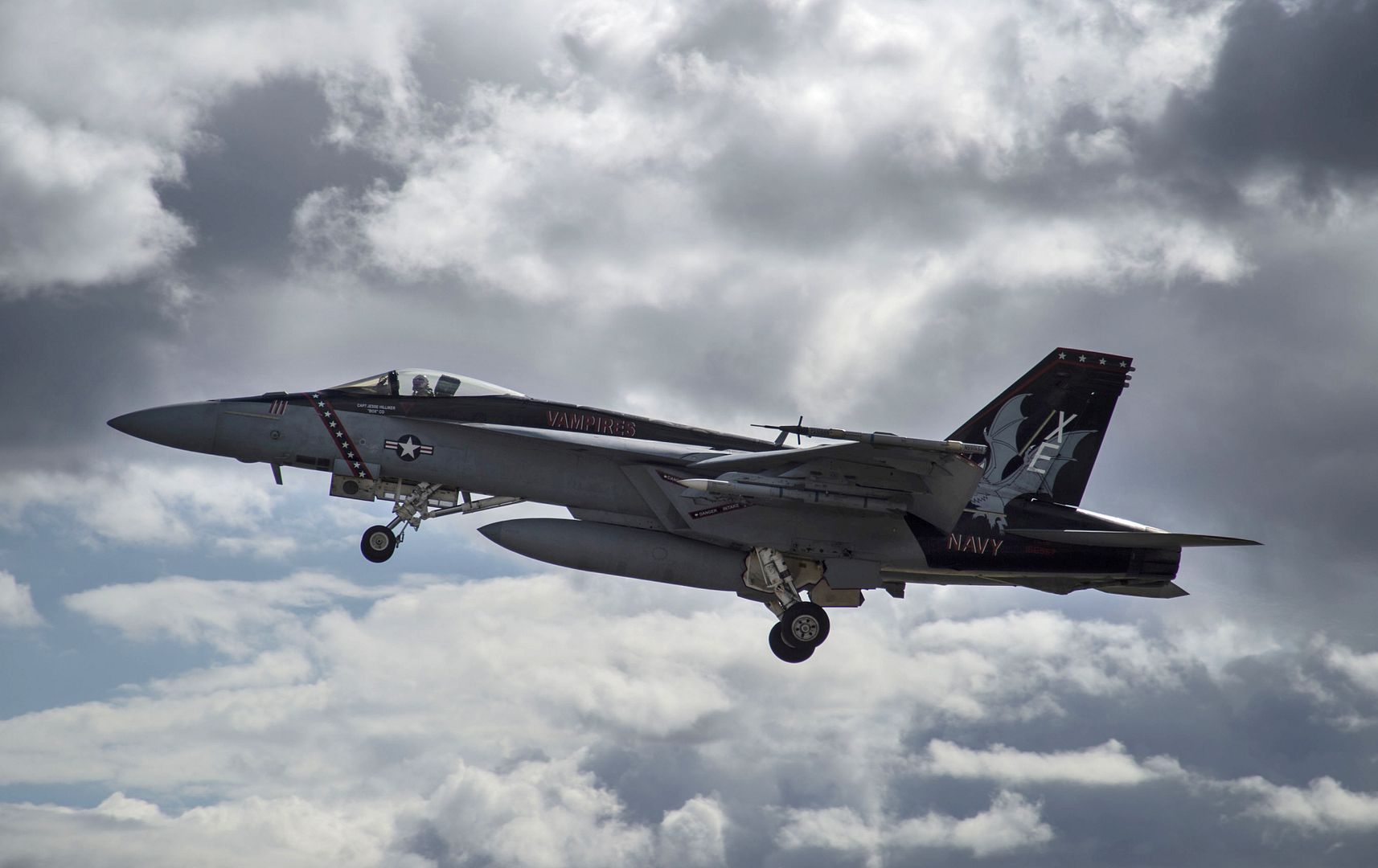
A U.S. Air Force F-22 Raptor from the Hawaii Air National Guard?s 154th Wing takes off from Joint Base Pearl Harbor-Hickam, Hawaii, during Sentry Aloha 19-1, Dec. 18, 2018. Sentry Aloha provides U.S. warfighters with the skill sets necessary to perform homeland defense and overseas combat missions. (U.S. Air Force photo by Tech. Sgt. Heather Redman)
A U.S. Air Force F-15 Eagle from the Oregon Air National Guard?s 142nd Fighter Wing takes off from Joint Base Pearl Harbor-Hickam, Hawaii, during Sentry Aloha 19-1, Dec. 18, 2018. Sentry Aloha is an ongoing series of exercises hosted by the Hawaii Air National Guard?s 154th Wing enabling tailored, cost effective and realistic combat training for the Air National Guard, U.S. Air Force, and other Department of Defense services. (U.S. Air Force photo by Tech. Sgt. Heather Redman)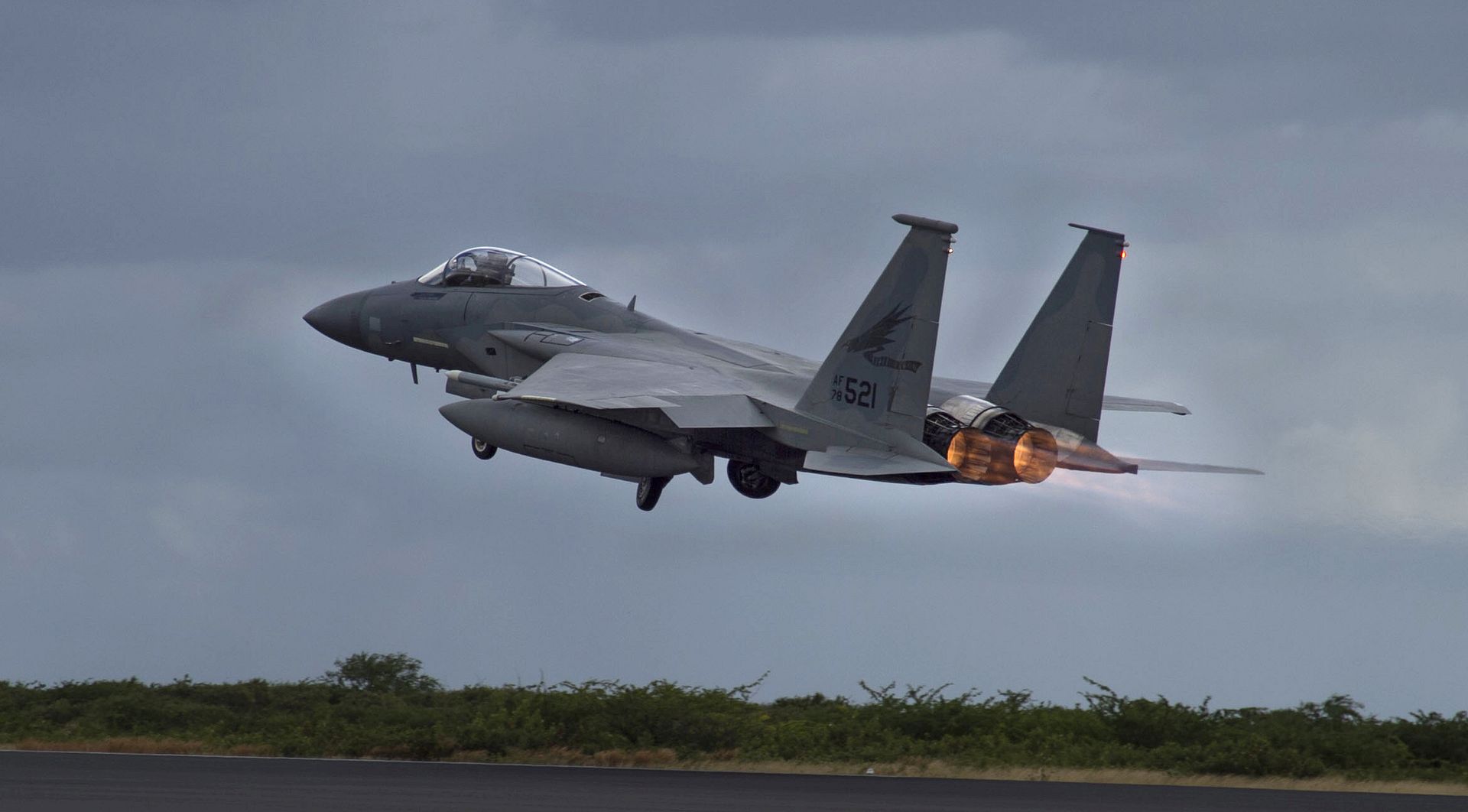
A C-2A Greyhound, assigned to Fleet Logistics Combat Support Squadron (VRC) 30, detachment 4, launches off the flight deck aboard the aircraft carrier USS John C. Stennis (CVN 74) in the Arabian Sea, Dec. 18, 2018. The John C. Stennis Carrier Strike Group is deployed to the U.S. 5th Fleet area of operations in support of naval operations to ensure maritime stability and security in the Central Region, connecting the Mediterranean and the Pacific through the western Indian Ocean and three strategic choke points. (U.S. Navy photo by Mass Communication Specialist Seaman Jeffery L. Southerland)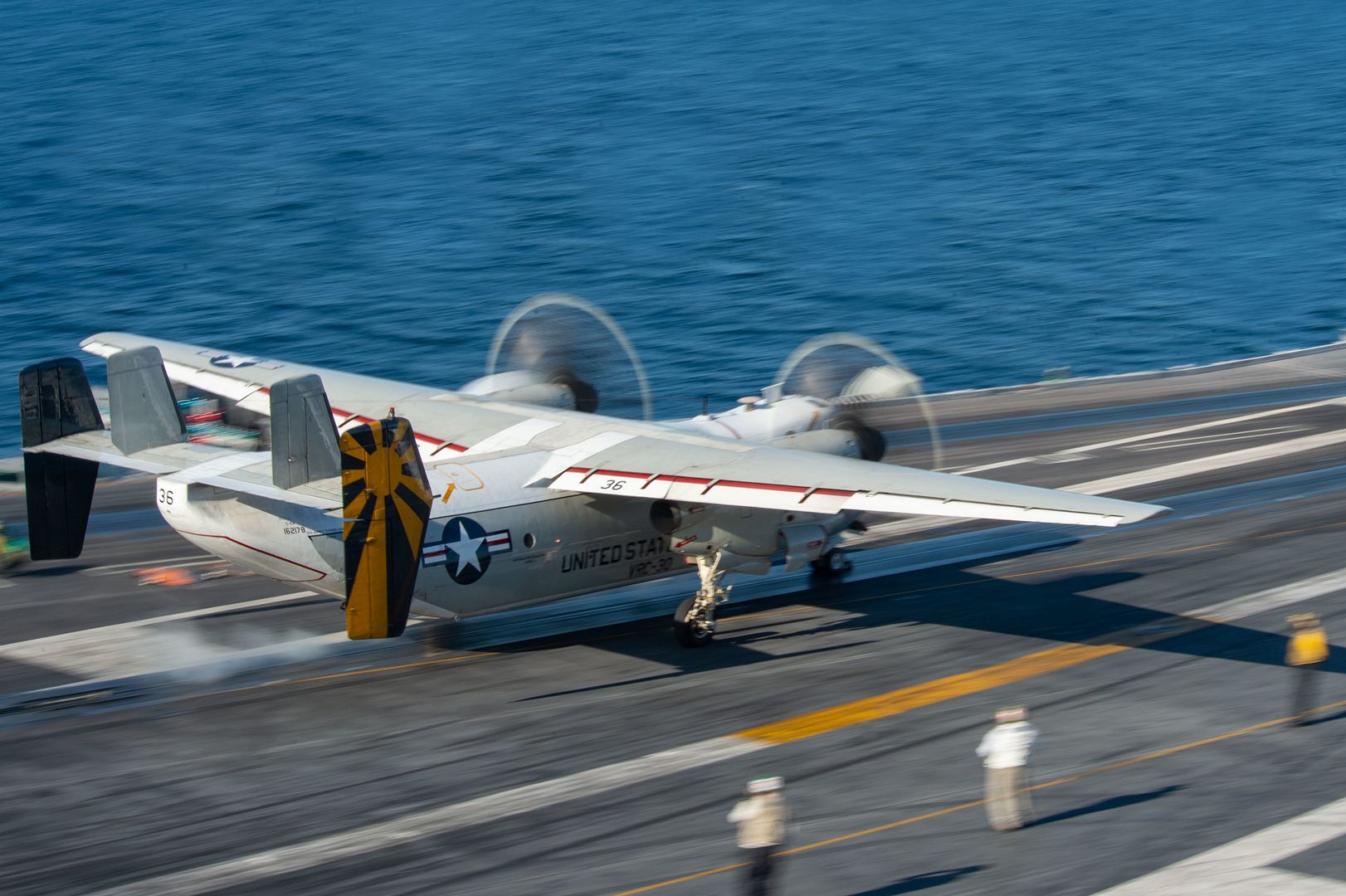
A KC-10 Extender aerial refueling tanker from Travis Air Force Base, California, flies alongside an F-35 Lightning II from the 461st Flight Test Squadron as part of the fourth Orange Flag test event this year, Dec. 13. (U.S. Air Force photo by Ethan Wagner)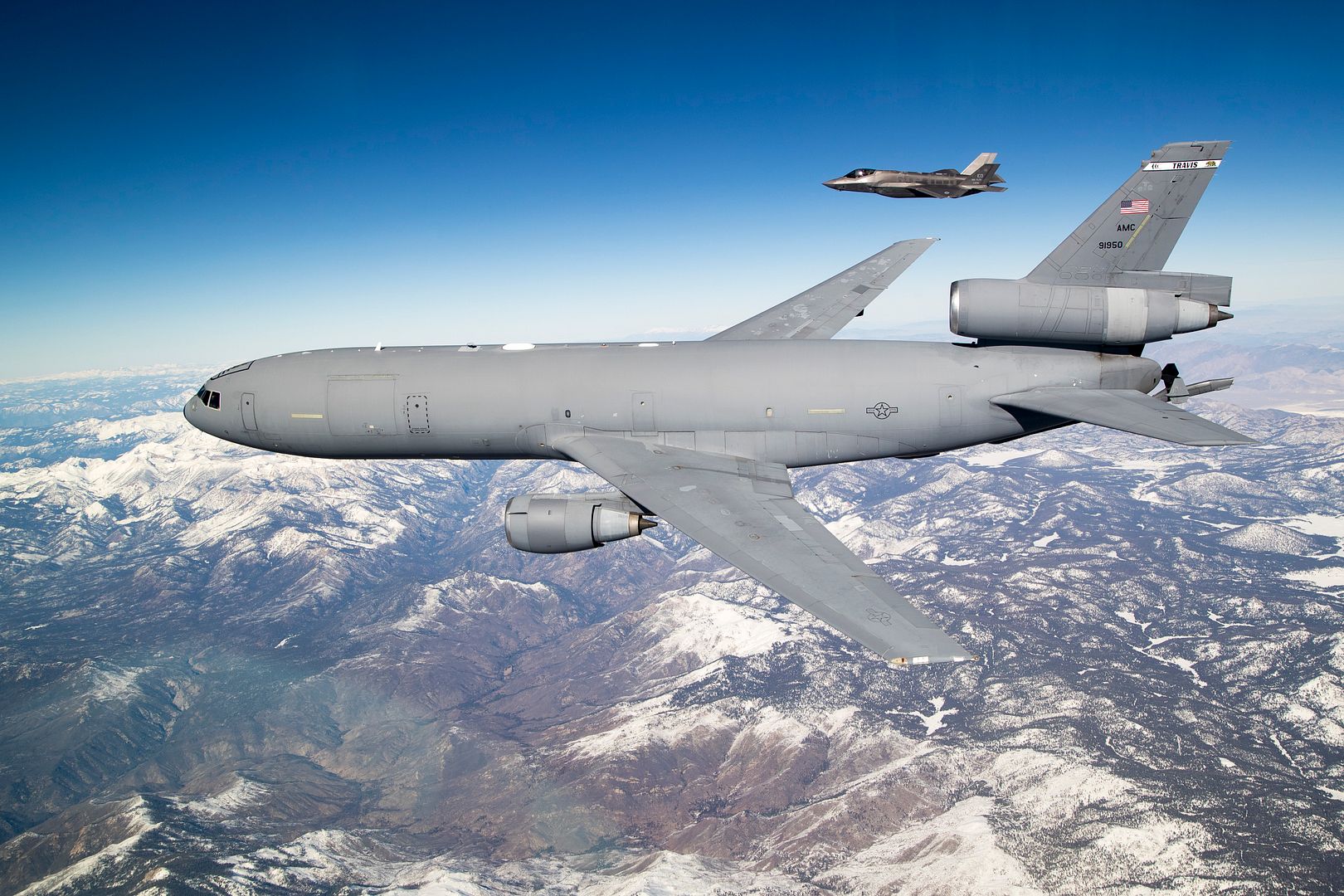
An F-35 and F-16 from Edwards Air Force Base are joined by an F-15E and F-22 from the 422nd Test and Evaluation Squadron out of Nellis Air Force Base, Nevada, along with a Navy F-18 from Air Test and Evaluation Squadron 31 out of Naval Air Weapons Station China Lake, California, Dec. 13. (U.S. Air Force photo's by Ethan Wagner)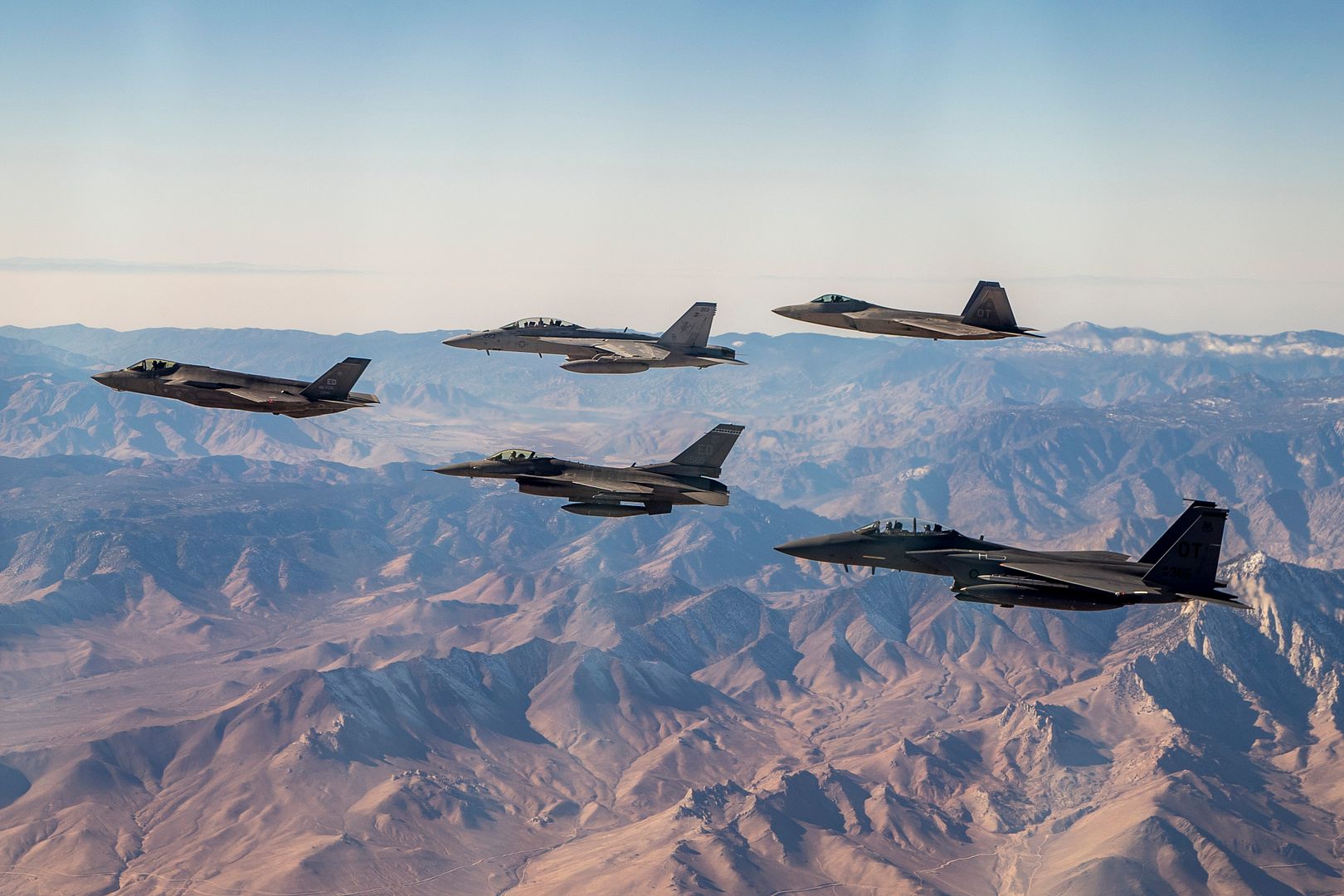
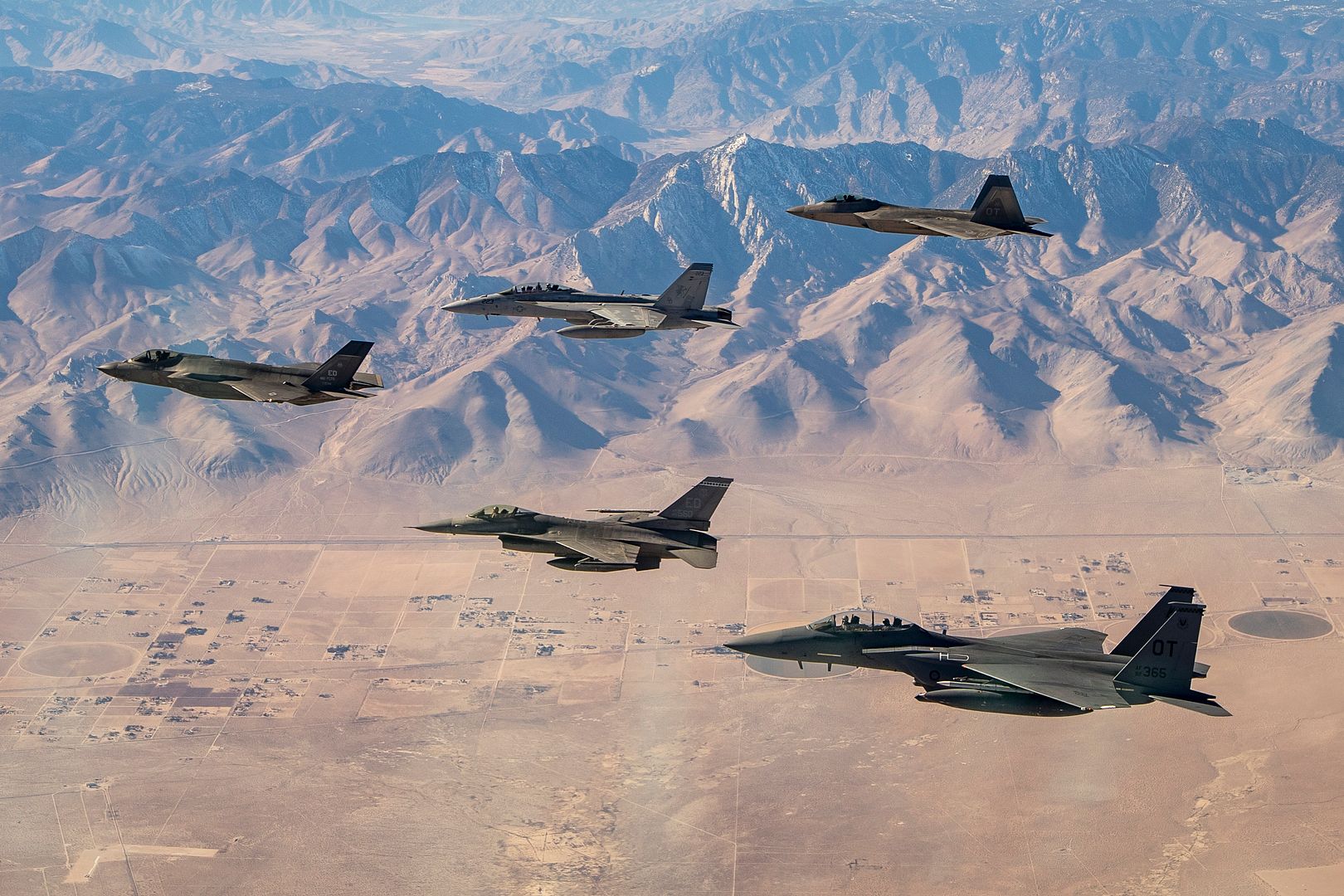
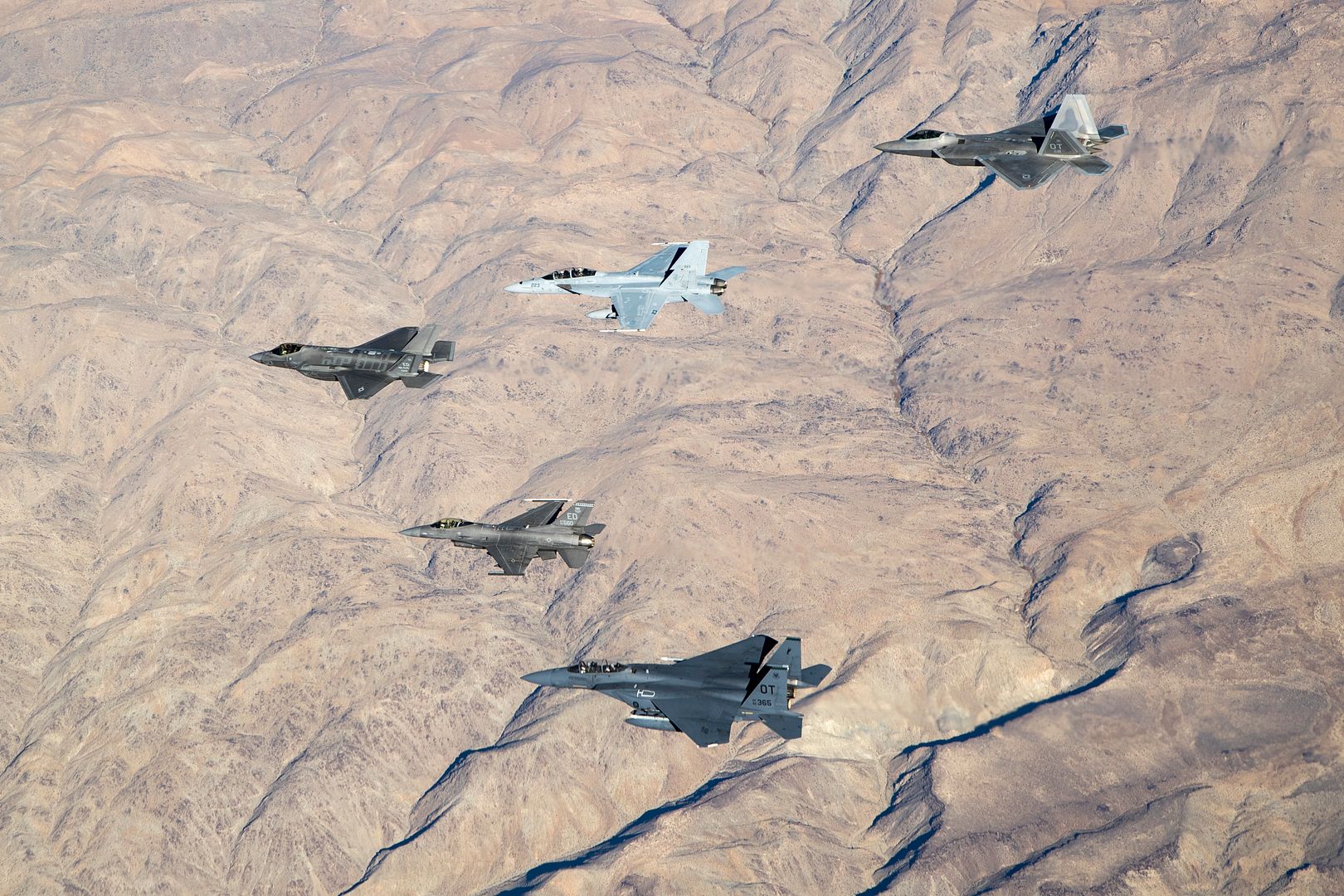
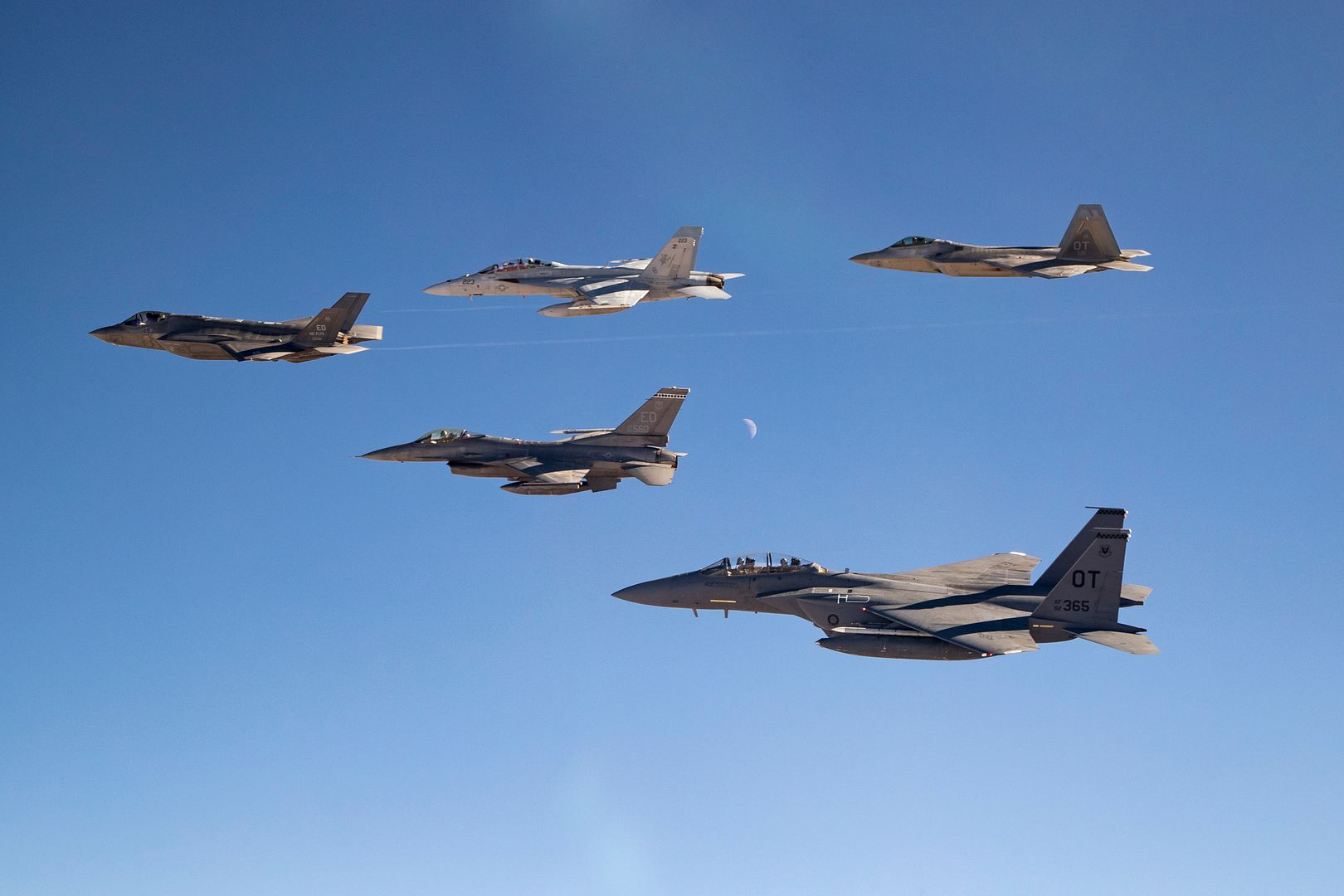
Airbus has delivered the 400th A320 Family aircraft from its Final Assembly Line Asia (FALA) in Tianjin, China. The A320neo was delivered to national flag carrier Air China, based in Beijing. Powered by Pratt & Whitney GTF latest generation engines, the aircraft features a comfortable two-class cabin layout with 158 seats: 8 business and 150 economy.
The milestone is a tribute to the excellent industrial cooperation and partnership between Airbus and the Chinese aviation industry.
The Airbus A320 Family Final Assembly Line Asia (FALA) is a joint venture between Airbus and a Chinese consortium comprising Tianjin Airport Economic Area Zone & Tianjin Port Free Trade Administrative Committee and China Aviation Industry Corporation (AVIC). Airbus and the Chinese consortium hold 51% and 49% of the shares of the joint venture respectively. Airbus has four A320 Family production facilities around the world: Toulouse, France; Hamburg, Germany; Tianjin, China; and Mobile, United States.
Featuring the widest single-aisle cabin in the sky, the efficient A320neo Family incorporates the very latest technologies including new generation engines and Sharklets, which together deliver at least 15% fuel savings at delivery and 20% by 2020. With more than 6,200 orders received from more than 100 customers, the A320neo Family has captured some 60% share of the market.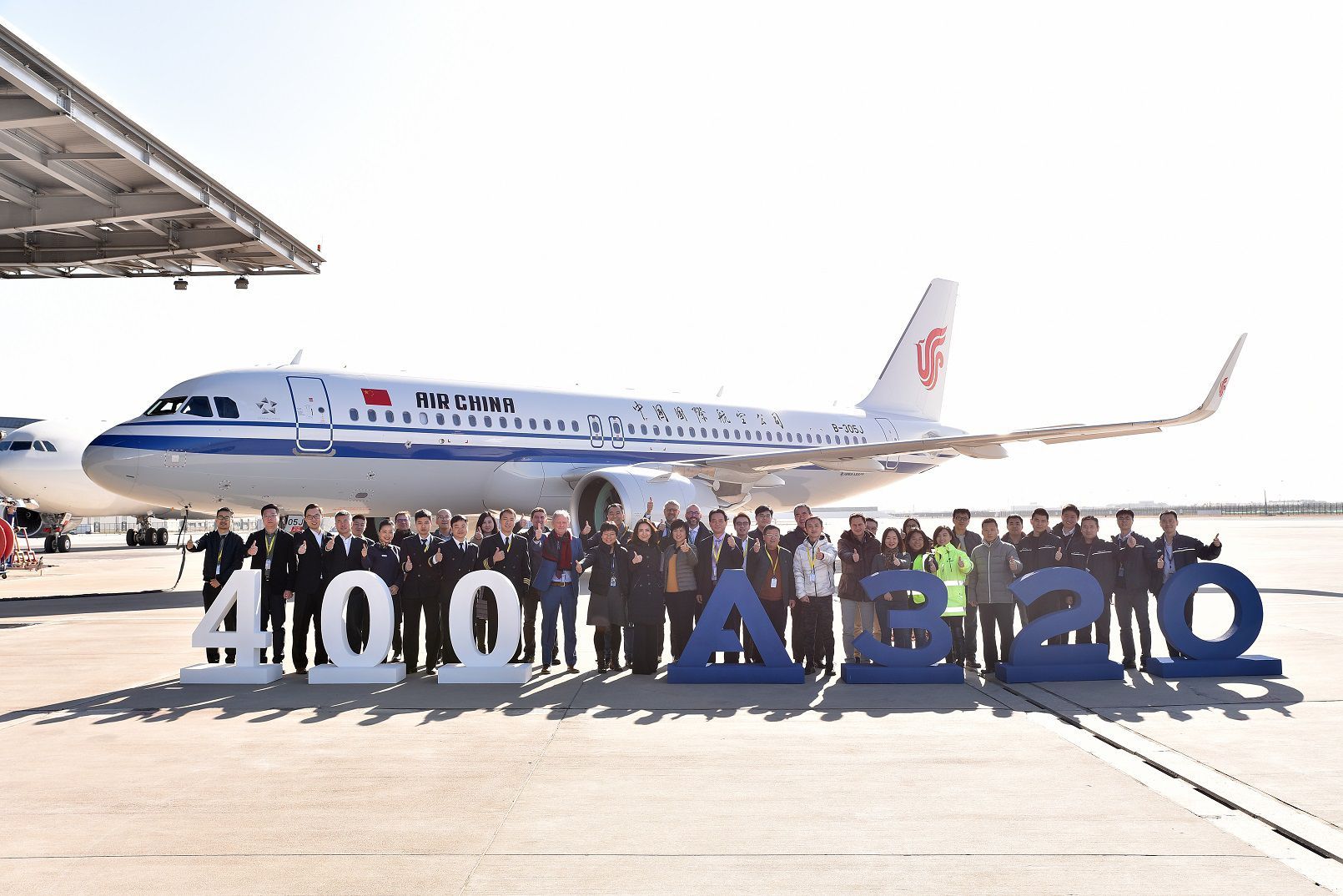
S?o Jos? dos Campos, Brazil, December 19th, 2018 ? Embraer and Azul Linhas A?reas Brasileiras S.A. have signed a contract for a firm order for a previously announced 21 E195-E2 jets. This agreement was revealed as a Letter of Intent (LoI) at the Farnborough Airshow, in July. This contract has a value of USD 1.4 billion, based on current list prices, and will be included in Embraer?s 2018 fourth-quarter backlog.
This contract is in addition to the 30 E195-E2 jets ordered by the airline in 2015, raising Azul's total order to 51 Embraer E2 aircraft. Azul is the launch operator of the E195-E2 and will receive the first aircraft in 2019.
Embraer is the world?s leading manufacturer of commercial jets with up to 150 seats. The Company has 100 customers from all over the world operating the ERJ and E-Jet families of aircraft. For the E-Jets program alone, Embraer has logged almost 1,800 orders and 1,500 deliveries, redefining the traditional concept of regional aircraft.
About Azul
Azul S.A. (B3: AZUL4, NYSE: AZUL), the largest airline in Brazil by number of cities served, offers 766 daily flights to 110 destinations. With an operating fleet of 120 aircraft and more than 10,000 crewmembers, the Company has a network of 218 non-stop routes as of September 30, 2018. This year, Azul was awarded best airline in Latin America by TripAdvisor Travelers? Choice and by Kayak?s Flight Hacker Guide, and also best regional carrier in South America for the eighth consecutive time by Skytrax. Azul also ranked as most on-time airline in Brazil and most on-time low-cost carrier in the Americas in 2017 according to OAG's Punctuality League, the industry's most comprehensive annual ranking of on-time performance. For more information visit www.voeazul.com.br/ir.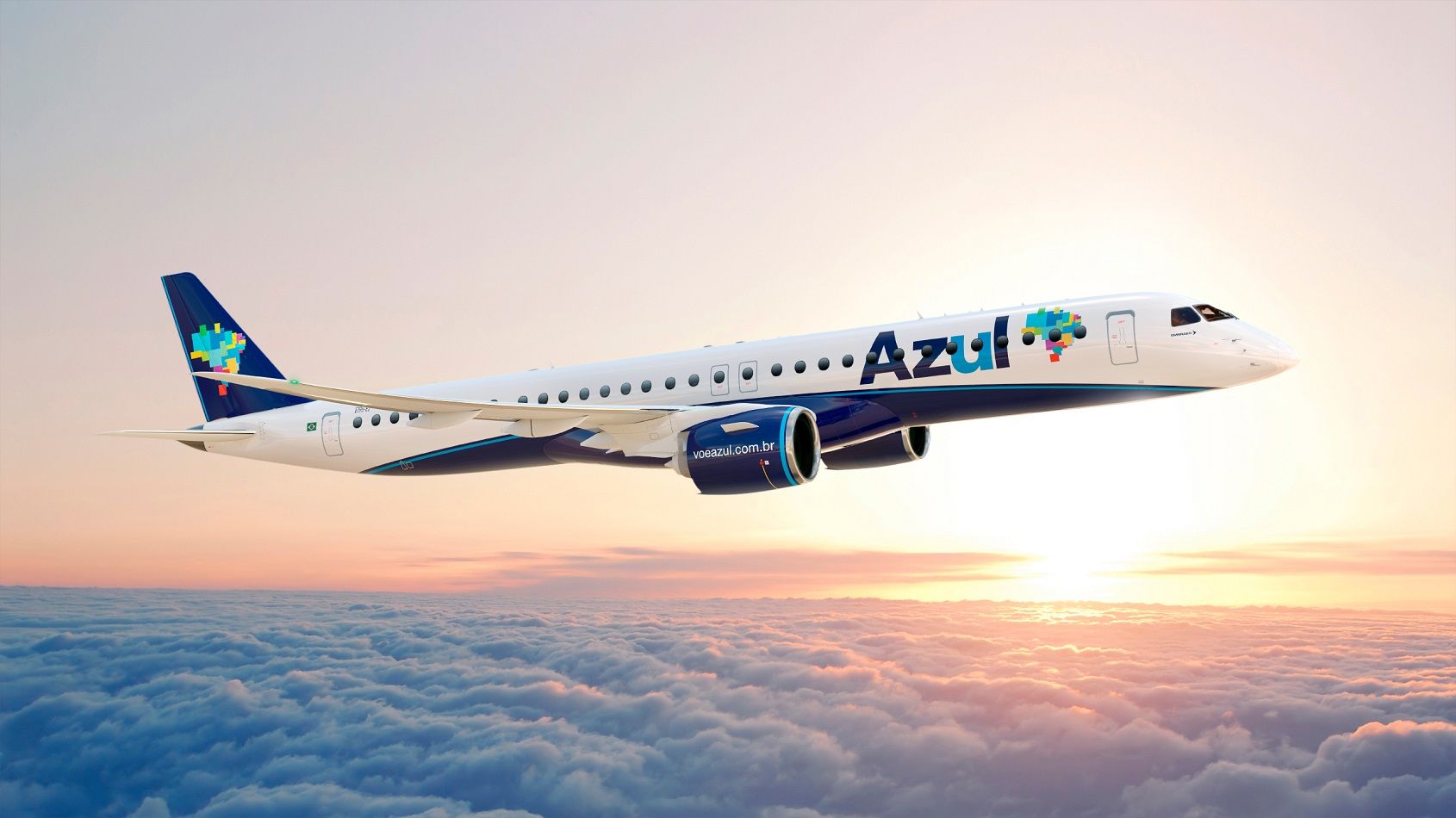
RAF Typhoons have taken part in this year's Qatar National Day fly past in the Nation's capital, Doha.
The aircraft, flown and maintained by 29 Squadron, based at Royal Air Force Coningsby, flew as guests of the Qatar Amiri Air Force alongside the Arm?e de l'air and United States Air Force aircraft in the multinational display.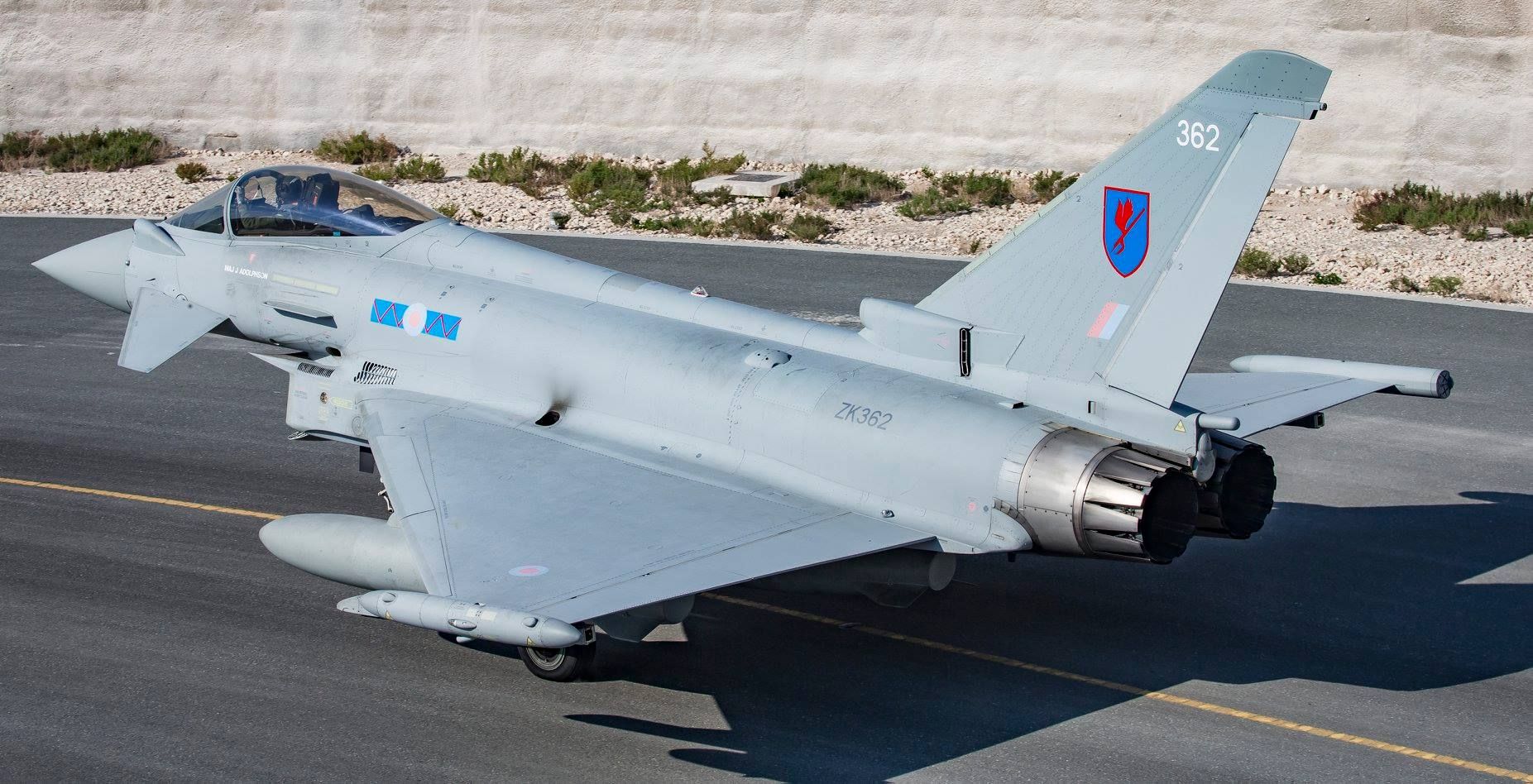
Post a reply
- Go to Previous topic
- Go to Next topic
- Go to Welcome
- Go to Introduce Yourself
- Go to General Discussion
- Go to Screenshots, Images and Videos
- Go to Off topic
- Go to Works in Progress
- Go to Skinning Tips / Tutorials
- Go to Skin Requests
- Go to IJAAF Library
- Go to Luftwaffe Library
- Go to RAF Library
- Go to USAAF / USN Library
- Go to Misc Library
- Go to The Ops Room
- Go to Made in Germany
- Go to Campaigns and Missions
- Go to Works in Progress
- Go to Juri's Air-Raid Shelter
- Go to Campaigns and Missions
- Go to Works in Progress
- Go to Skinpacks
- Go to External Projects Discussion
- Go to Books & Resources
